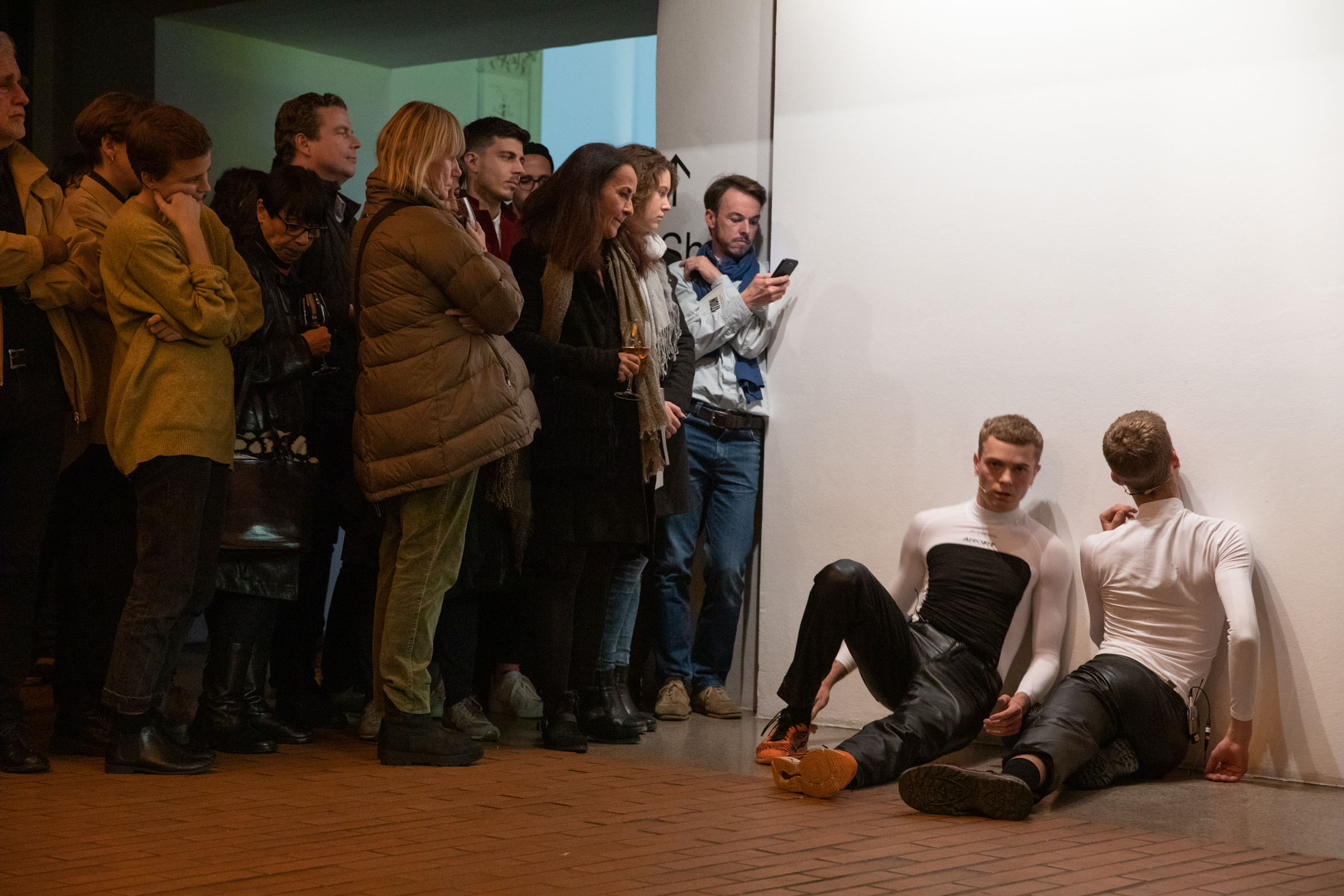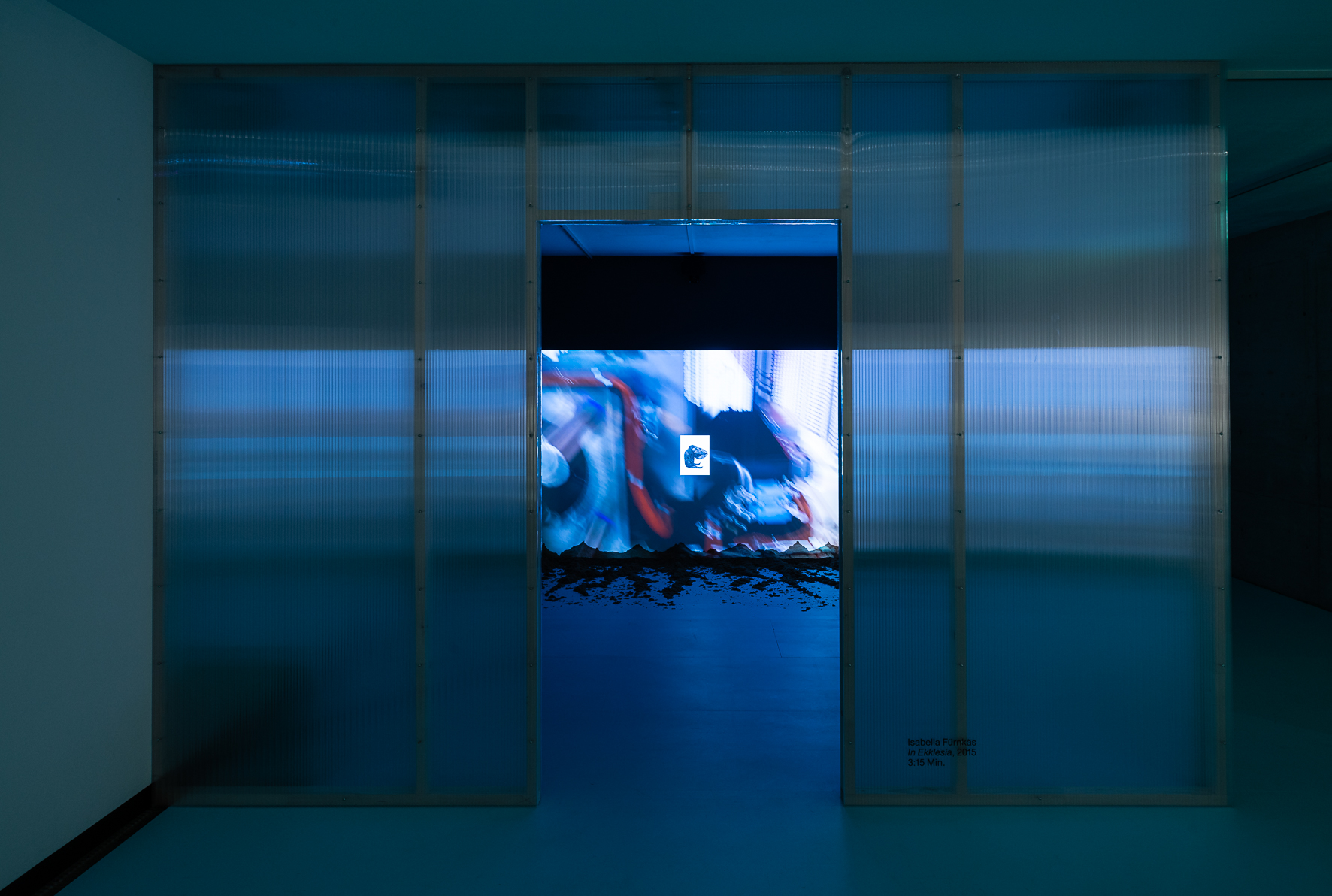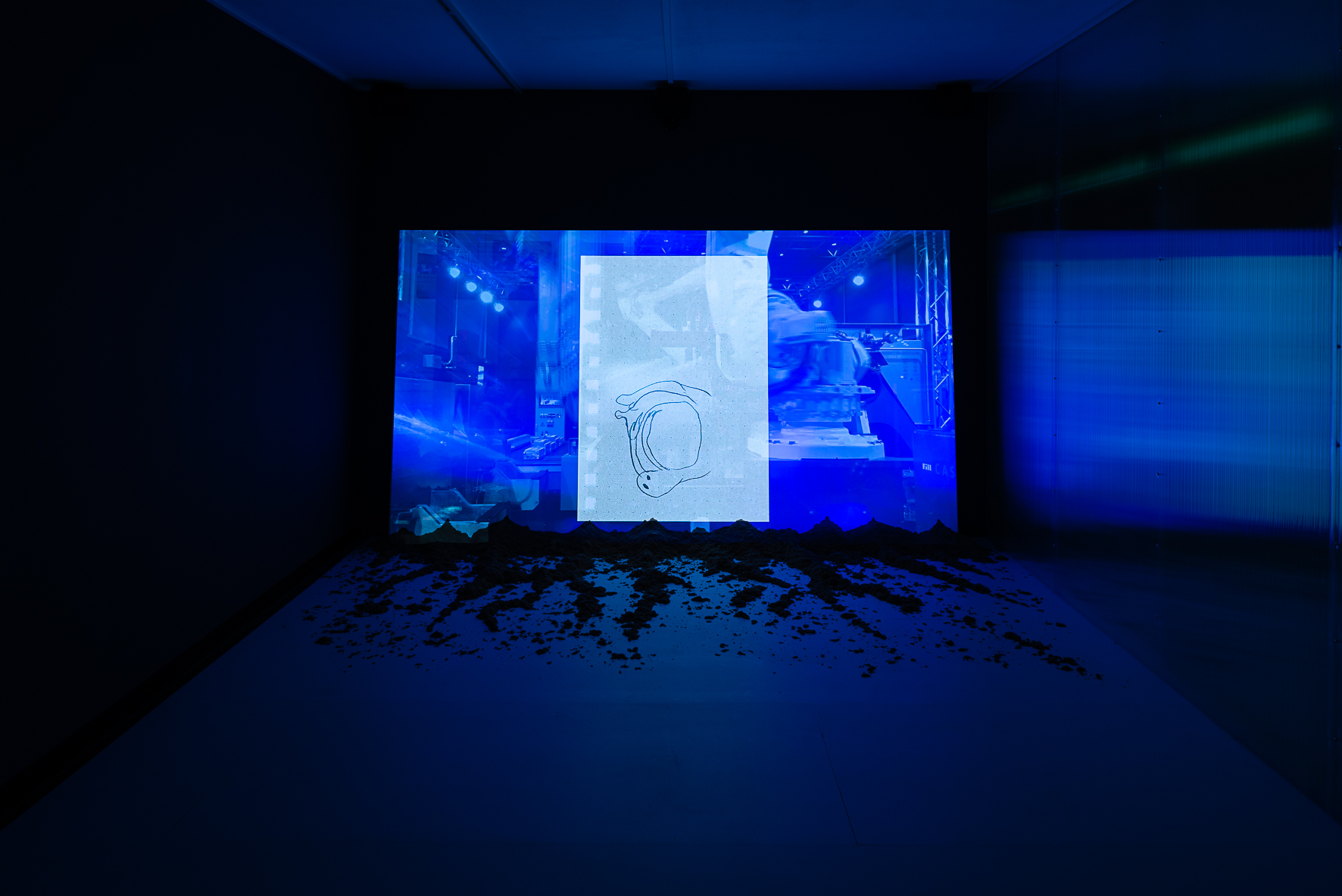Shows
Antarctica. An Exhibition on Alienation
Place: Kunsthalle Wien
Date: -
Performed by: Nikolas Brummer & Jan Seevetal [The Boomerang Effect] ; Marlene Kollender & Steven Sander [Blind Land]
Artists: Viltė Bražiūnaitė / Tomas Sinkevičius, Burak Delier, Buck Ellison, Isabella Fürnkäs, Eva Giolo, Thibaut Henz, Jan Hoeft, Hanne Lippard, Joanna Piotrowska, Jeroen de Rijke / Willem de Rooij, Jana Schulz, Andrzej Steinbach, Ingel Vaikla, Peter Wächtler, Ian Wallace, Tobias Zielony
Curated by: Vanessa Joan Müller & Nicolaus Schafhausen
Works: Blind Land, The Boomerang Effect, In Ekklesia
In a sketch for a film, Michelangelo Antonioni notes: “The Antarctic glaciers are moving in our direction at a rate of three millimeters per year. Calculate when they’ll reach us. Anticipate, in a film, what will happen.”
Metaphorically speaking, to feel cold means to feel deeply alienated. Alienation was already a dominant concern for sociologists around 1900: the alienation of man from society through individualization, alienation from nature through urbanization, alienation from work through mechanization. For philosophers like Theodor W. Adorno, alienation thus turns into a key concept in terms of the role art plays in and for society: Without alienation there is no art, and ultimately it is only art that prevents total alienation.
Ironically, it is the countercultural protest against “social coldness” and against the “rigidification” of middle-class society in the 1960s that anticipates the ideologemes of flexible Capitalism 2.0. This move, in fact, paves the way for a new type of alienation – one which reverses the metaphorics: Coldness and rigidity are replaced by liquefaction, start-up and dynamics – social alienation, however, continues even as people now strive for self-optimization.
Antarctica looks at the pattern underlying alienation – this “relationship based on the absence of a relationship.” Showing numerous contemporary artworks; the exhibition explores how the term “alienation” functions in our world today. In doing so, it also addresses the following question: What other forms of relationship to the self and to the world do we need? Before we can even begin to create something like a space supportive of self-determination and self-realization?
The exhibition is preceded by a symposium on the subject.
- Text by Kunsthalle Wien
Blind Land
A black pool appears in contrast to two performers dressed all in white. 6 sound showers play a sound scape from above, in which the voices of the performers monologuing and dialoguing are mingled in. The performers move stoically synchronous, imitating each other, responding with eye contact only. Like living sculptures they progressively move on the borders of the pool to finally dive into the basin. The process ranges between hesitation, fear and playfulness. The water is approached like an element of the unknown, with which the performers interact, treating it like a fluid opponent.
They pour black color into the pool to dye the water and themselves. The procedure reveals an immersive character of humans assimilating and disappearing in their surroundings, becoming willingly or unwillingly part of an alienated context. The work examines transgression, alienation and immersion. It is a bleak reflection on modern-day identity and isolation, both in a technological and social dimension.
The Boomerang Effect
In the long run, repetition and unison either lead to lethargy or provoke – sometimes even active – resistance. In communication theory, the latter is described as the “boomerang effect”. The term boomerang effect refers to the unintentional turn of a communication strategy by 180 degrees. The attempt to influence a communication partner has the opposite result. Despite (or because of) the objections and counter-arguments, they feel more convinced by their opinion, plan or suspicion than before the attempted persuasion. In economic psychology, poorly launched advertising campaigns are plainly described as having a boomerang effect. Instead of increasing the recipient’s buying interest, the additional advertising leads to aversion and anger. The client must fear that the promoted product might not only reduce purchasing but even inspire deliberate boycotting. The Boomerang Effect can mark the beginning of a revolt. Fürnkäs’s eponymous performance contains an entire series of boomerang effects.
A split ego in conversation with itself; a chain of half expressed demands and questions, which, once uttered, turn against their originator. Sometimes they spontaneously merge with a pop song quote, sometimes they get lost in Dadaesque listings. Fürnkäs’s performers, both men, both white, both blond Doppelgängers, try in vain to join the two halves of their monologue to form a whole. The moments of sense and connection are, however, mainly accidental. Then: a turn of events. The two men no longer have the stage to them- selves when two women in the audience speak up. Using the same staccato as their precursors they bring the conversation to a preliminary conclusion. “Just continue to dissolve my personality,” are the laconic last words of a consciousness that sees itself disappearing. It remains unclear whether it is witnessing its end or its liberation.
In Ekklesia
A crossover of hyperactivities: rapidly alternating images of nervous assembly robots and flickering impressions from a rave. Two constellations that could not be more different, a party and an assembly, both driven by the same beat, the same craving for repetition and perpetuity: slaves to the rhythm. In her video work In Ekklesia Isabella Fürnkäs turns the archetype of democratic public life (in antiquity the ecclesia represented the core of Attic democracy) into a farce. Instead of an assembly of free, politically mature citizens eager to participate in discussion, Fürnkäs presents an encounter between human and machine, both indulged in a mute dance of endless activity. The automation of production – the future of labour – continues with the automation of pleasure – the future of leisure. It’s up to the viewer to determine whether politics still play a role in this scenario.
- Texts by Maximilian Steinborn
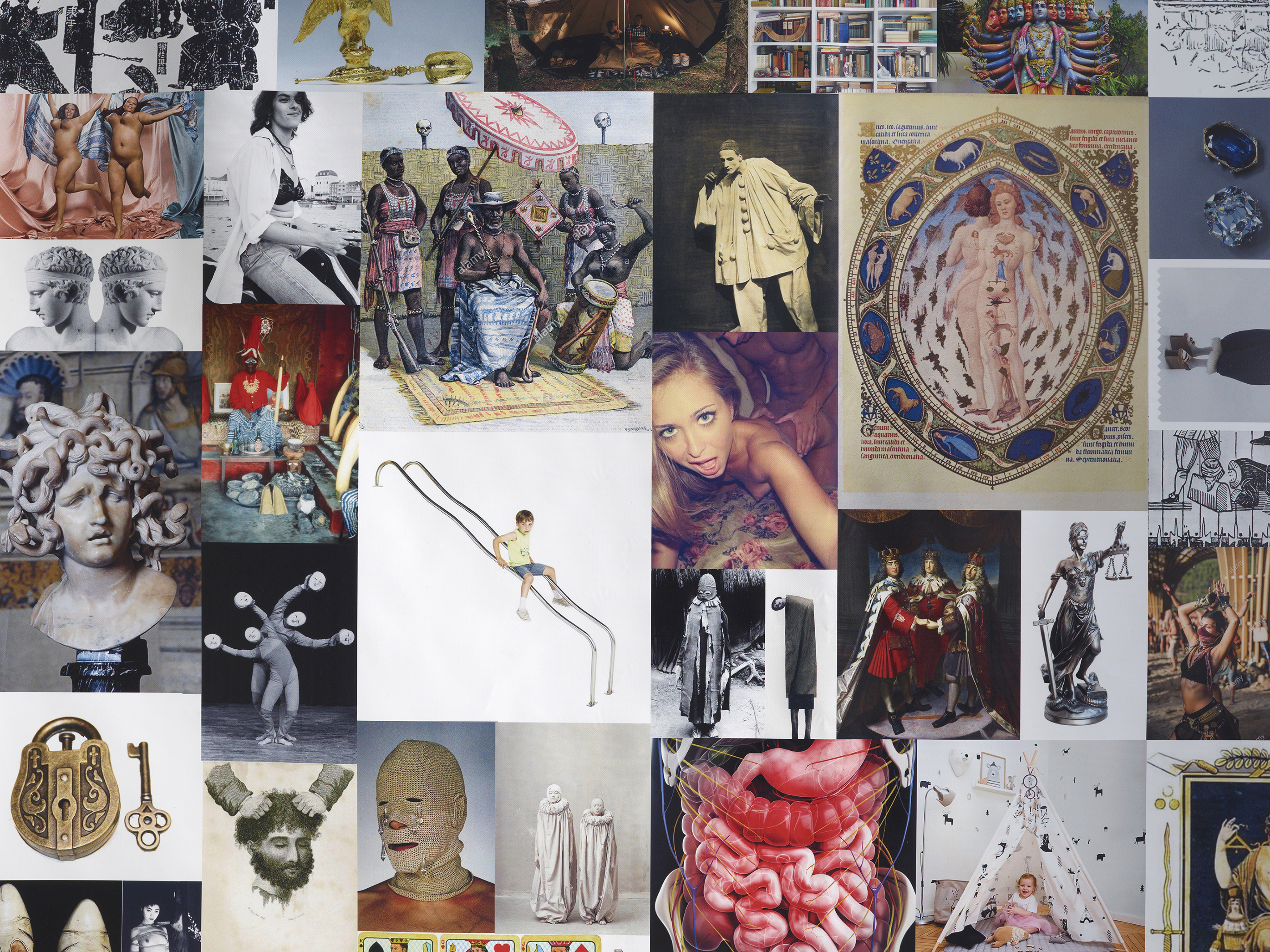

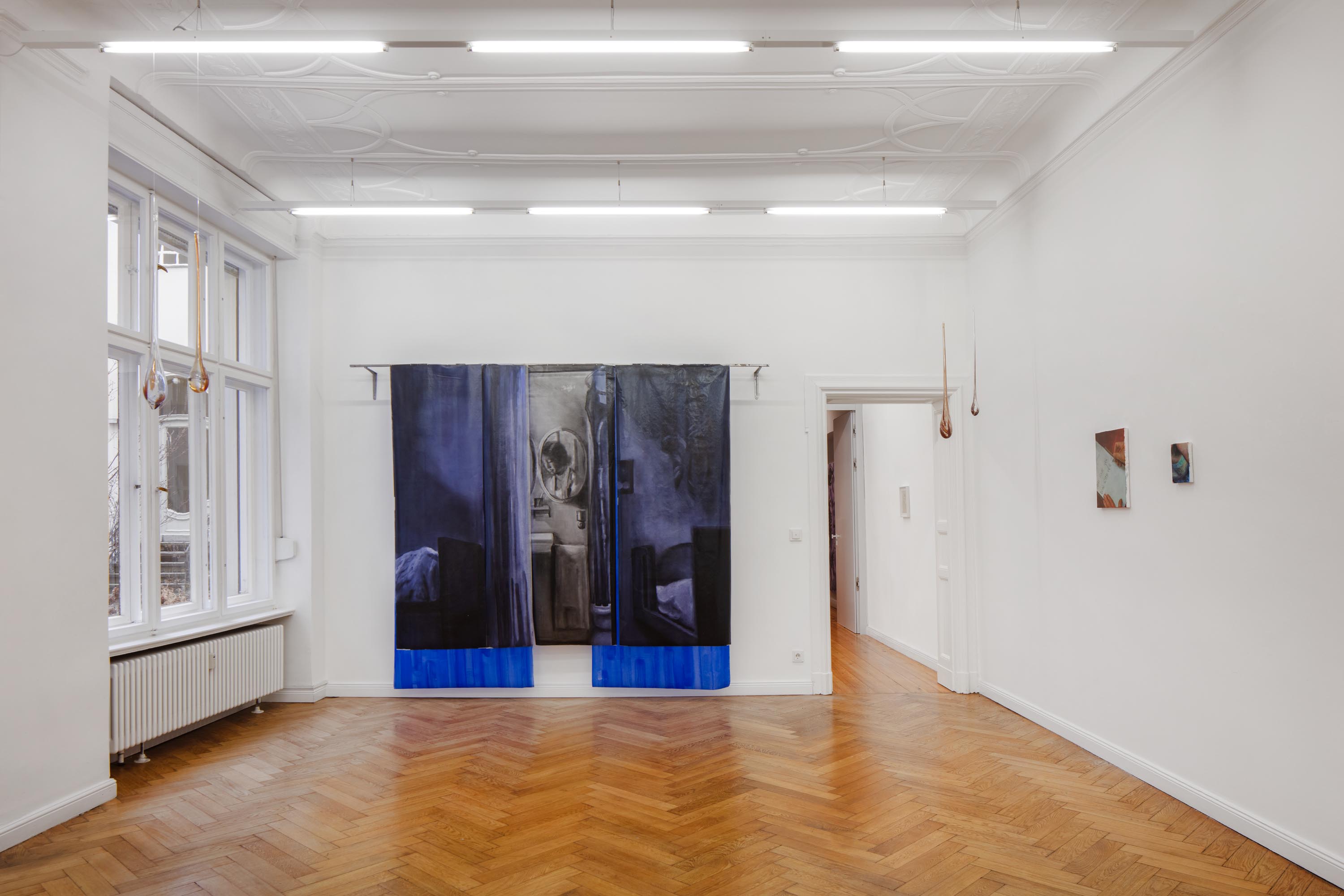

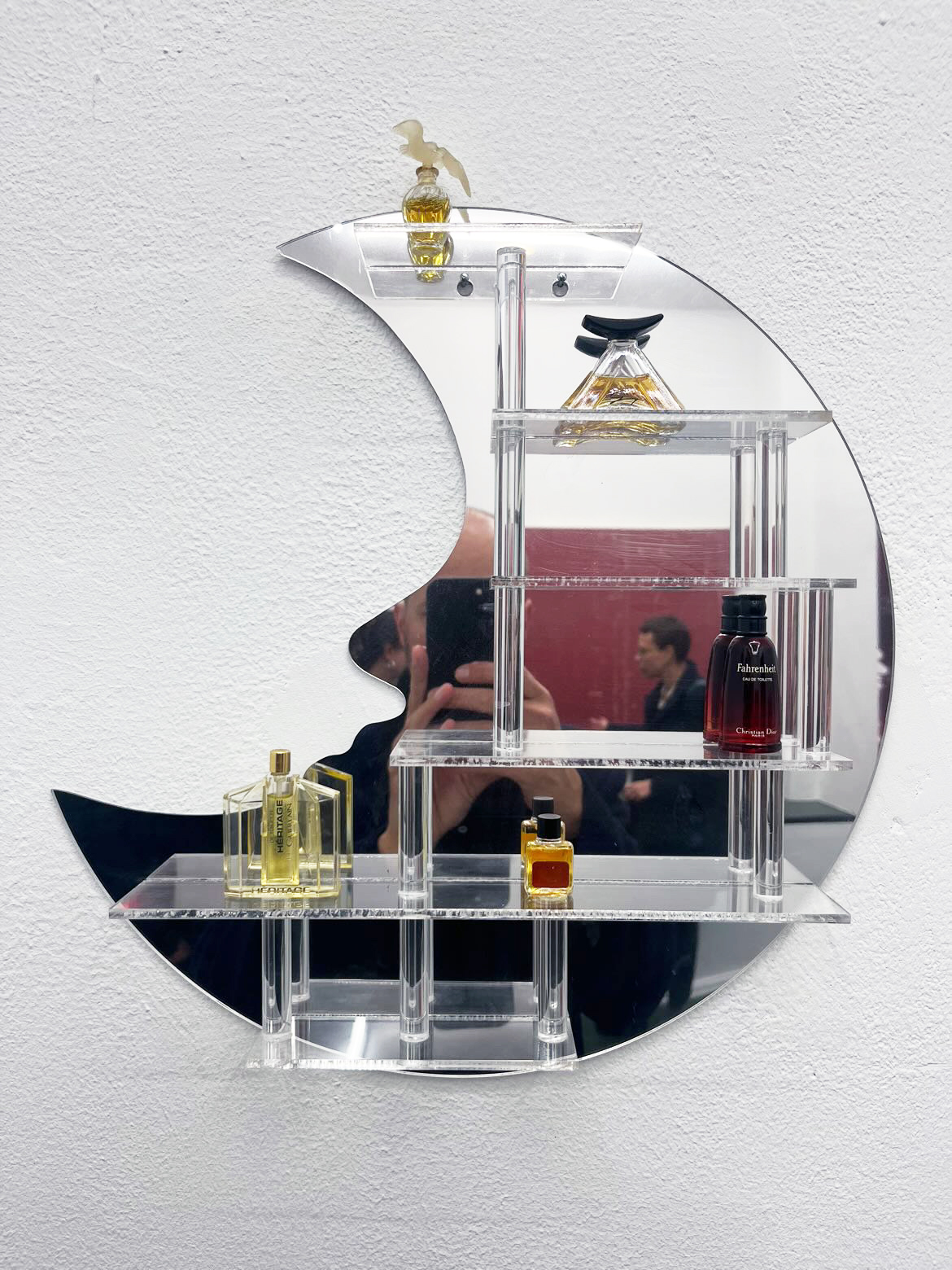
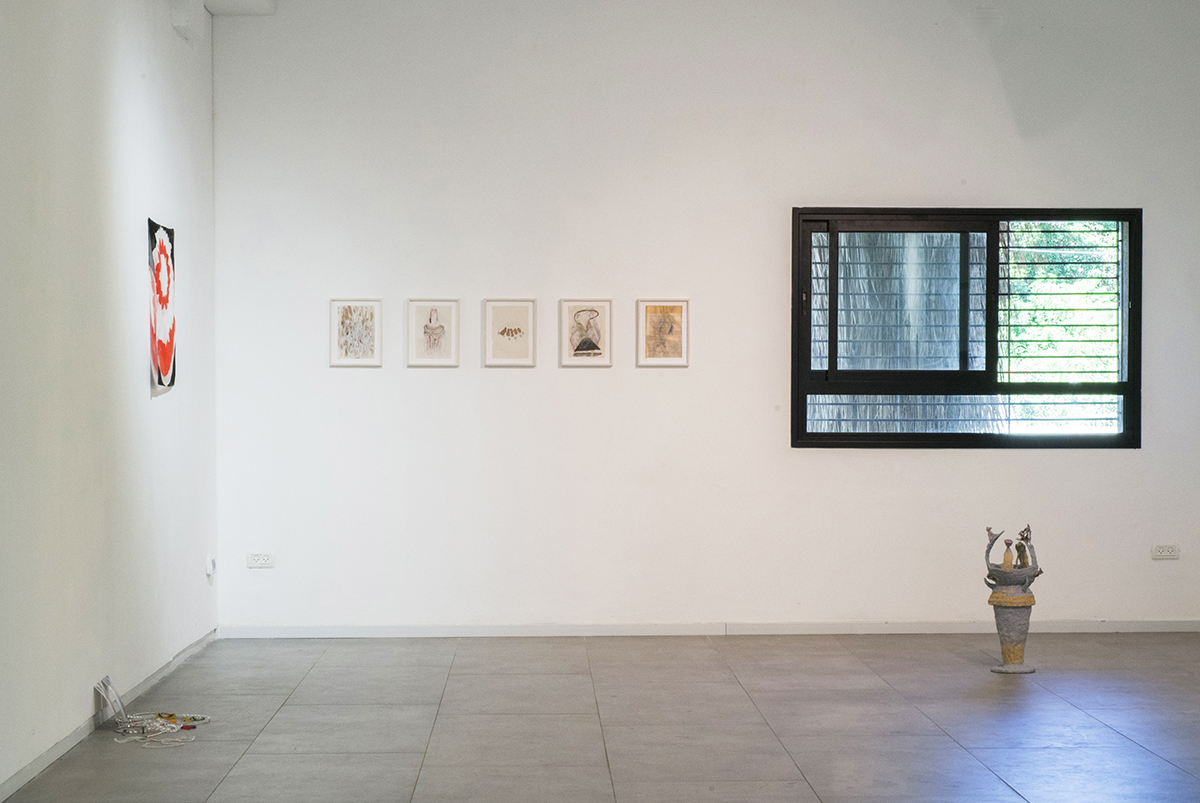

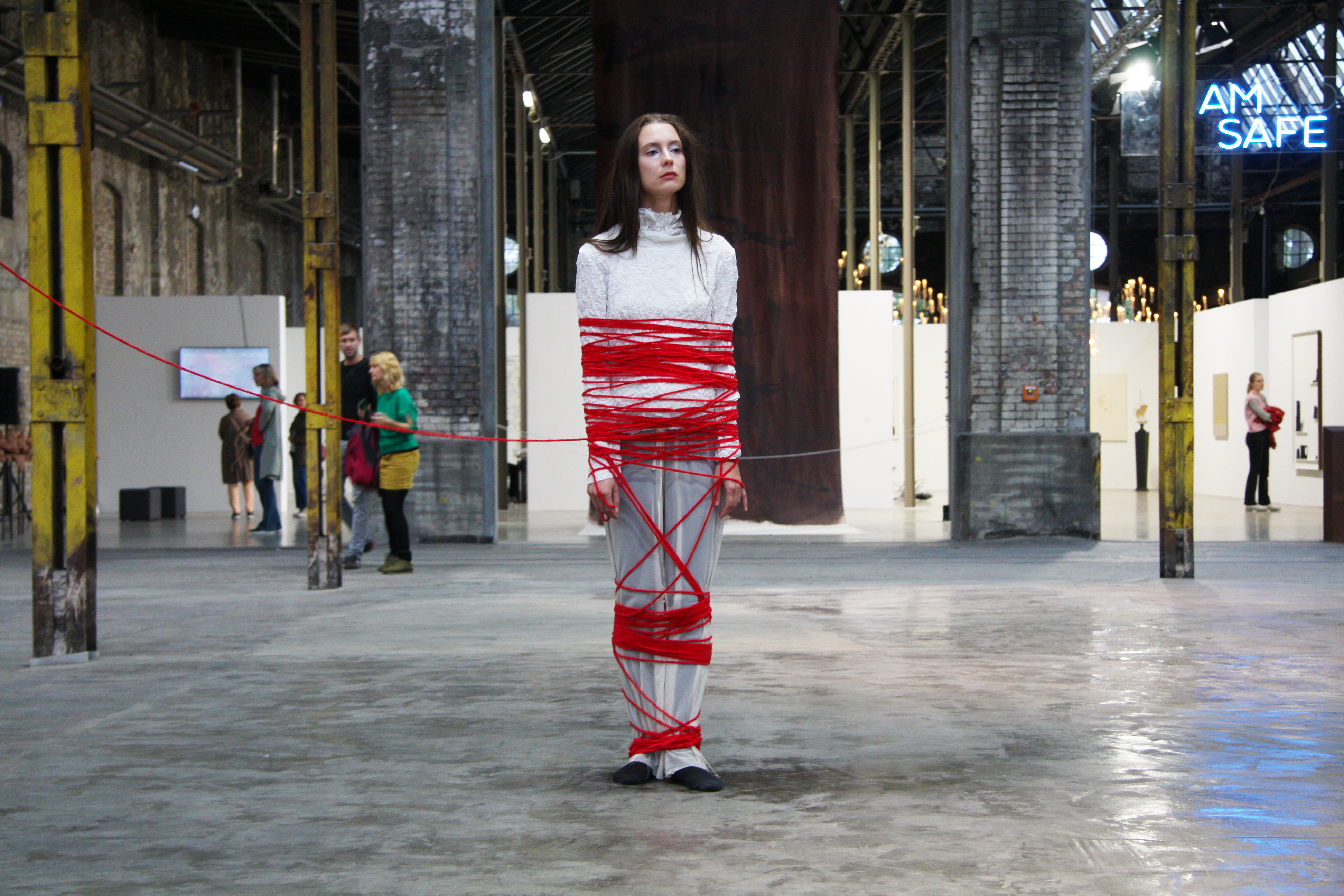
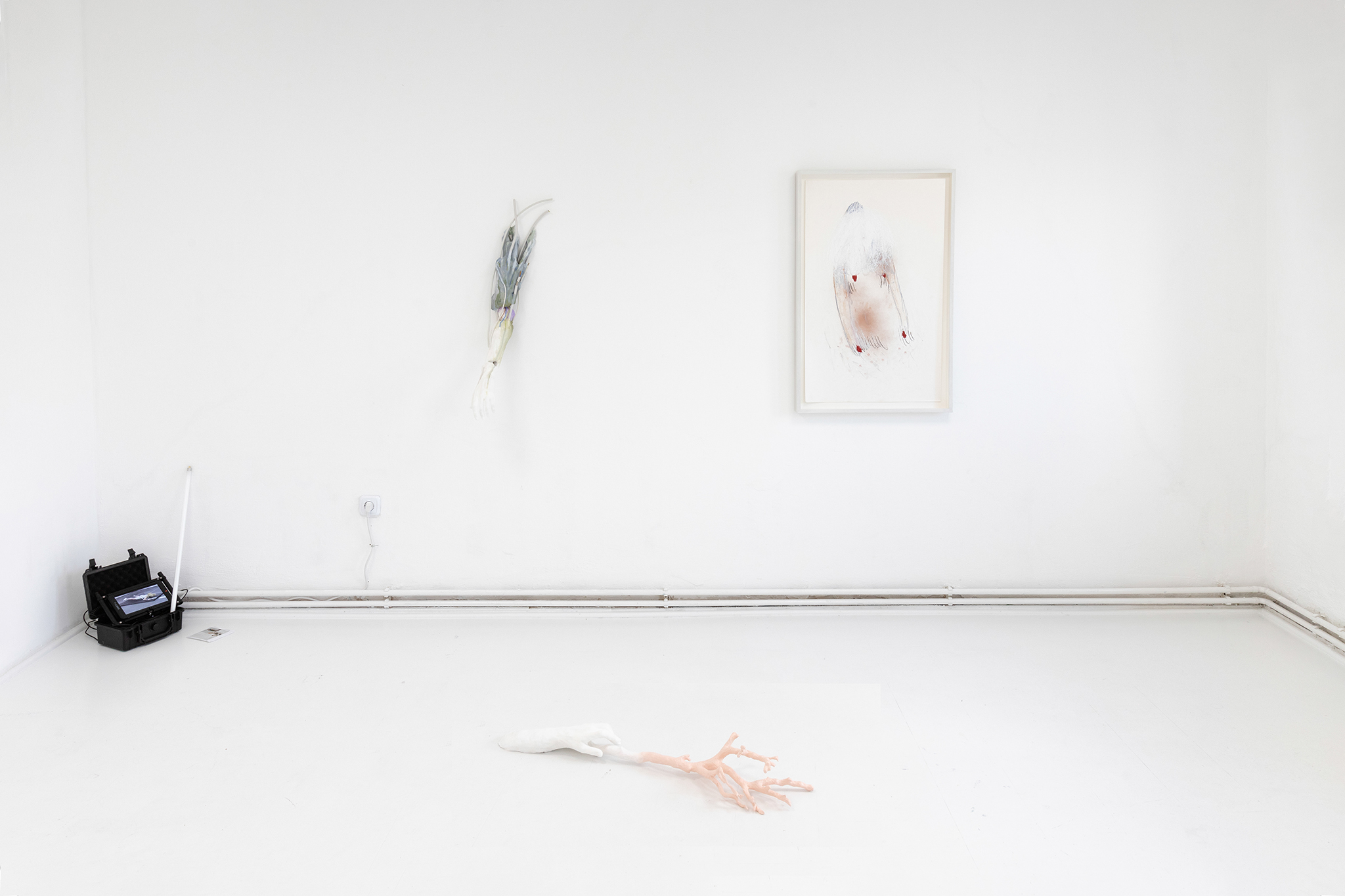
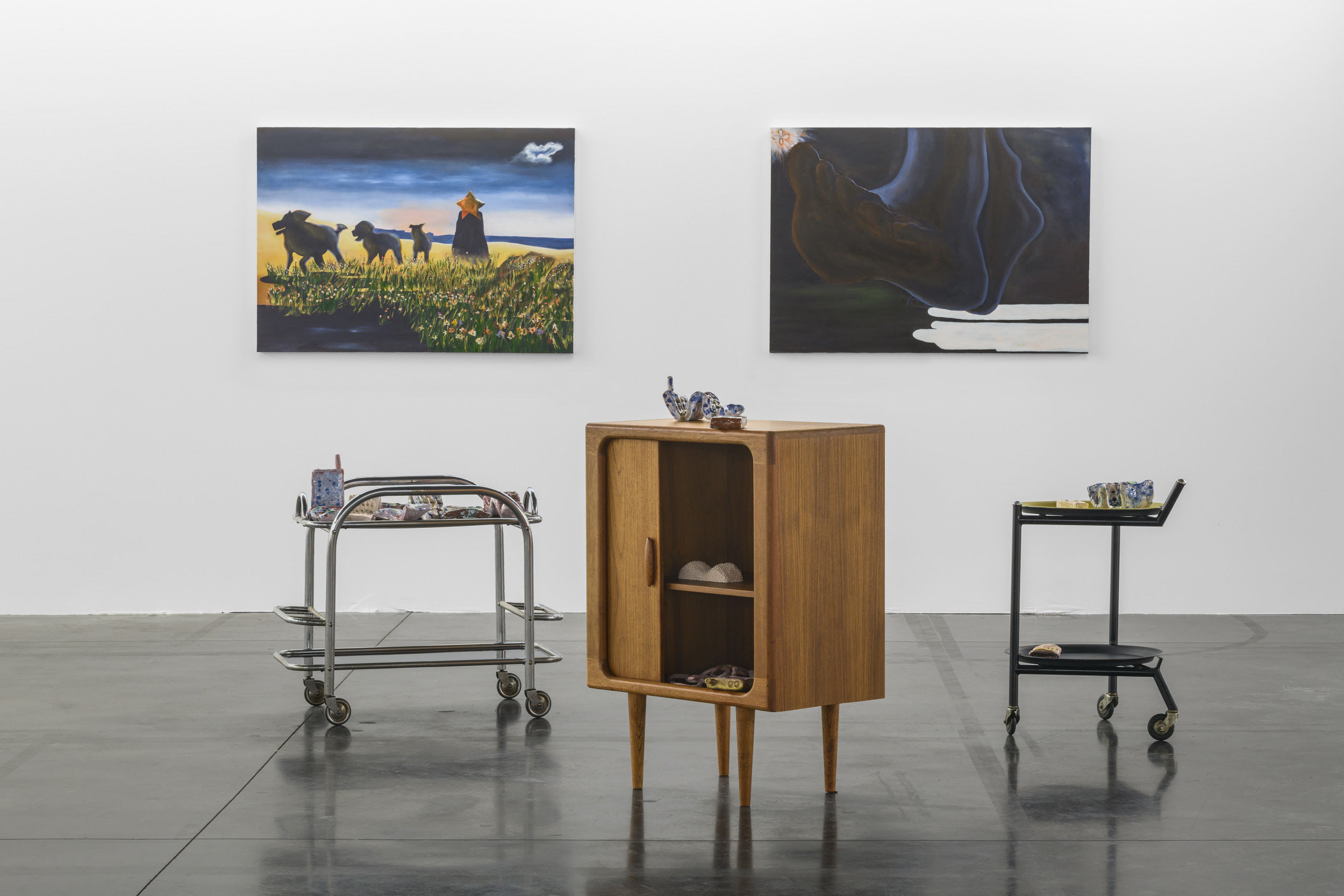
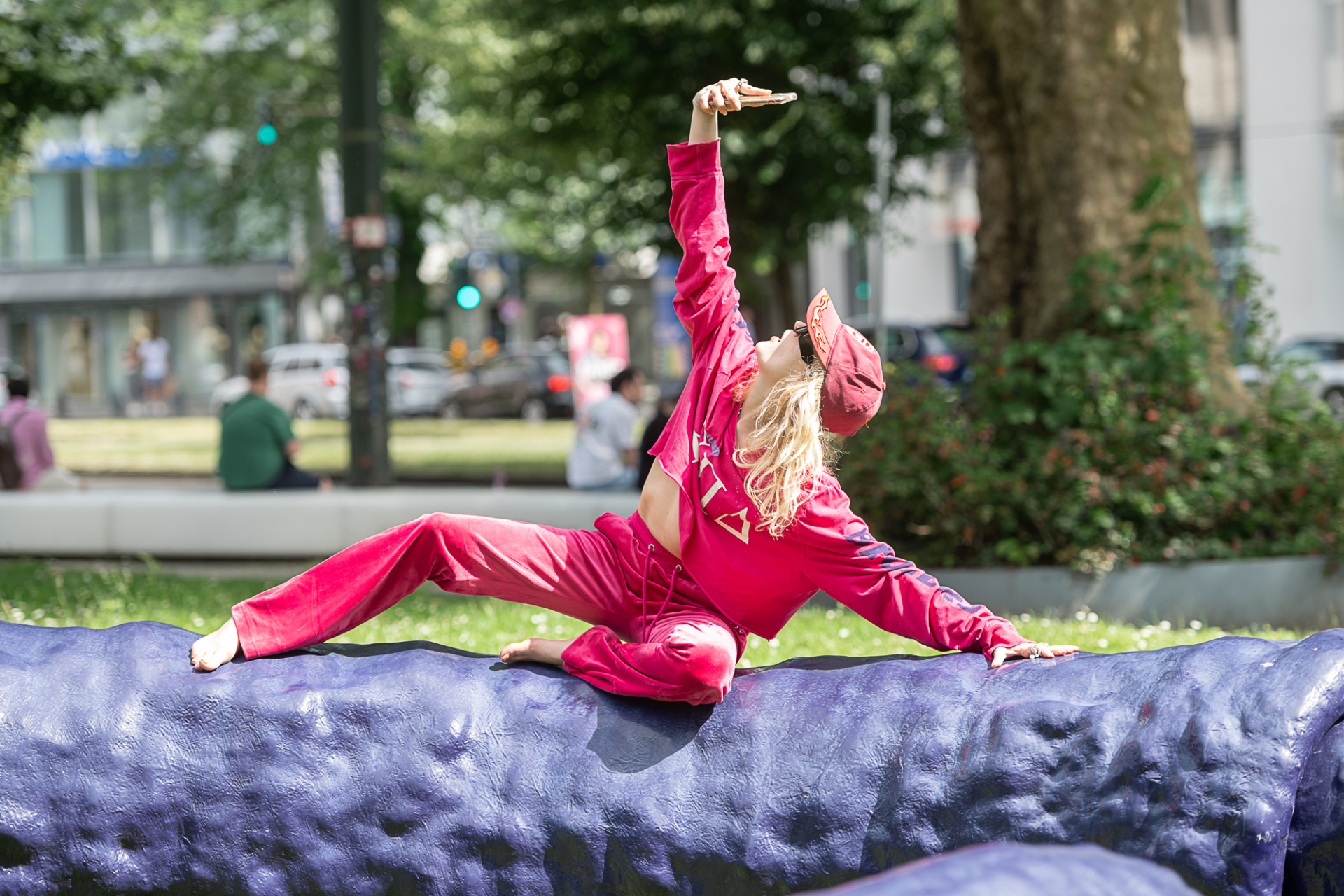
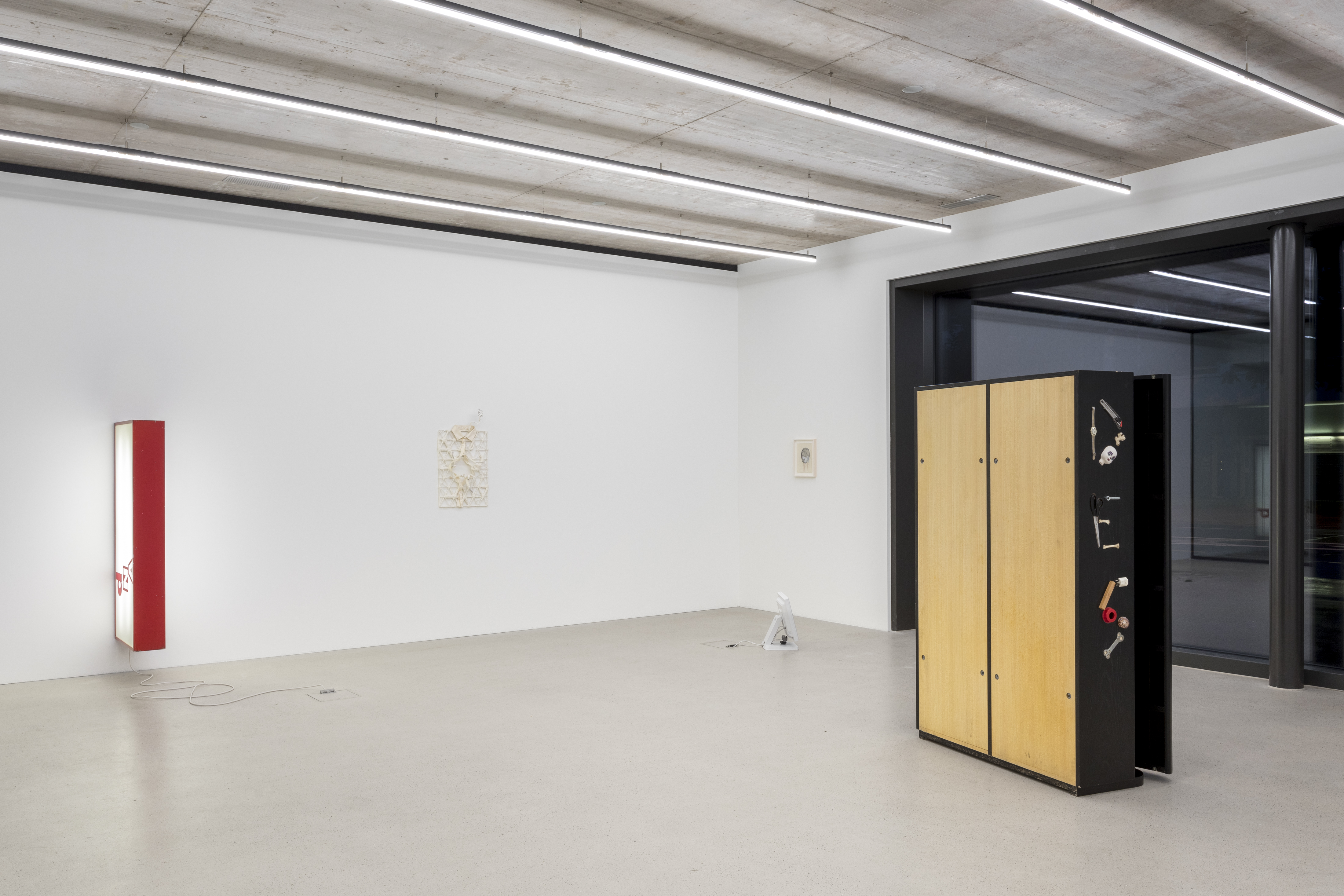
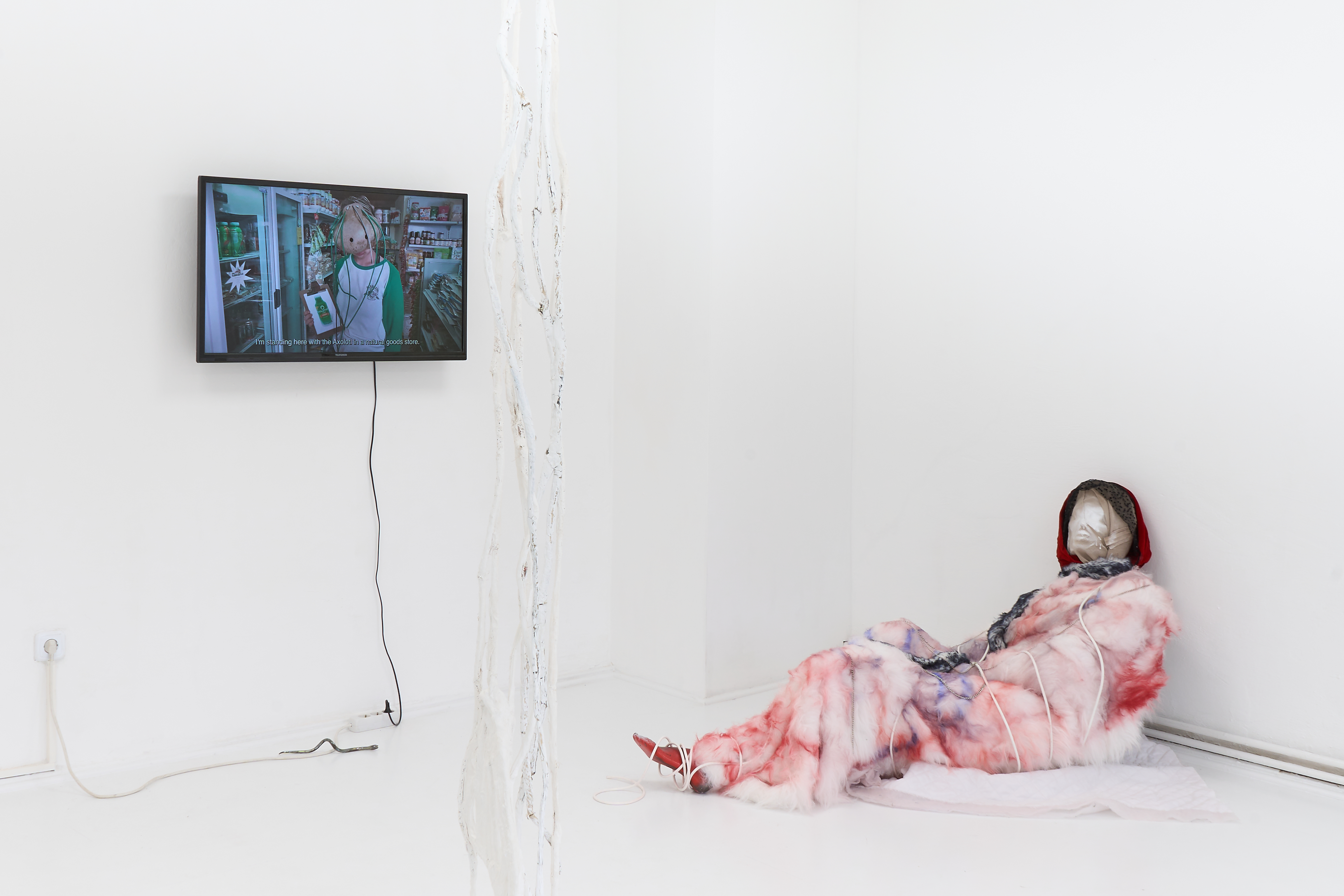
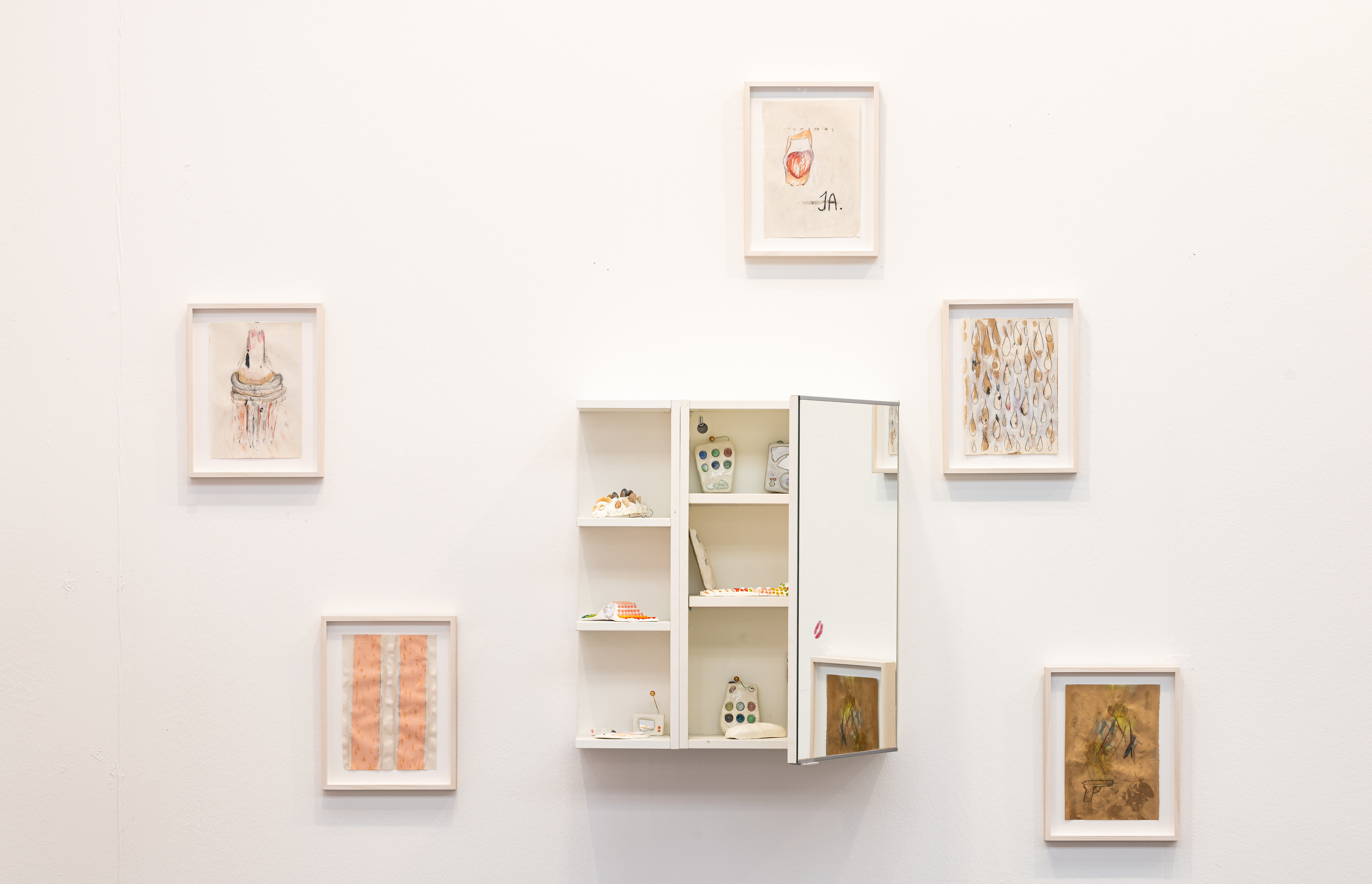

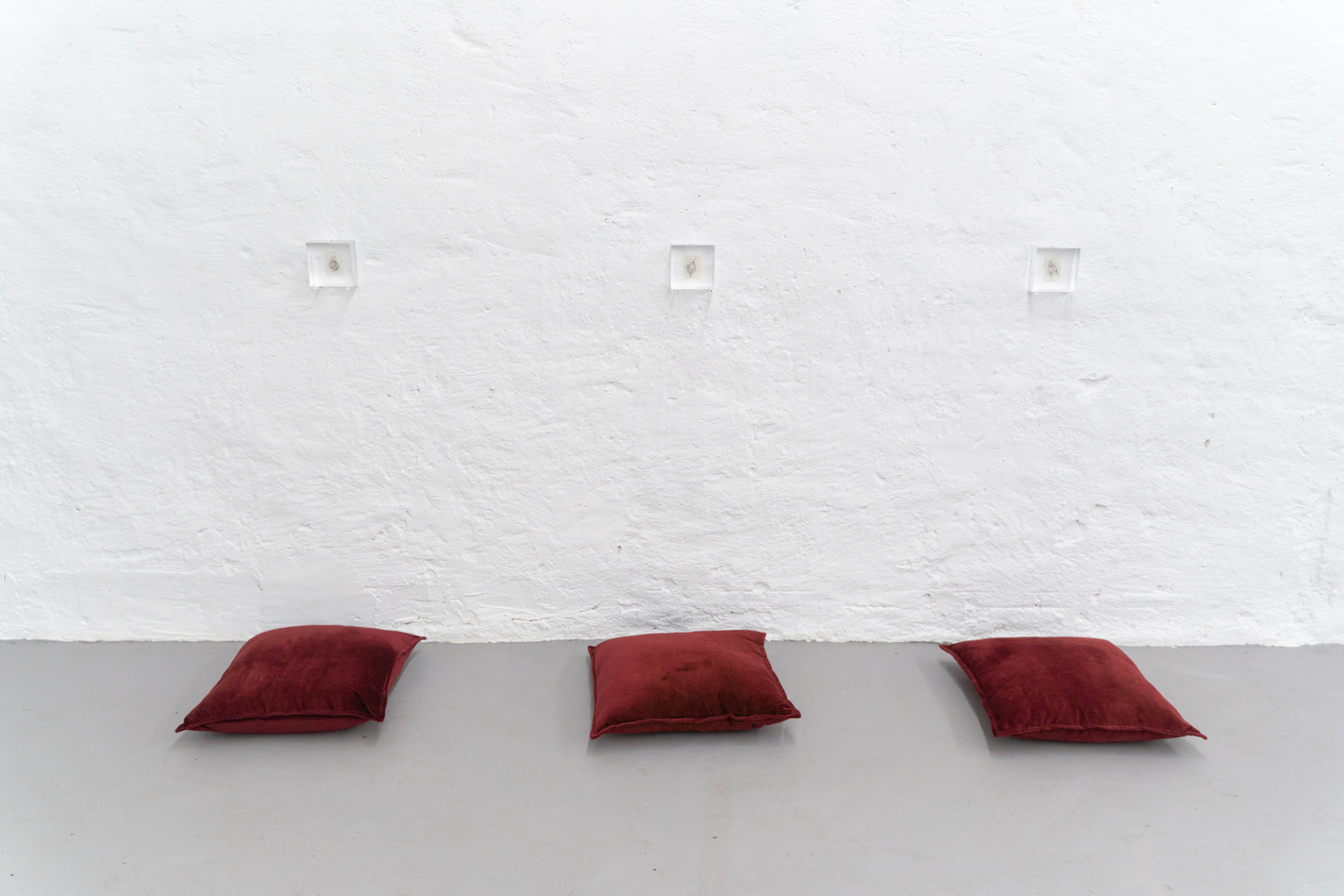

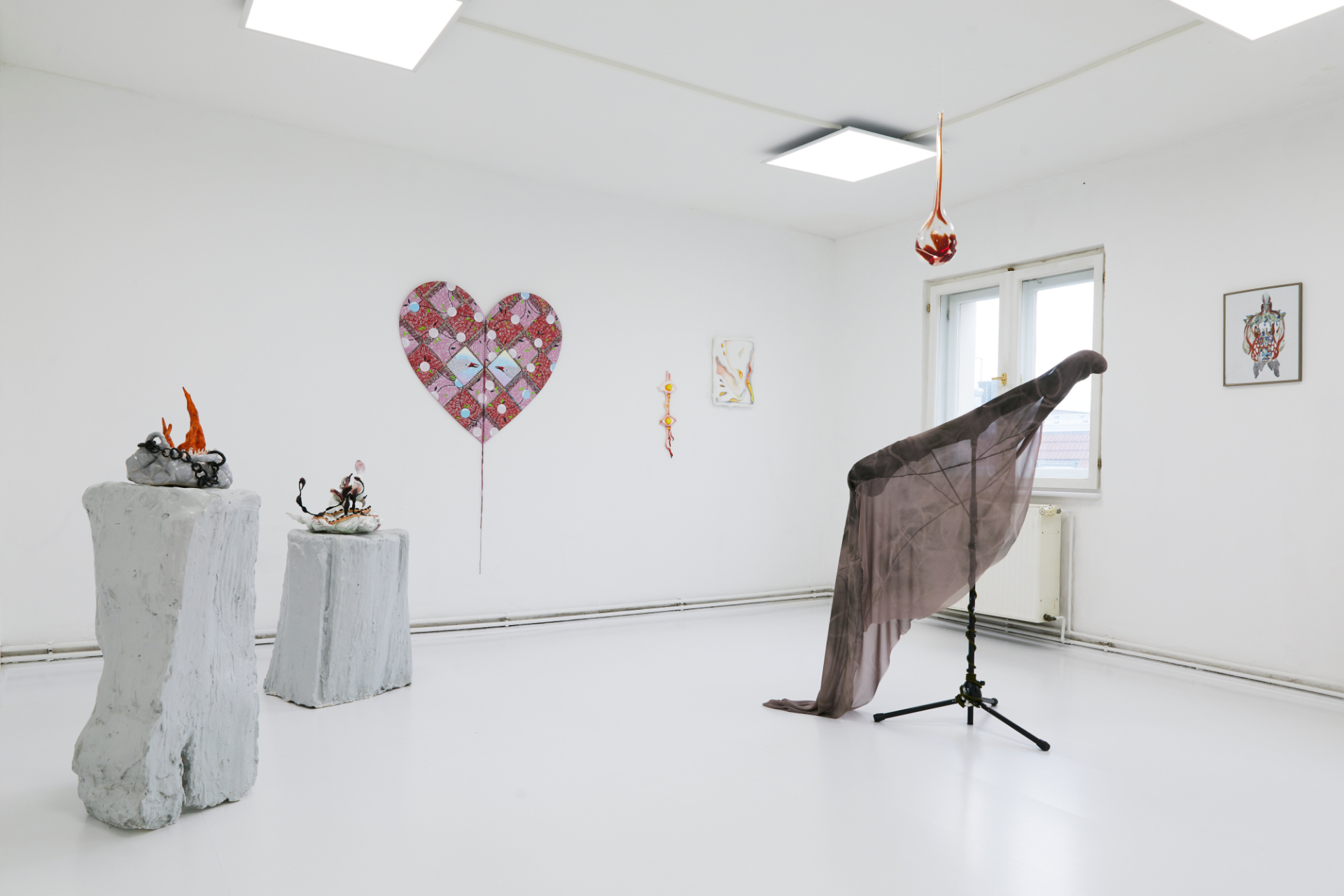
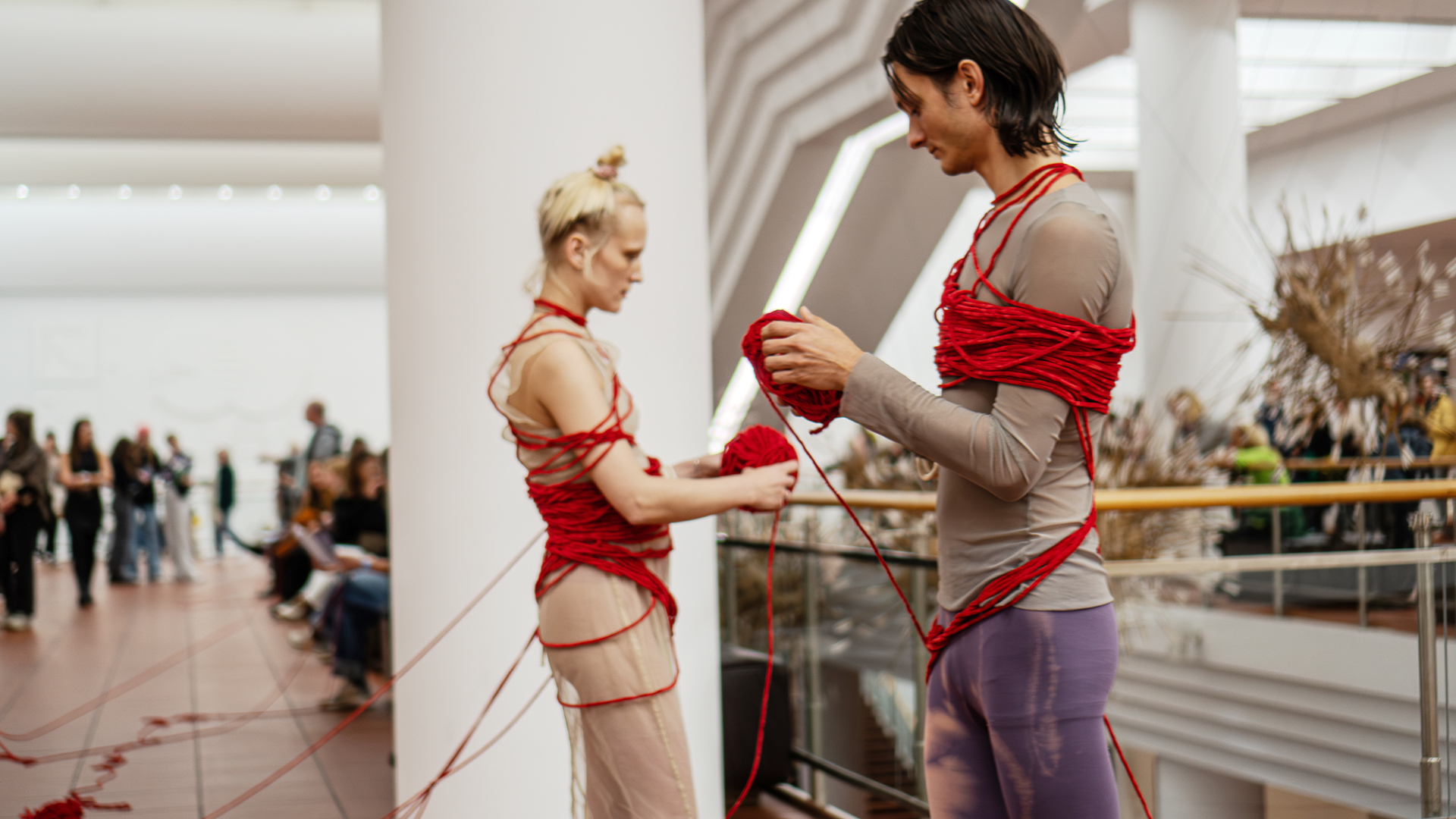
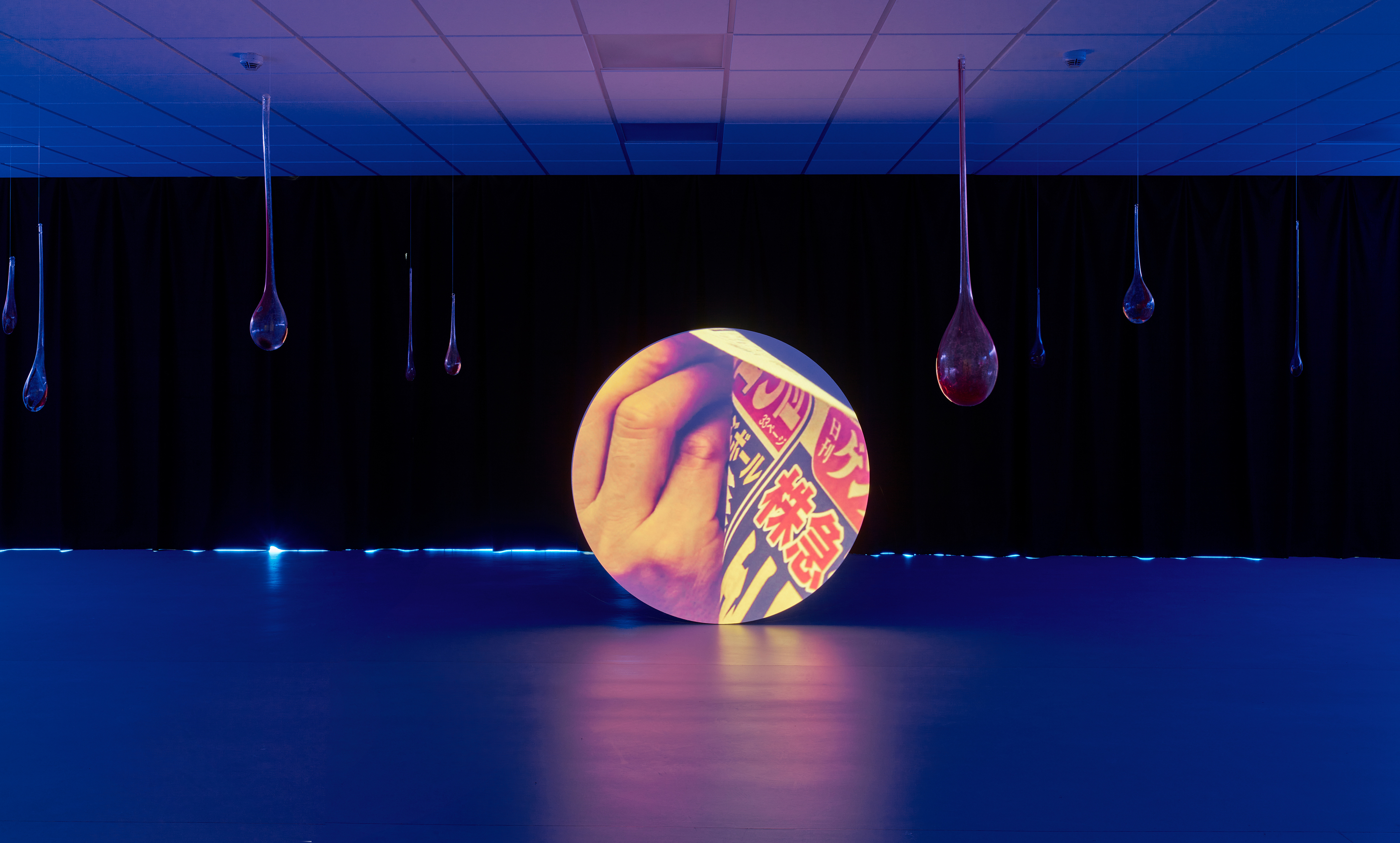


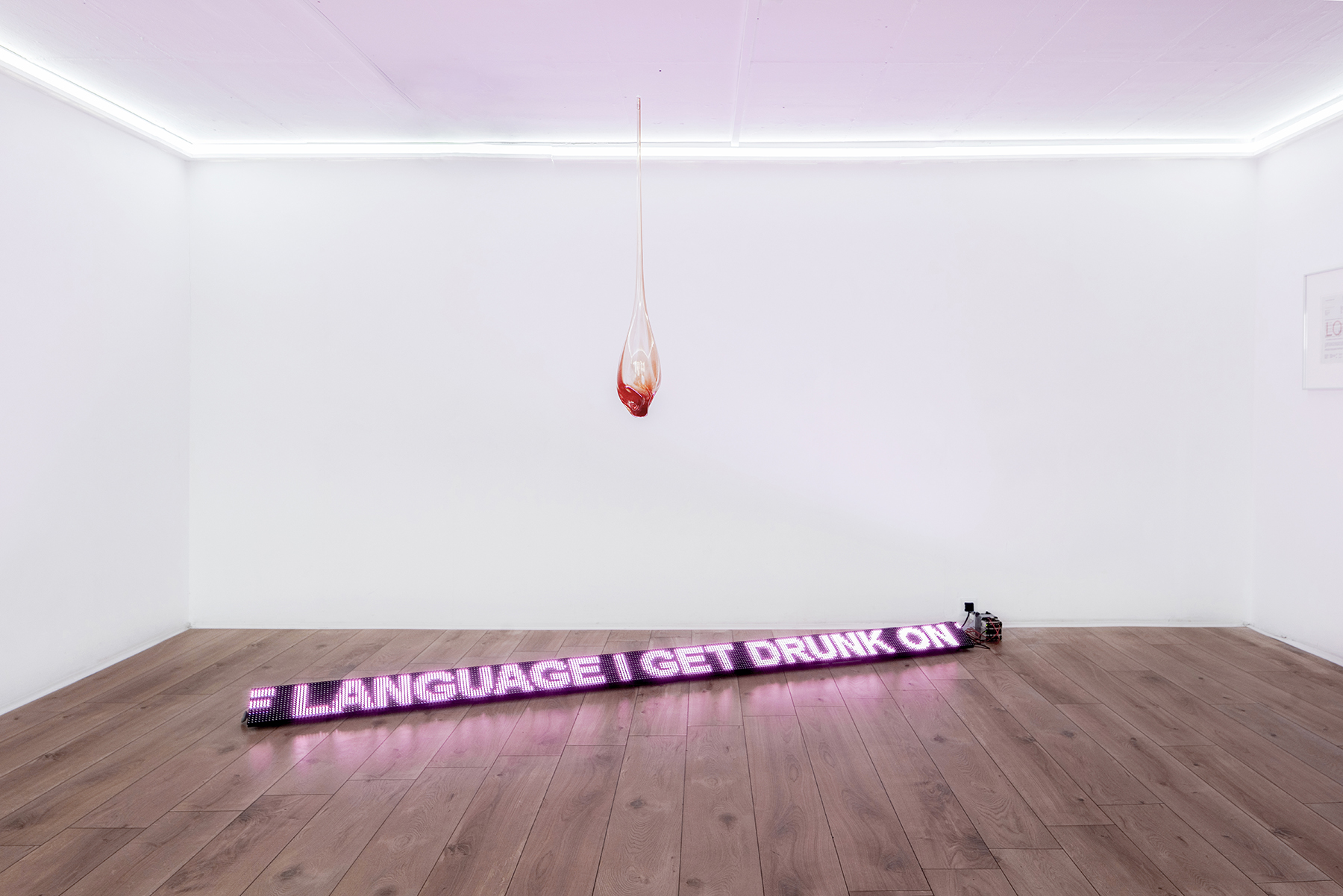
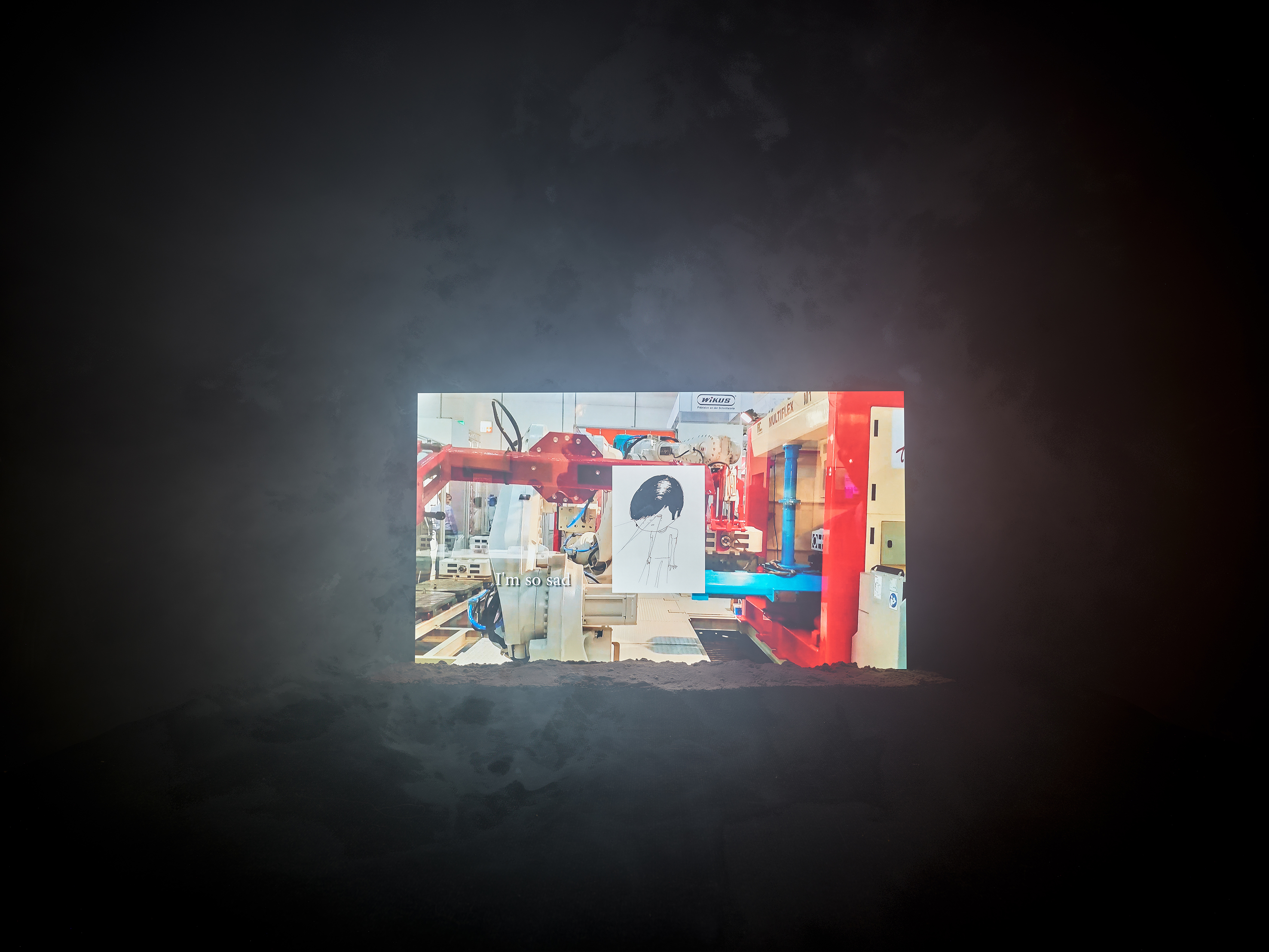


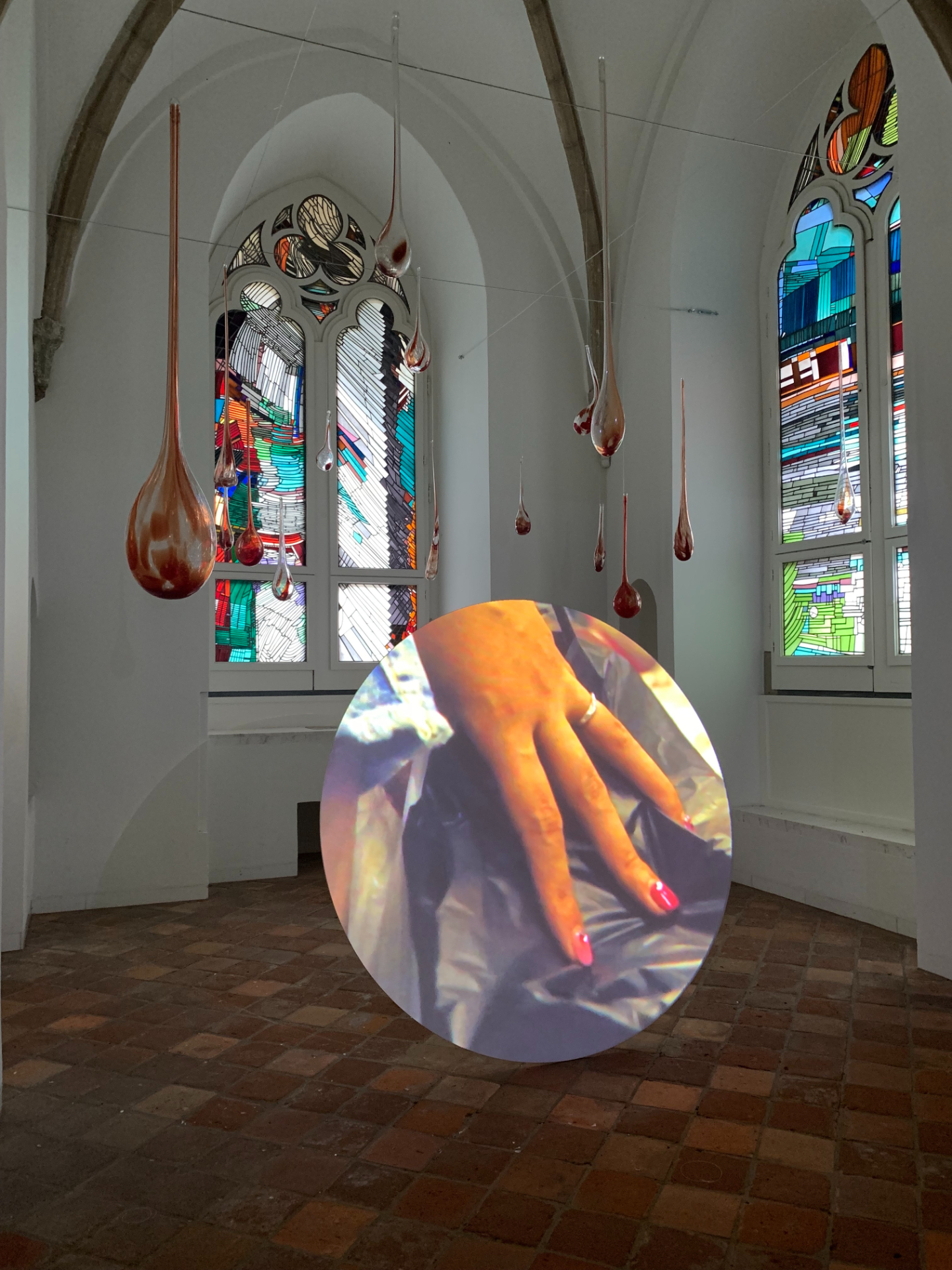
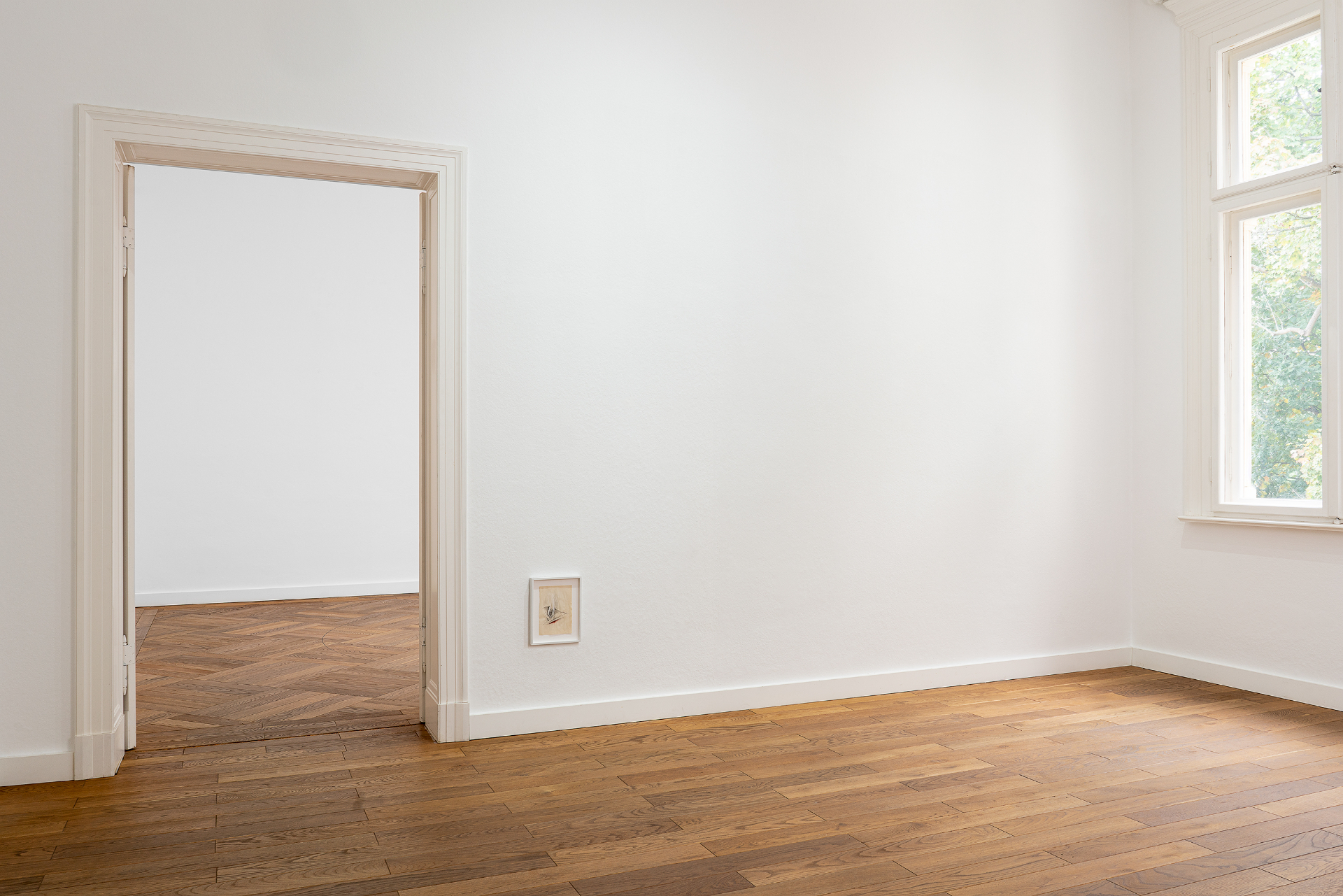
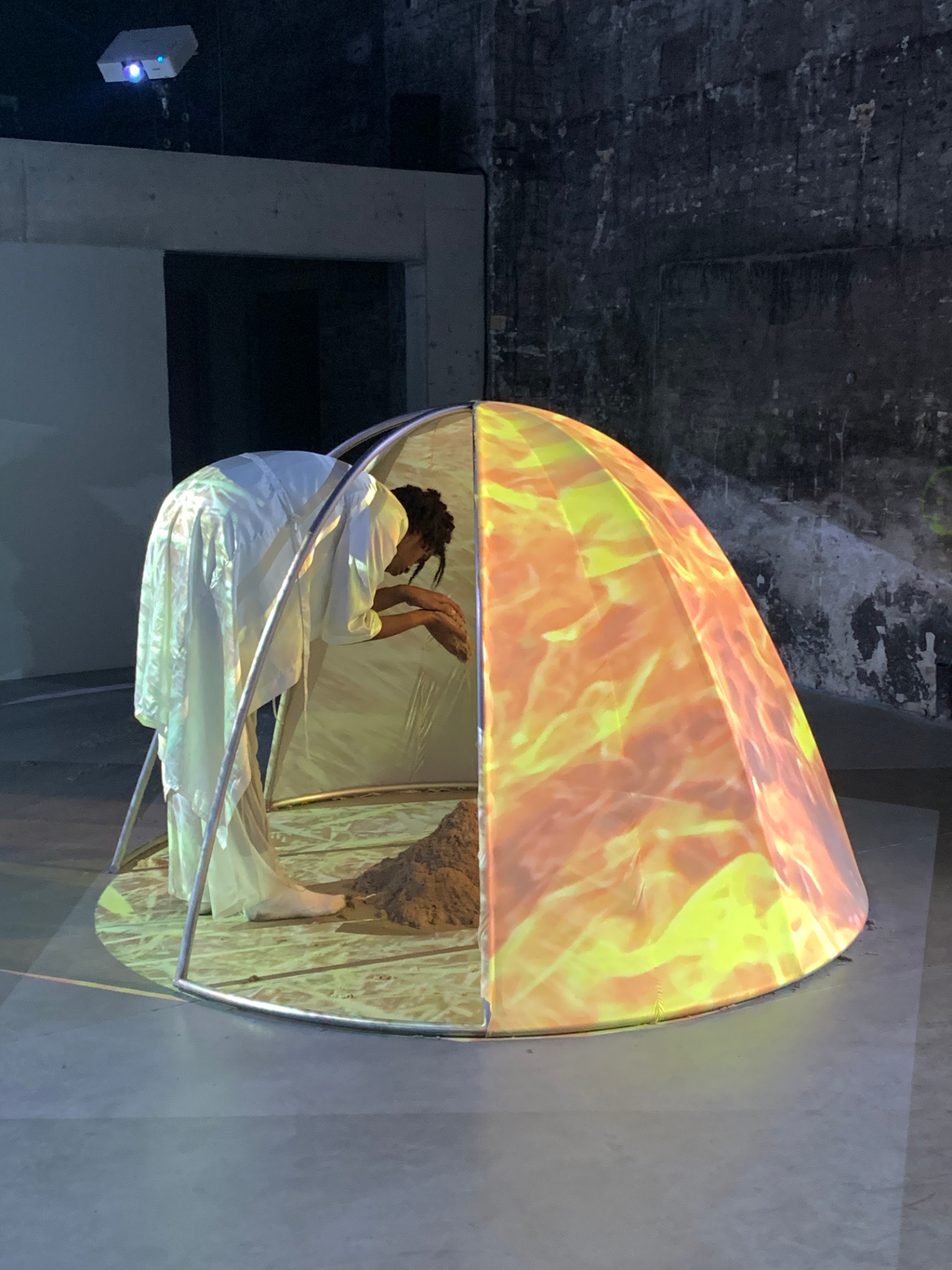

![Metamorphoses of Control [Catalogue launch]](https://media.isabellafuernkaes.com/Isabella_Fuernkaes_Mouches_Volantes_Metamorphoses_of_Control_2022_00001.jpg)
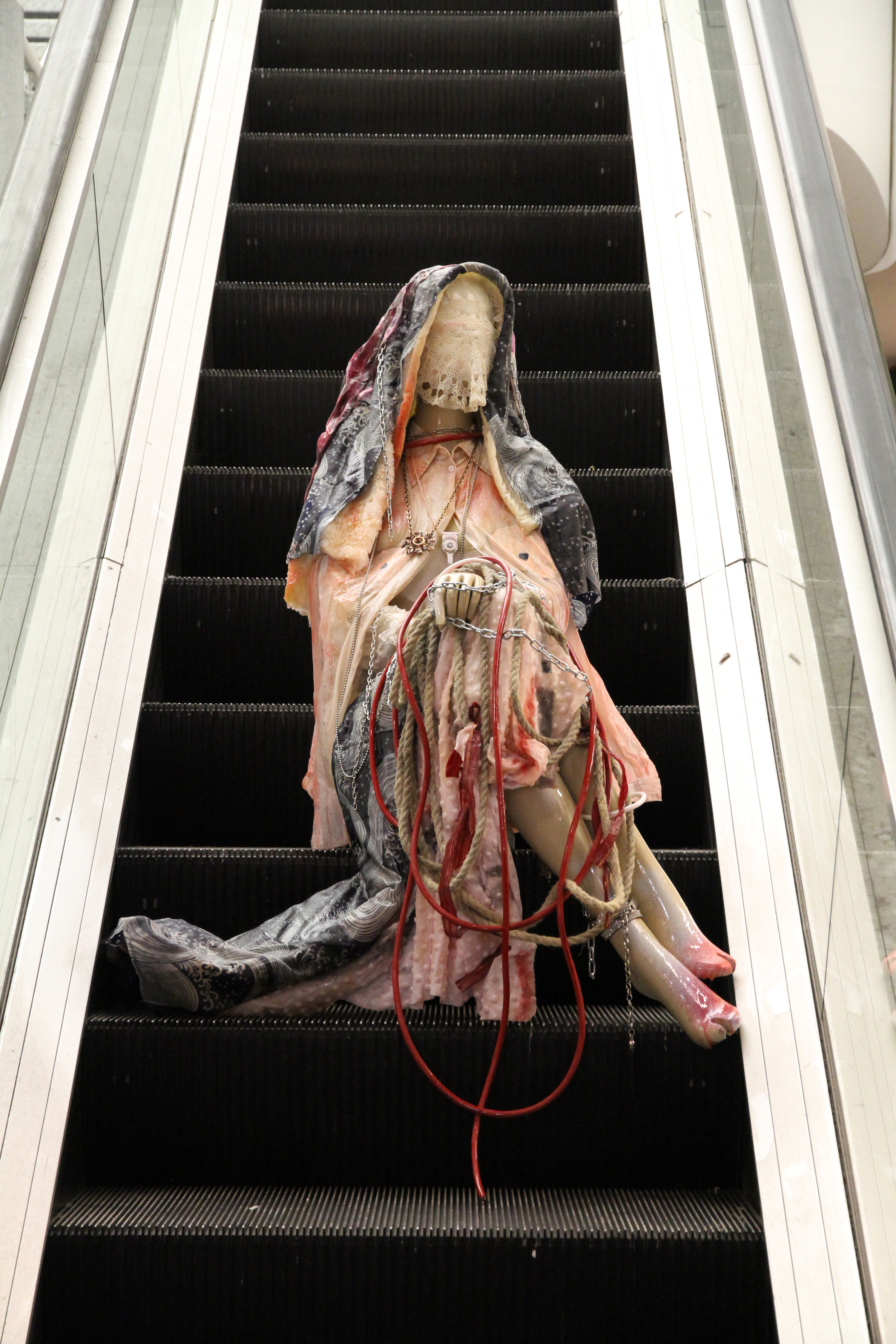
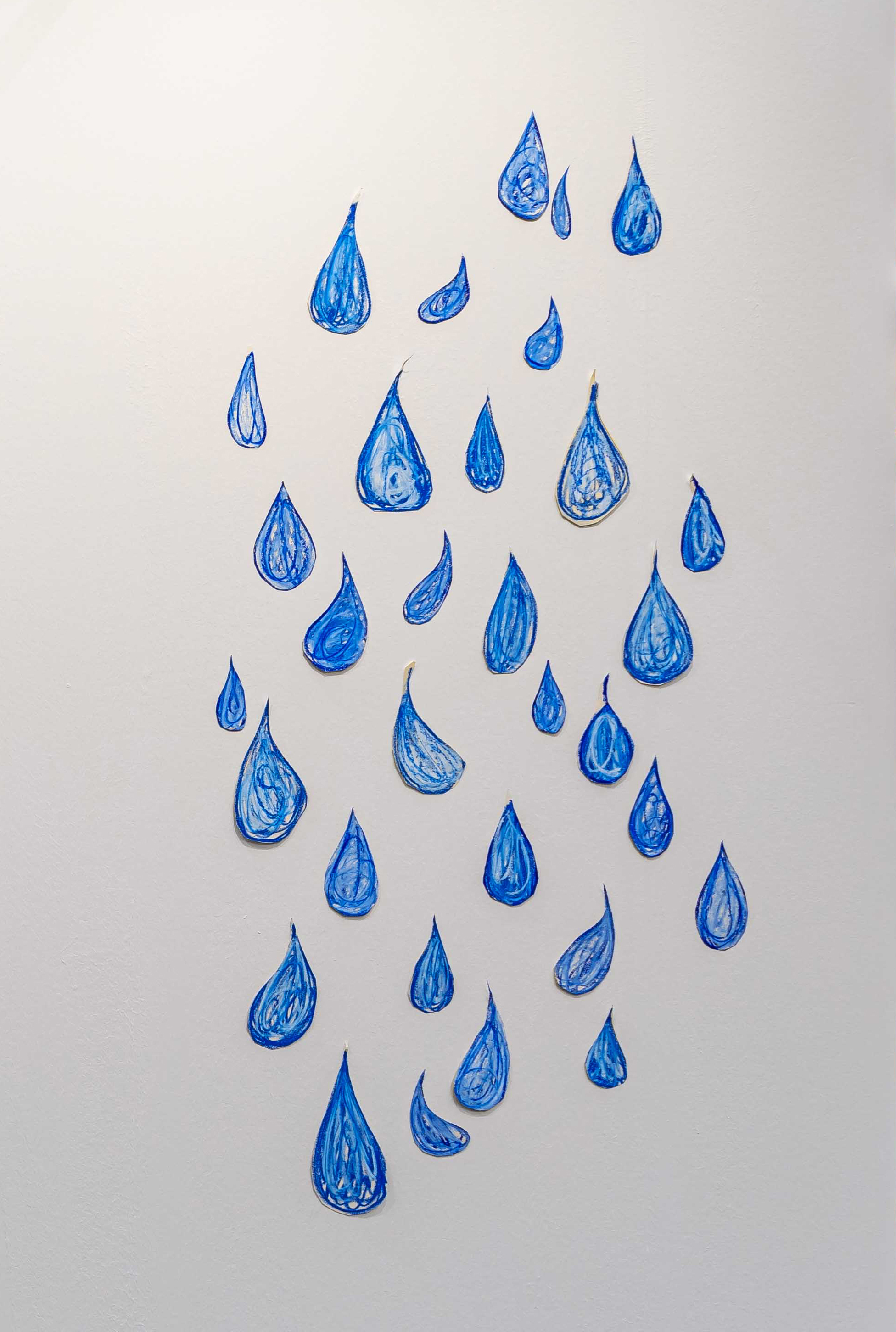
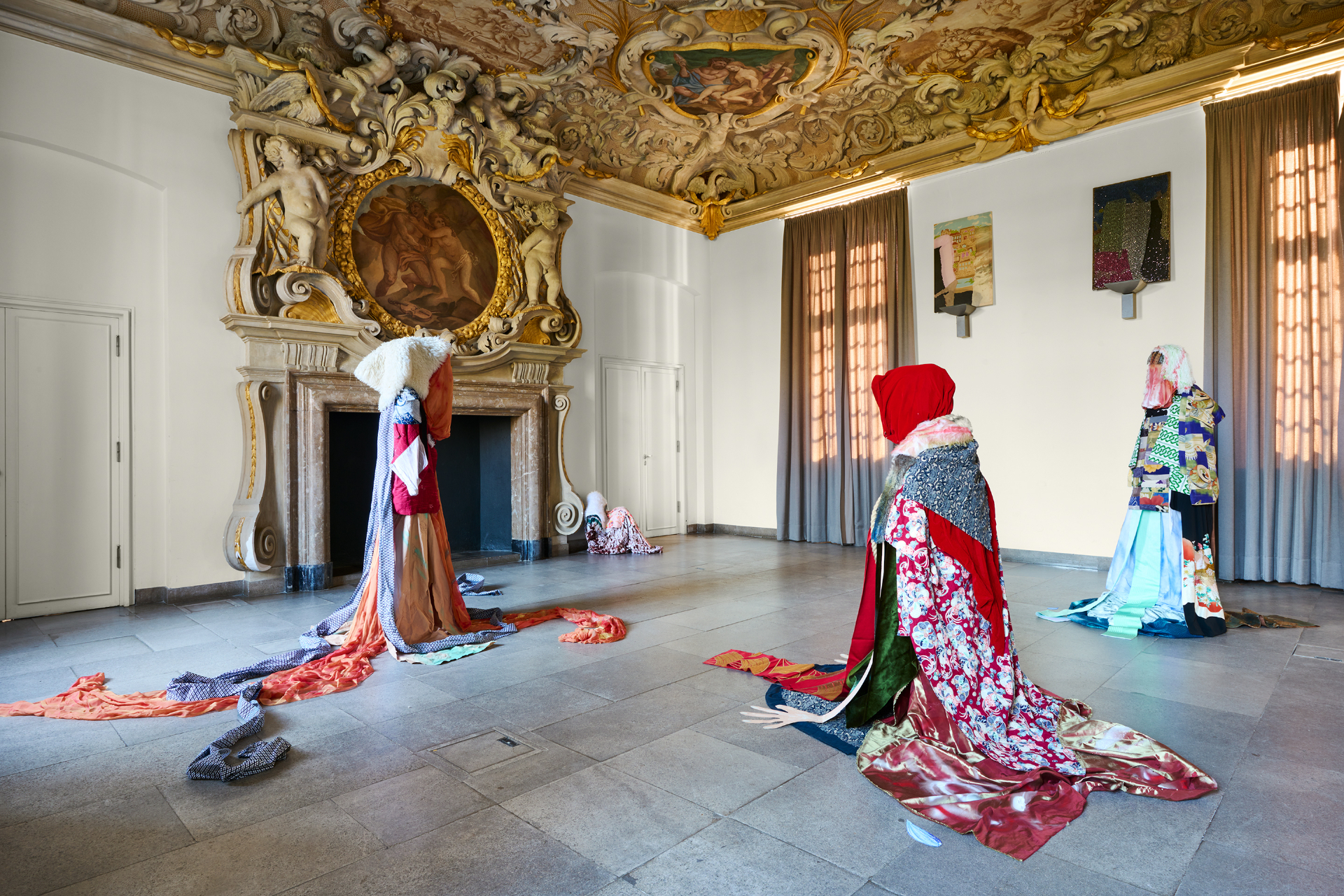
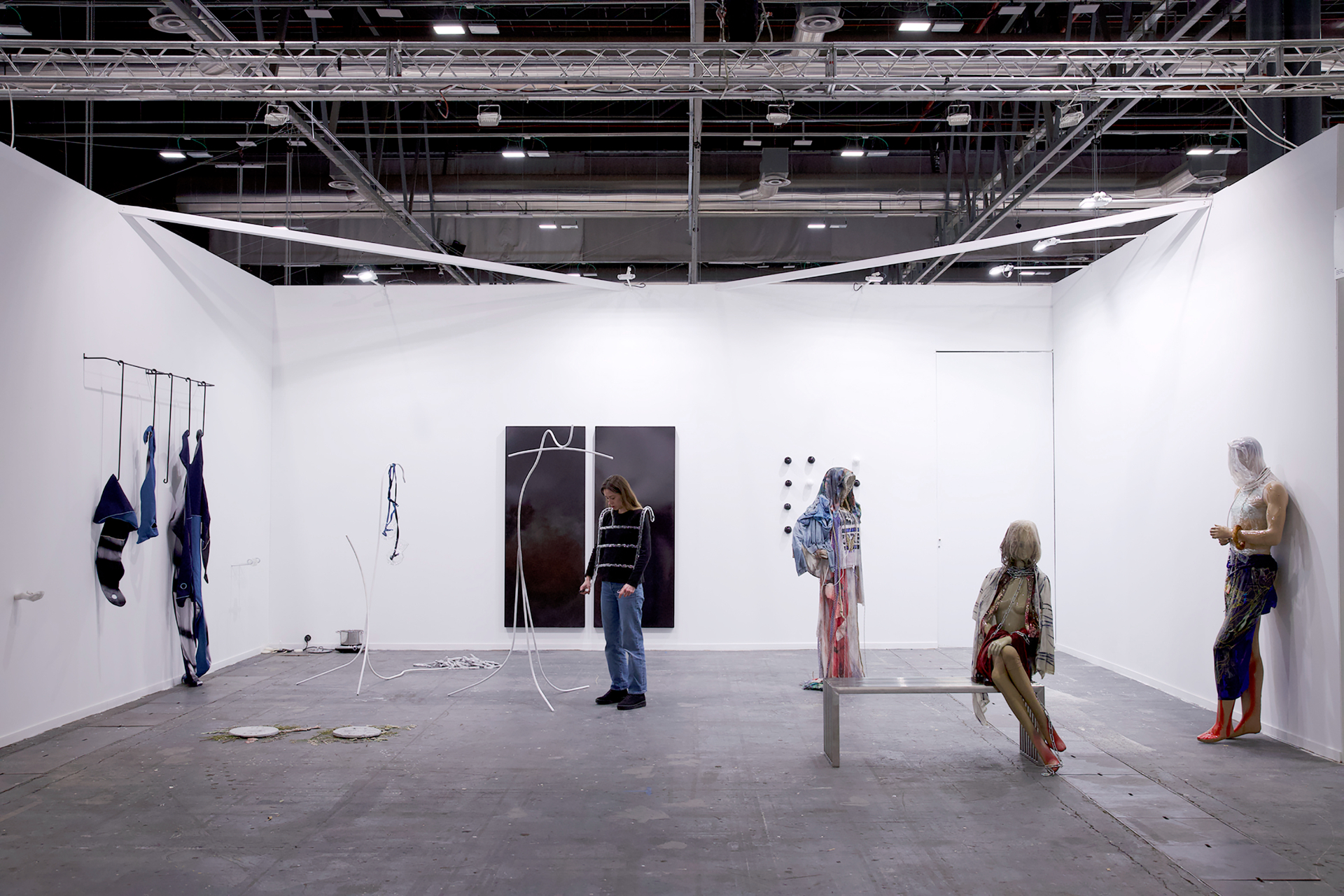
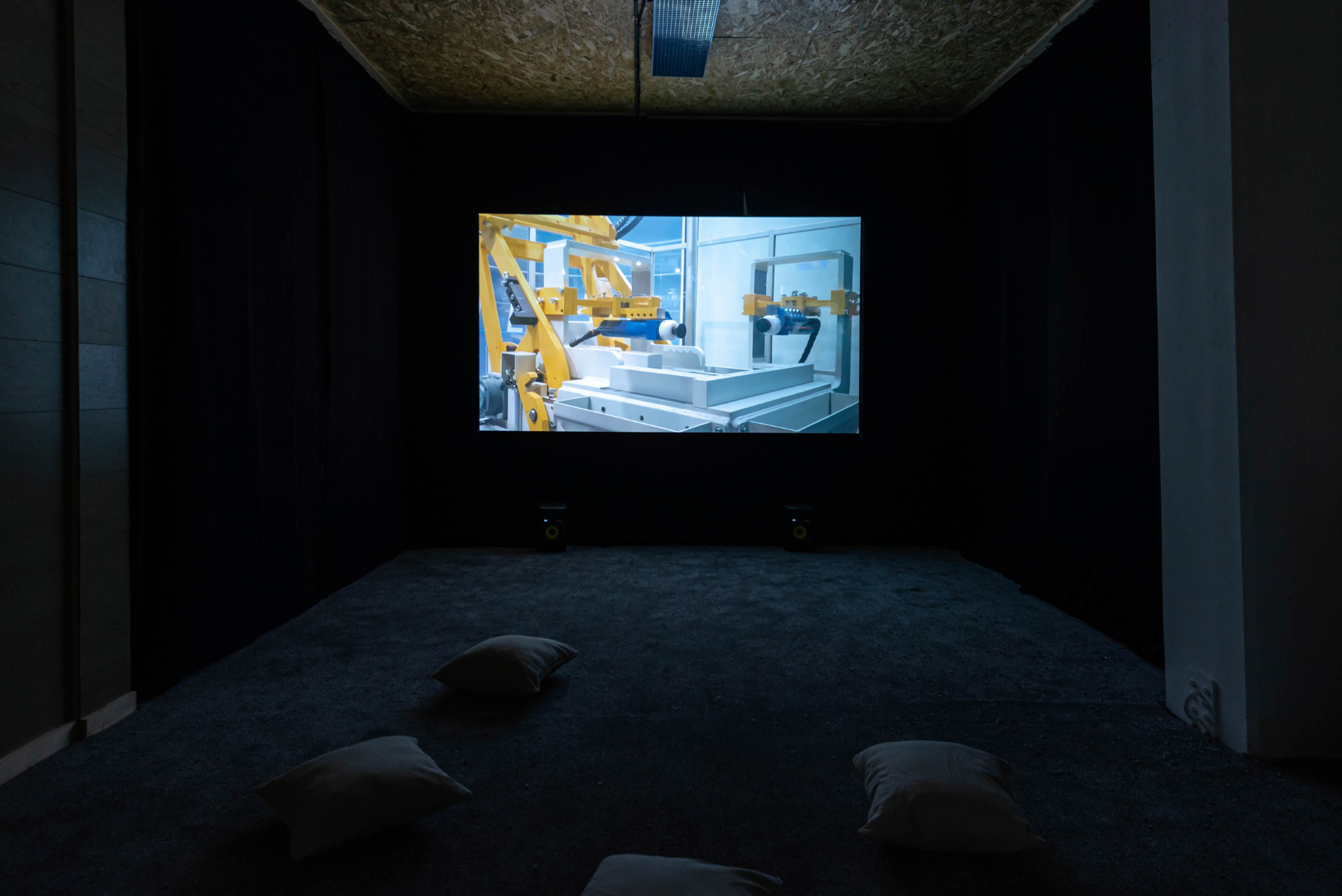


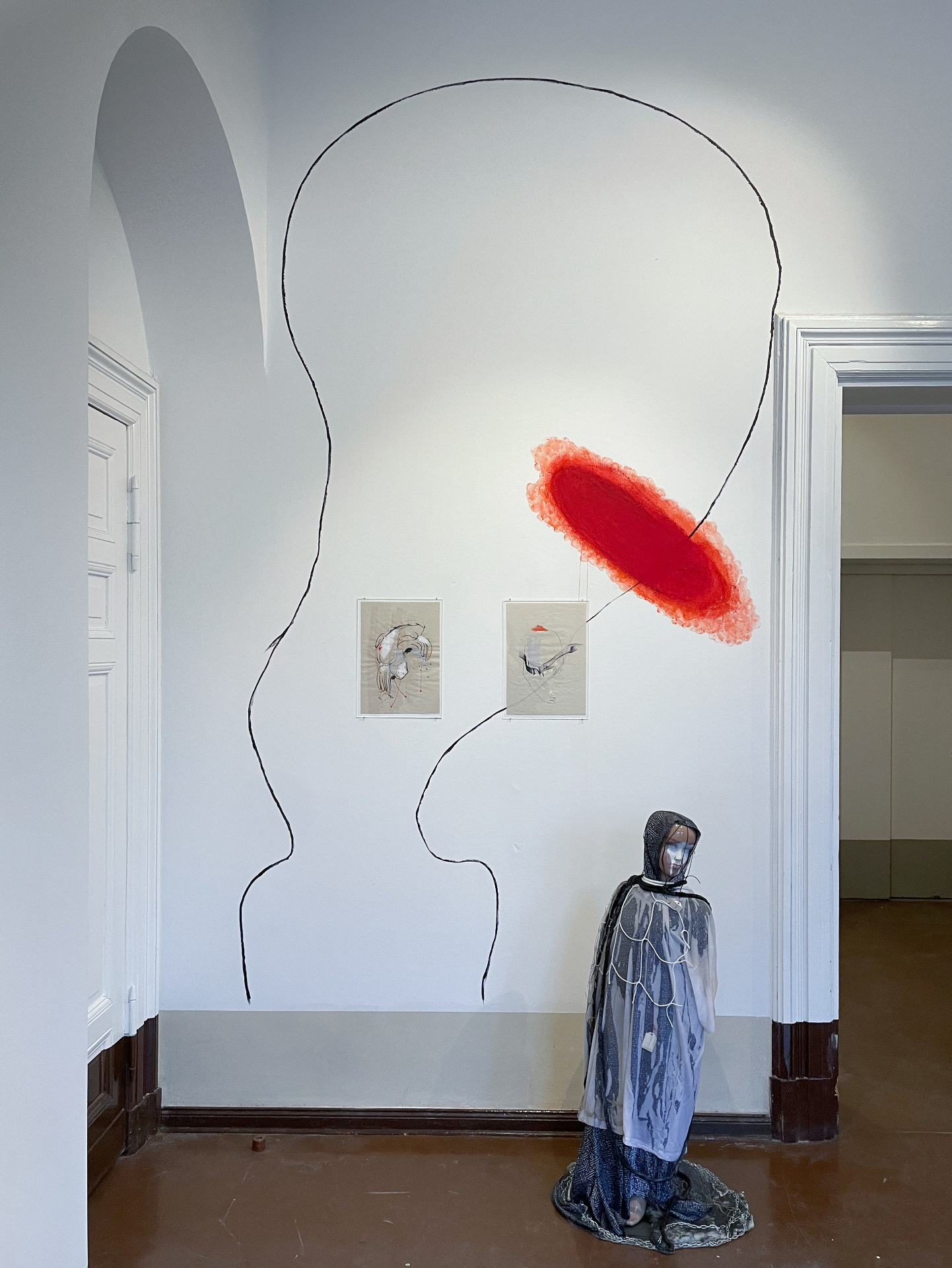


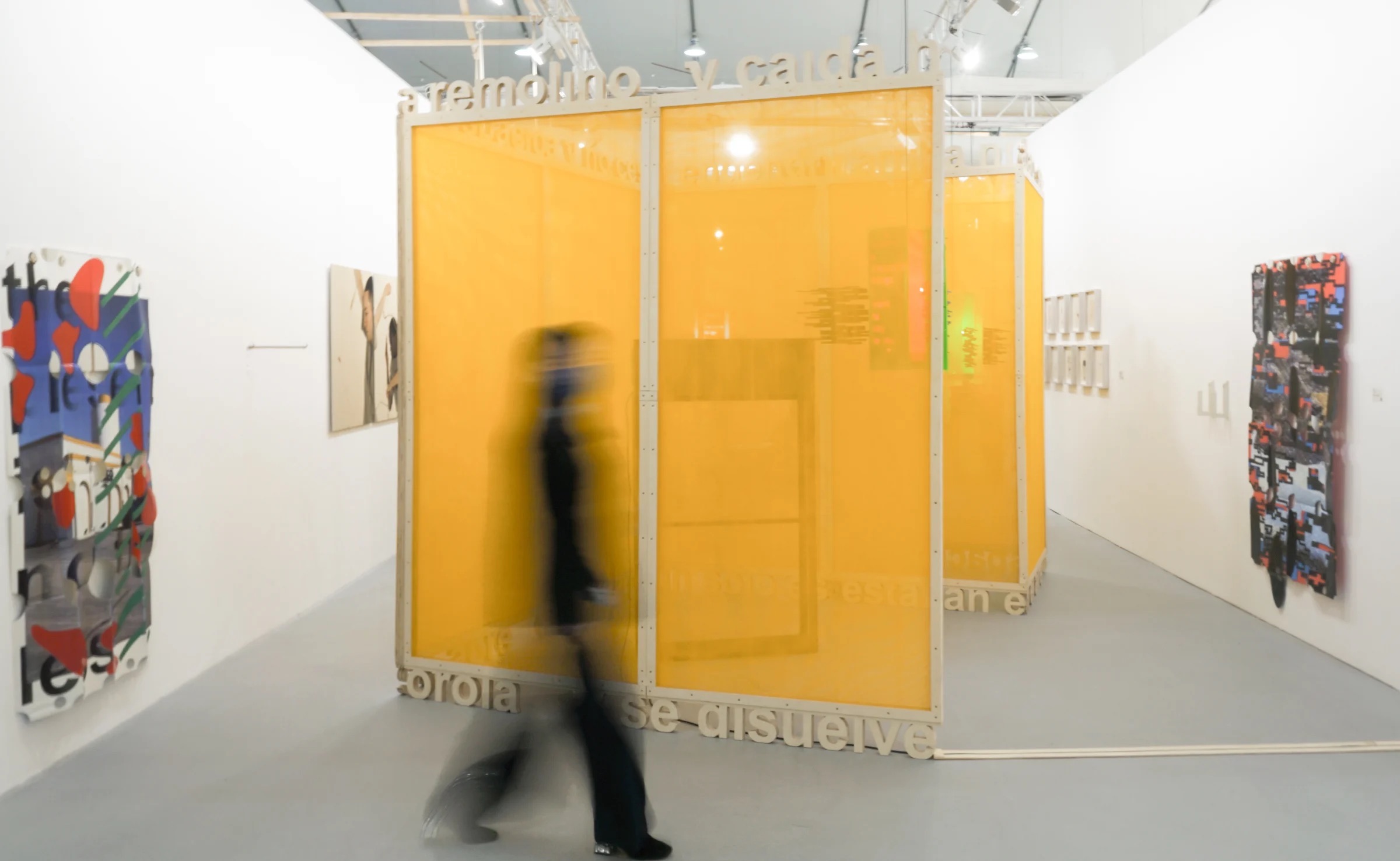
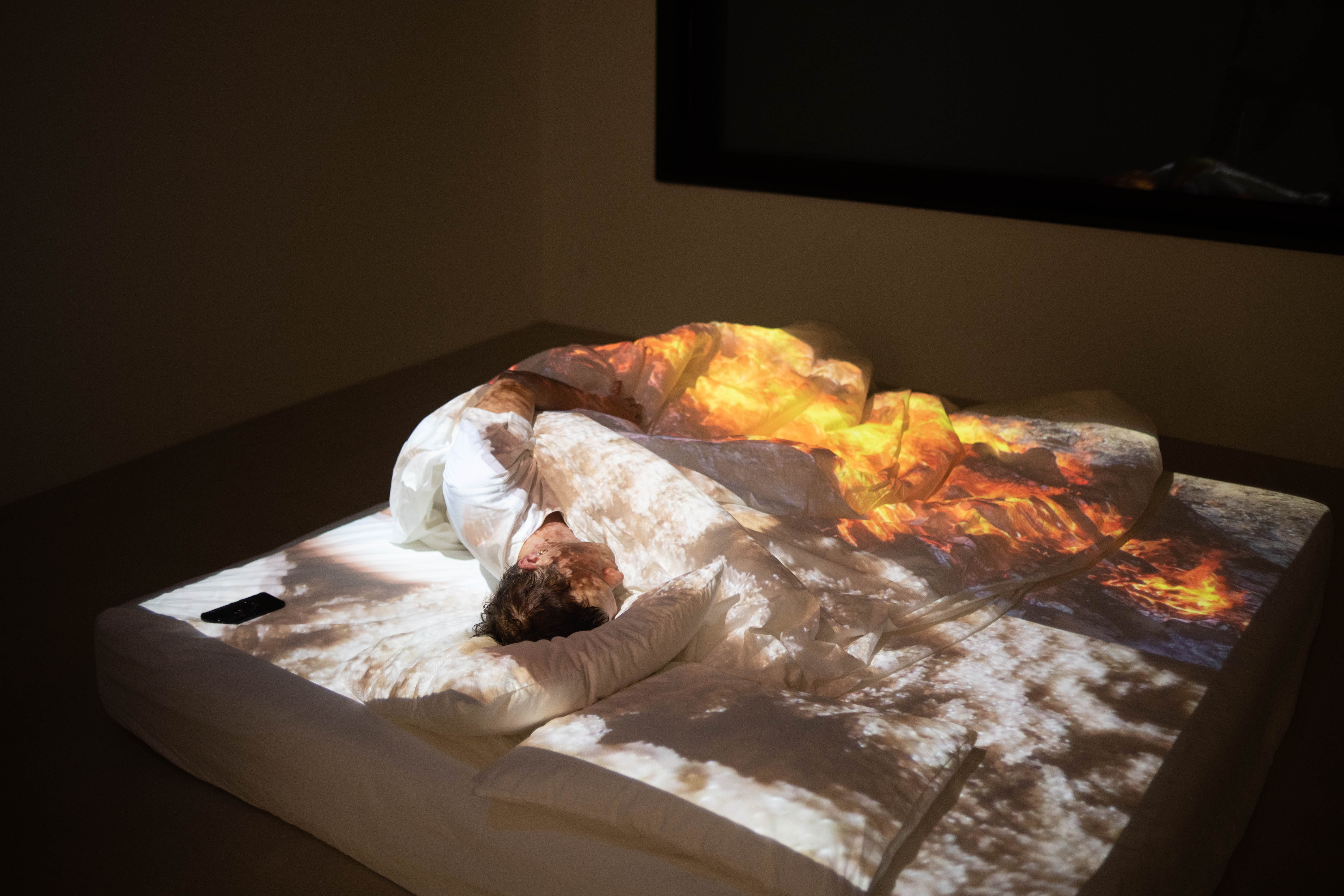
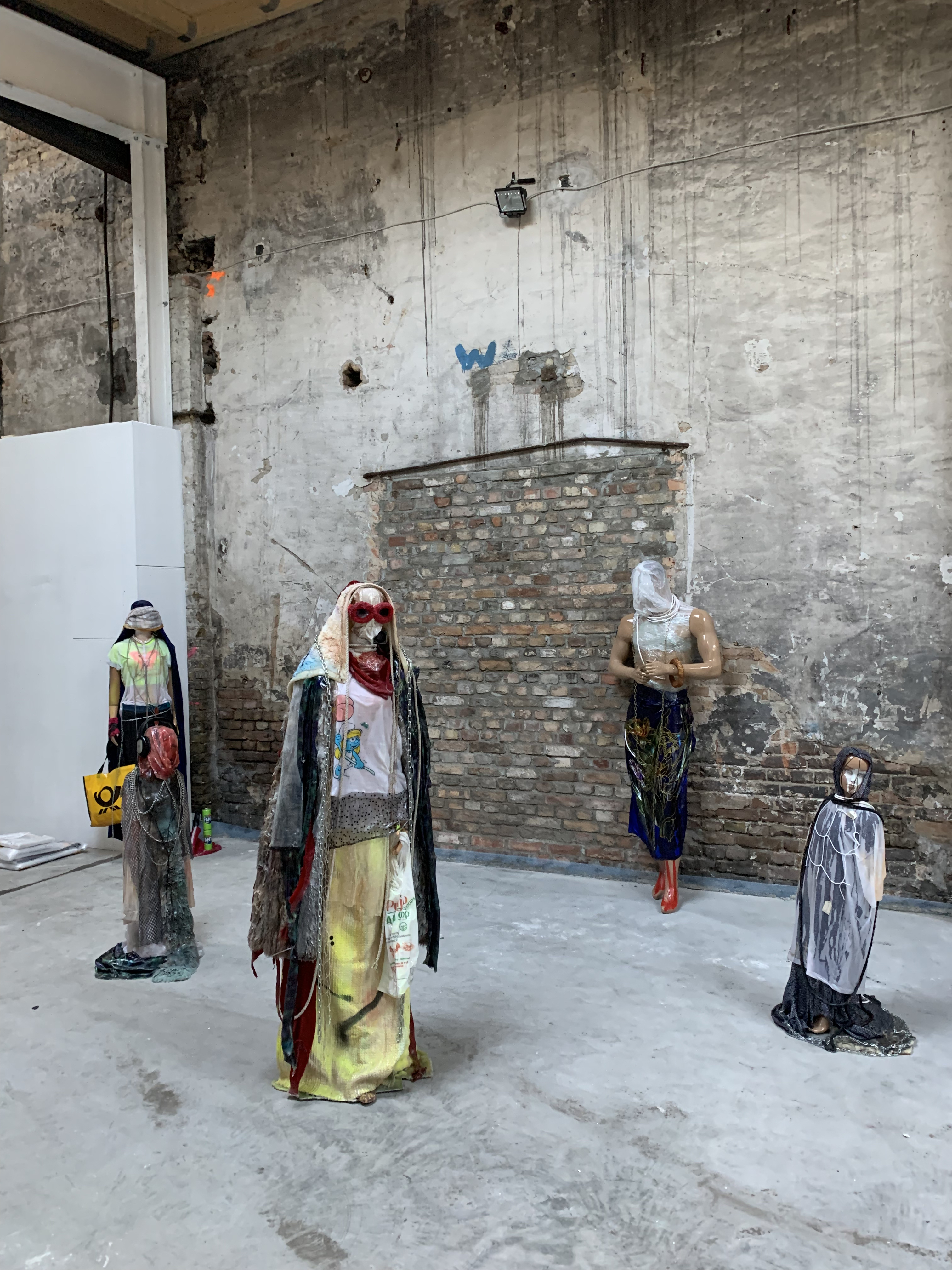

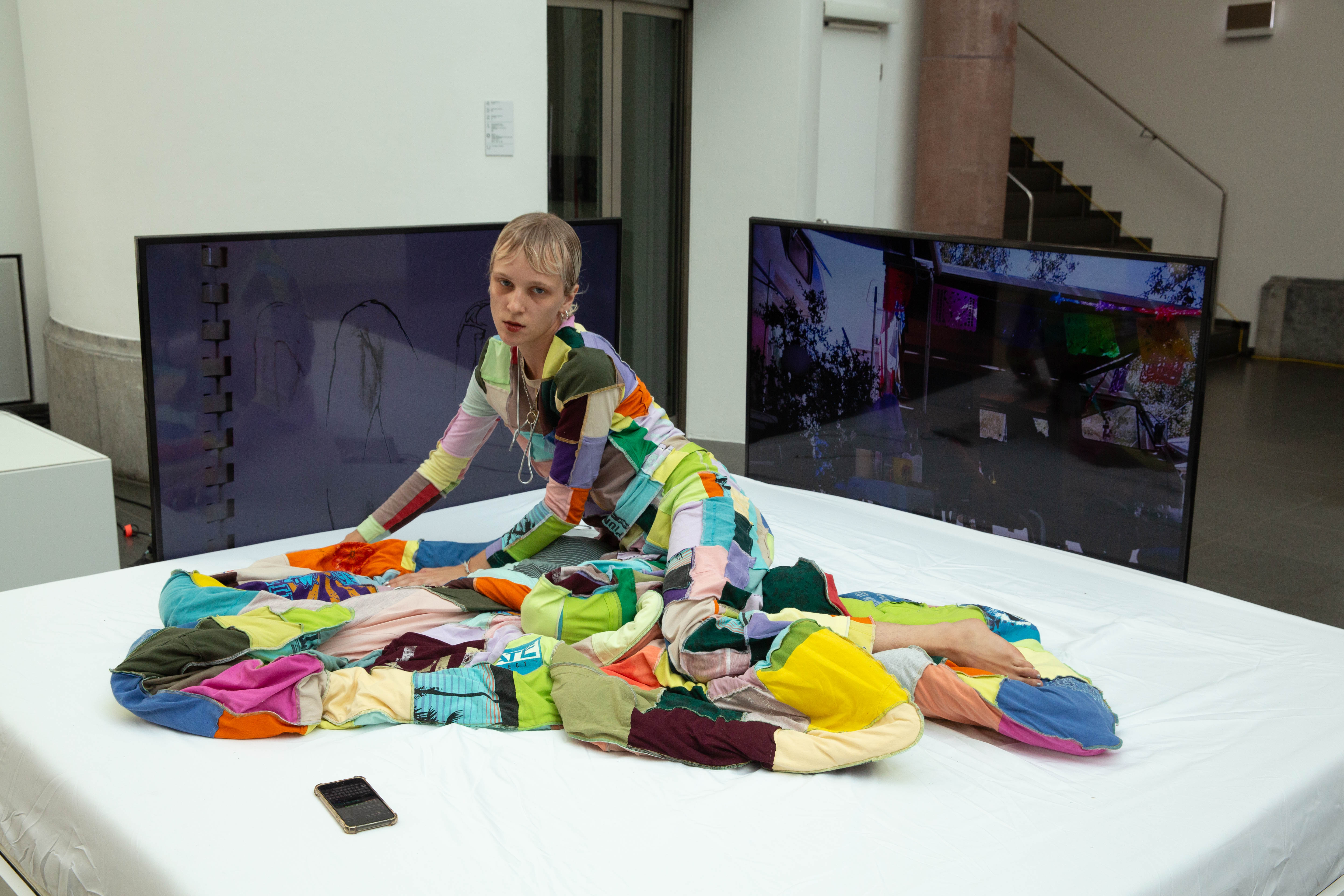

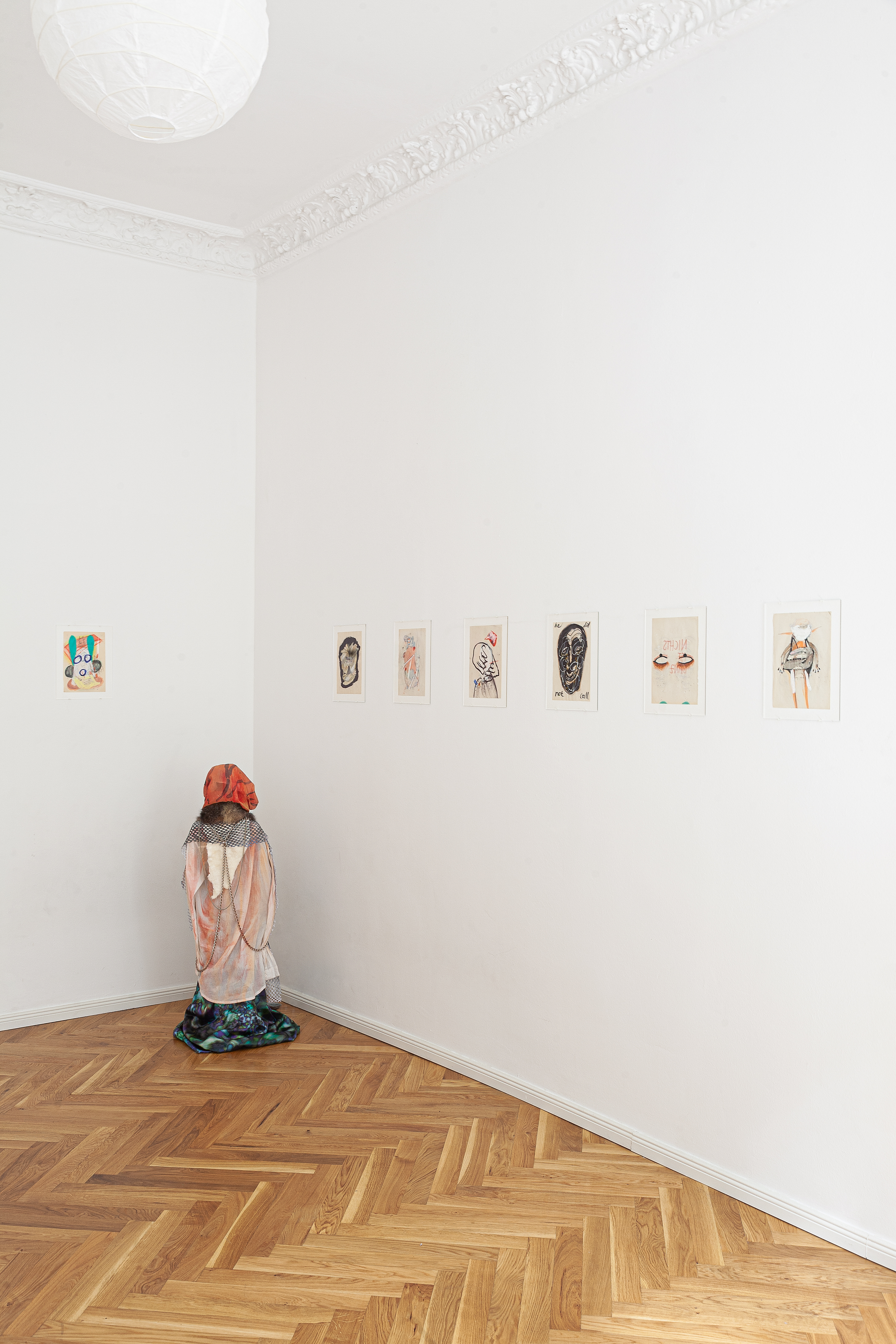
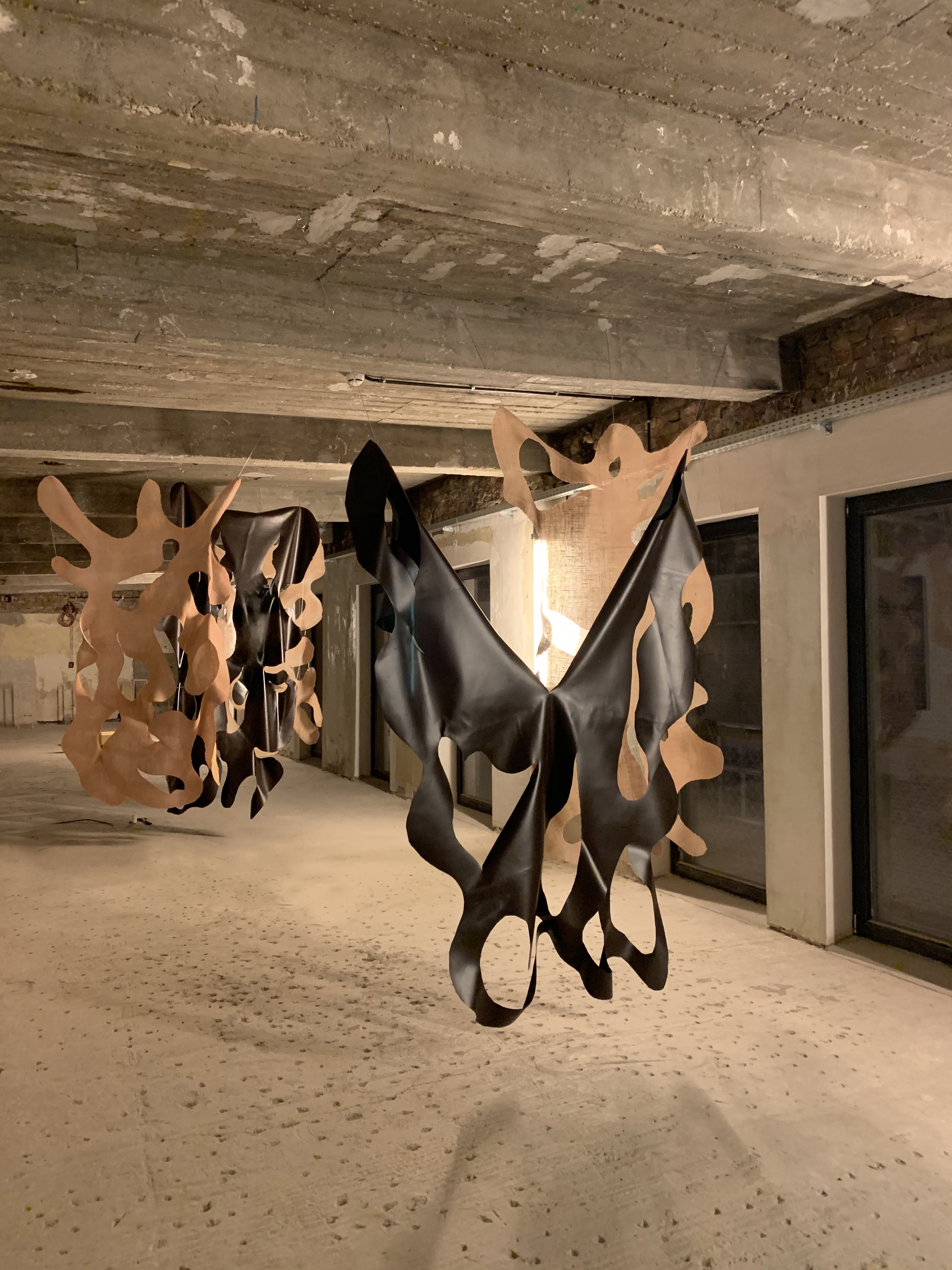
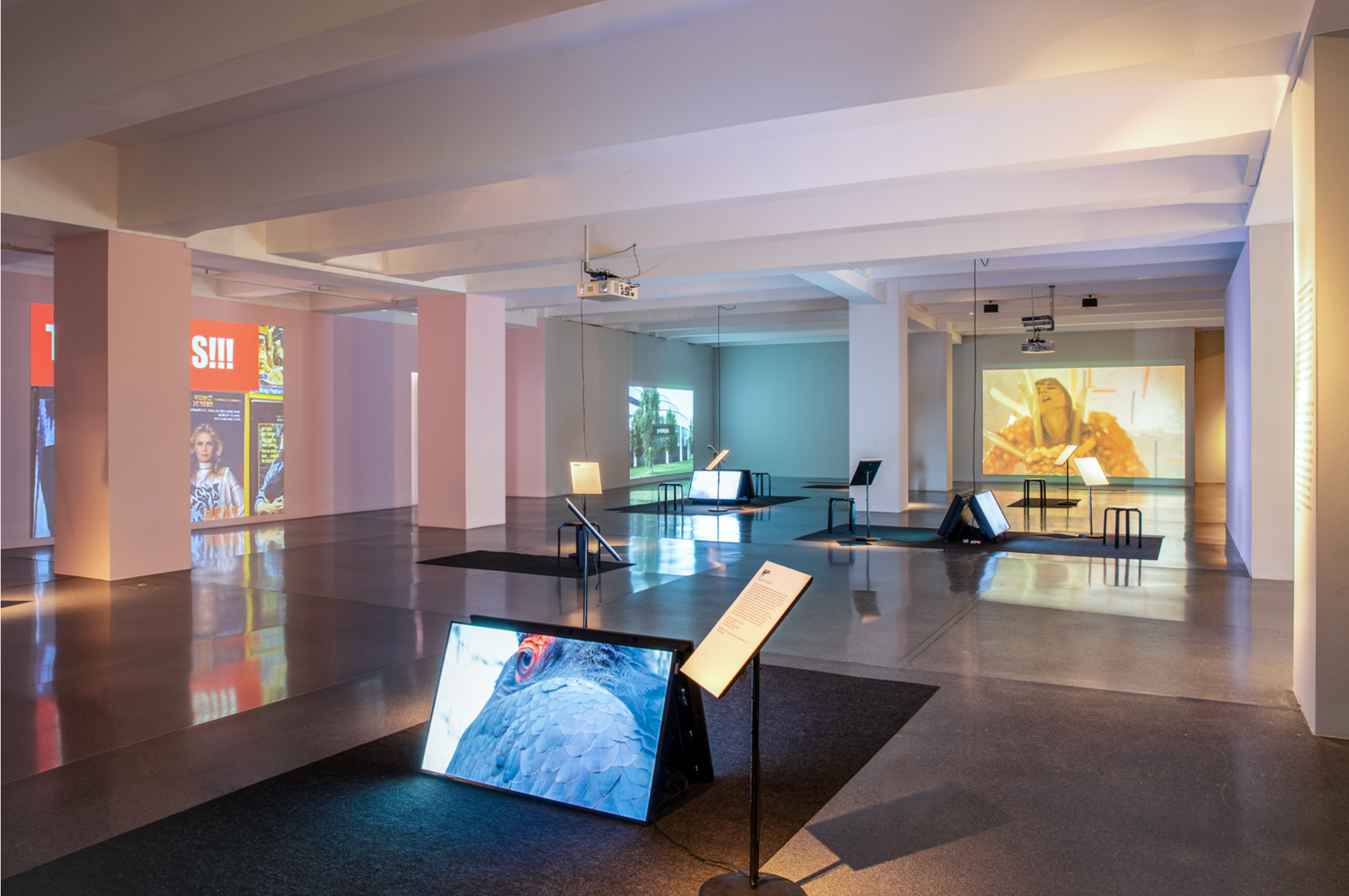

definitively_Goeben_Berlin_2020_00003.JPG)
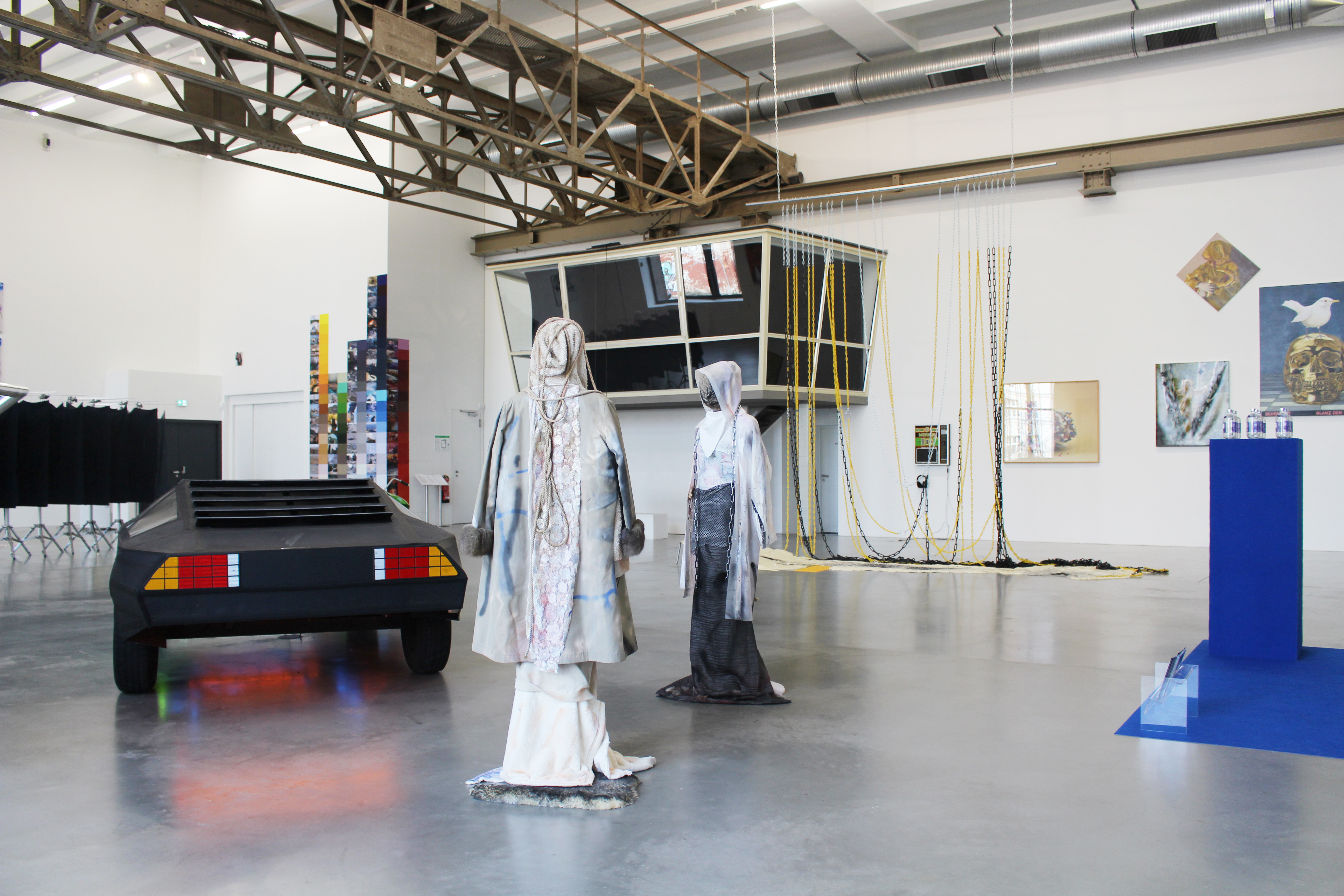
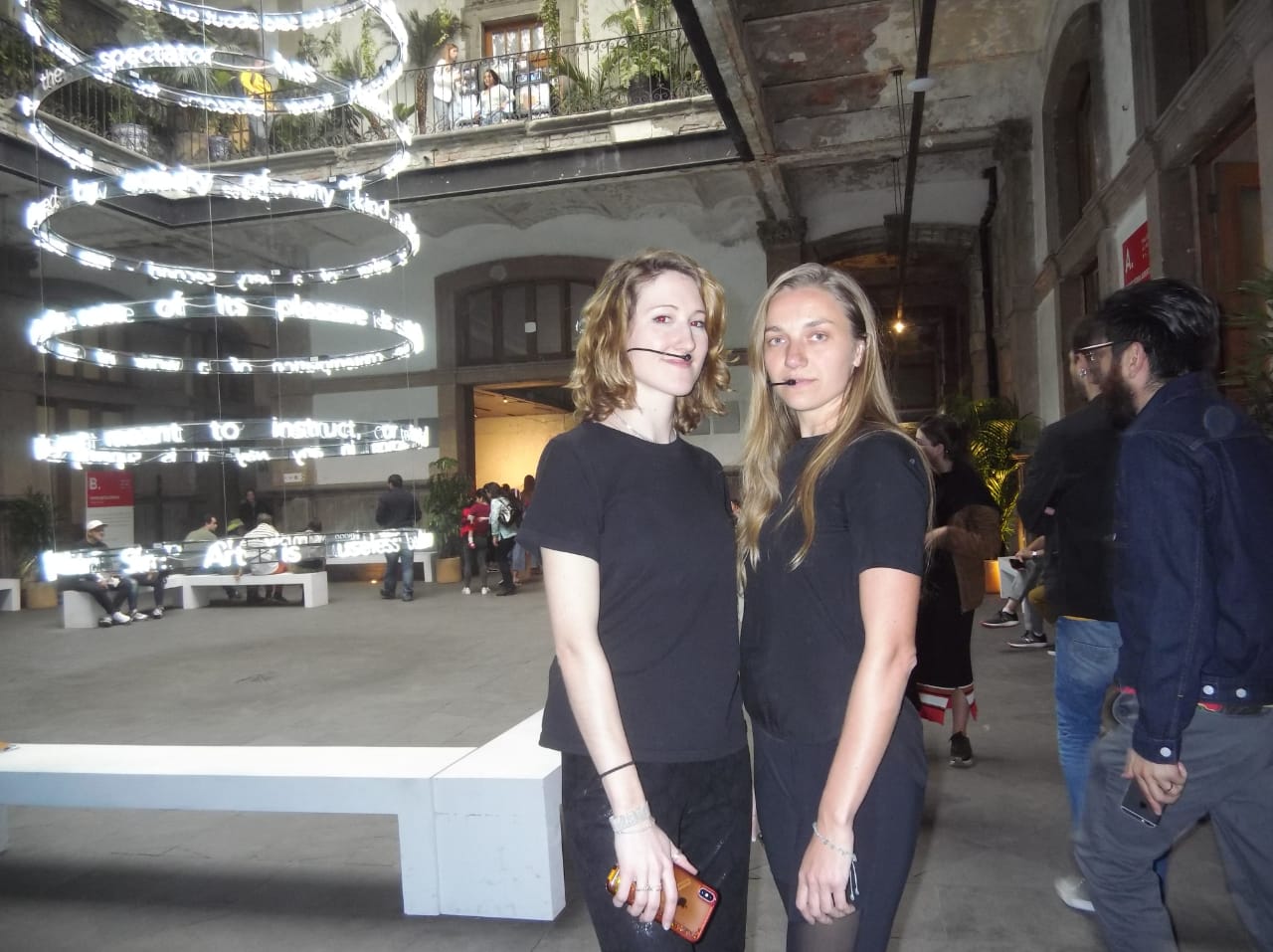
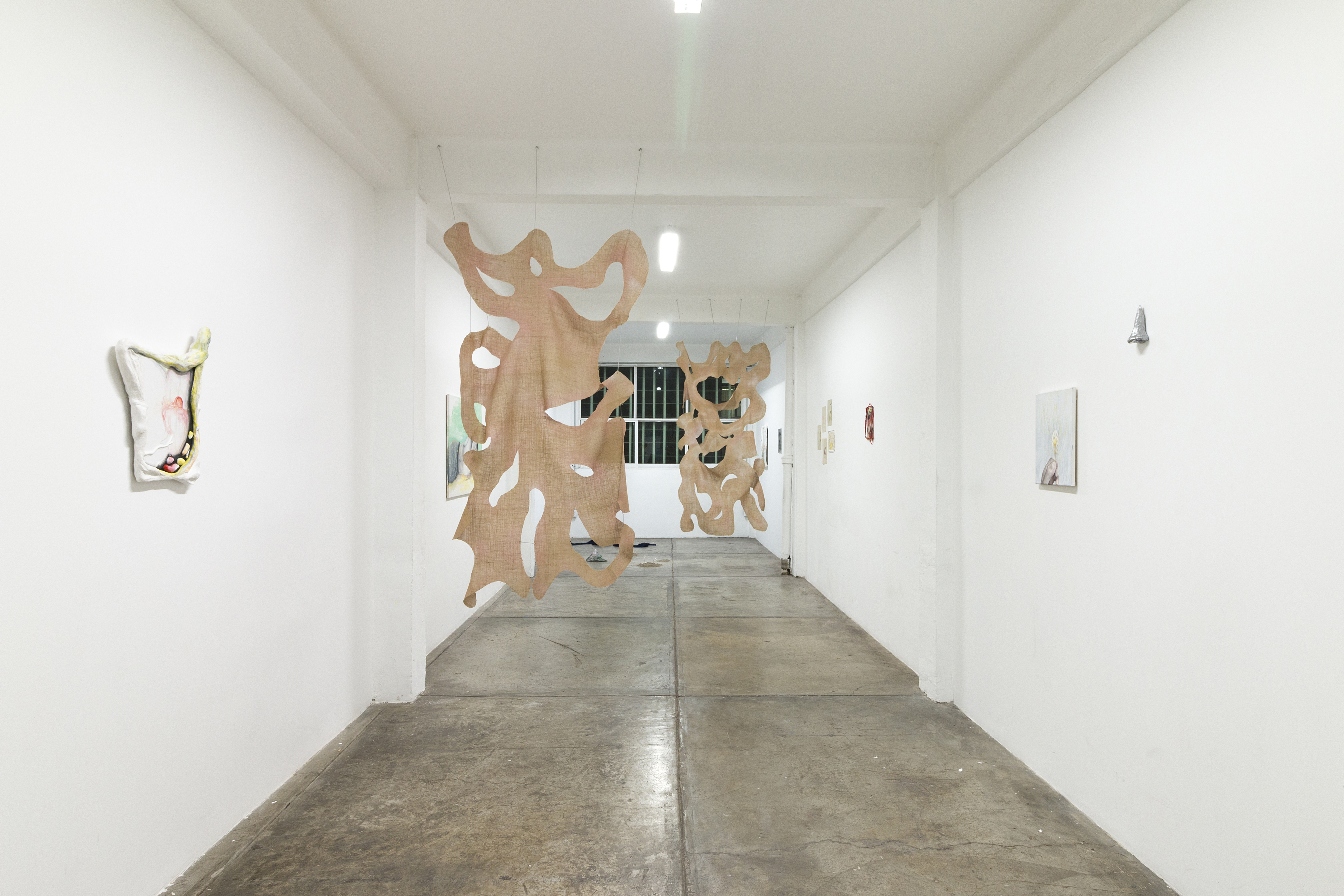
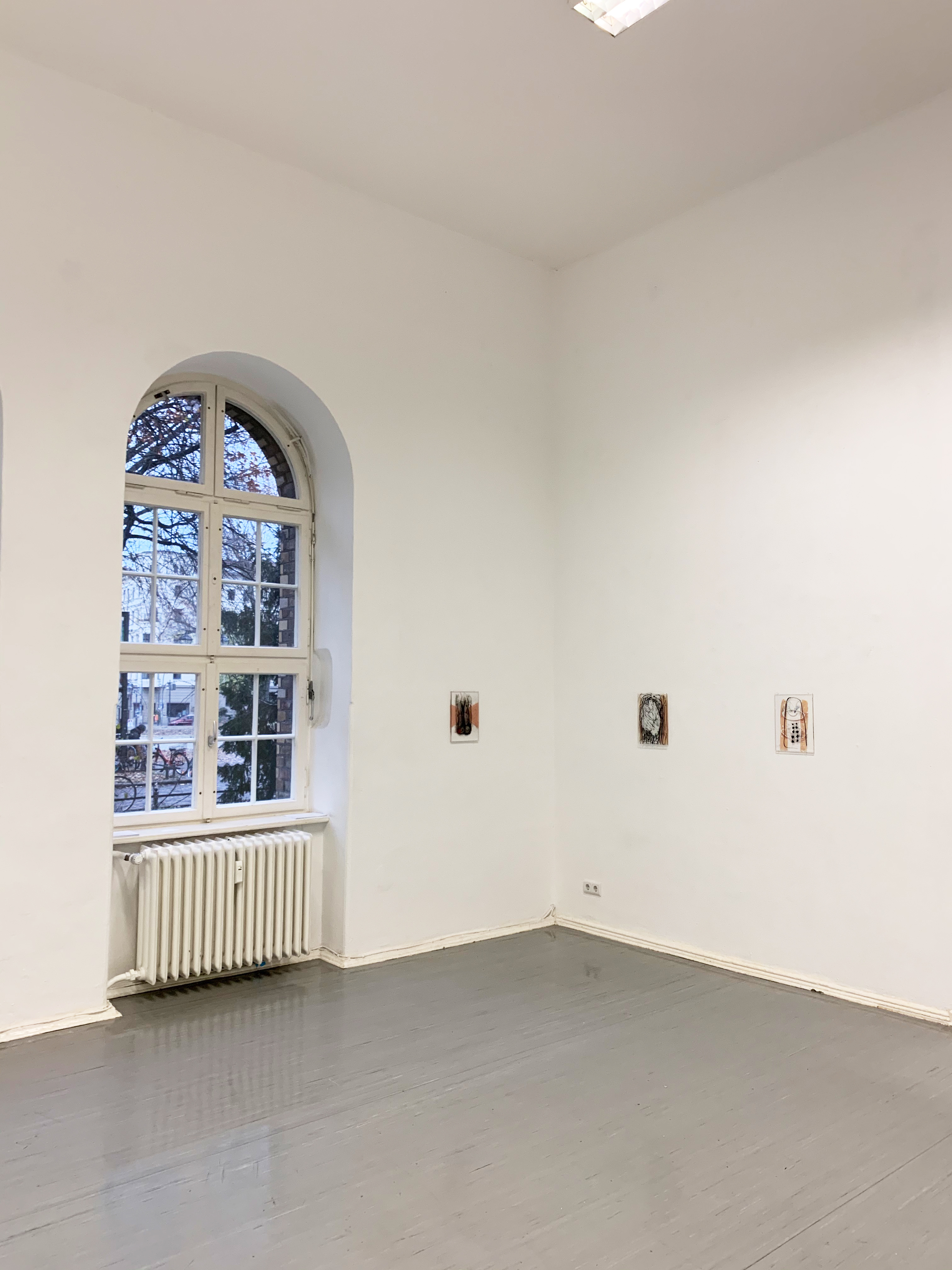
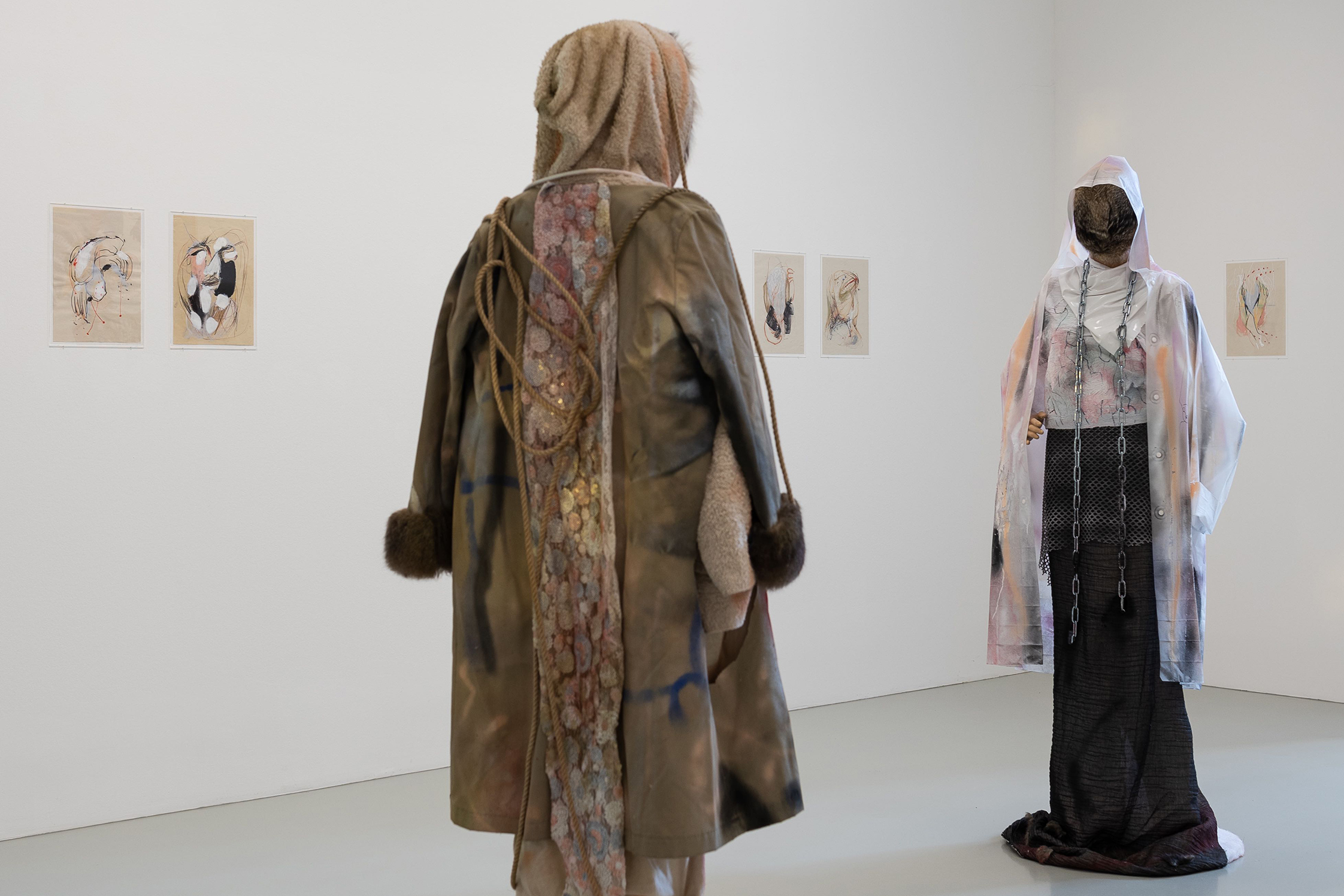


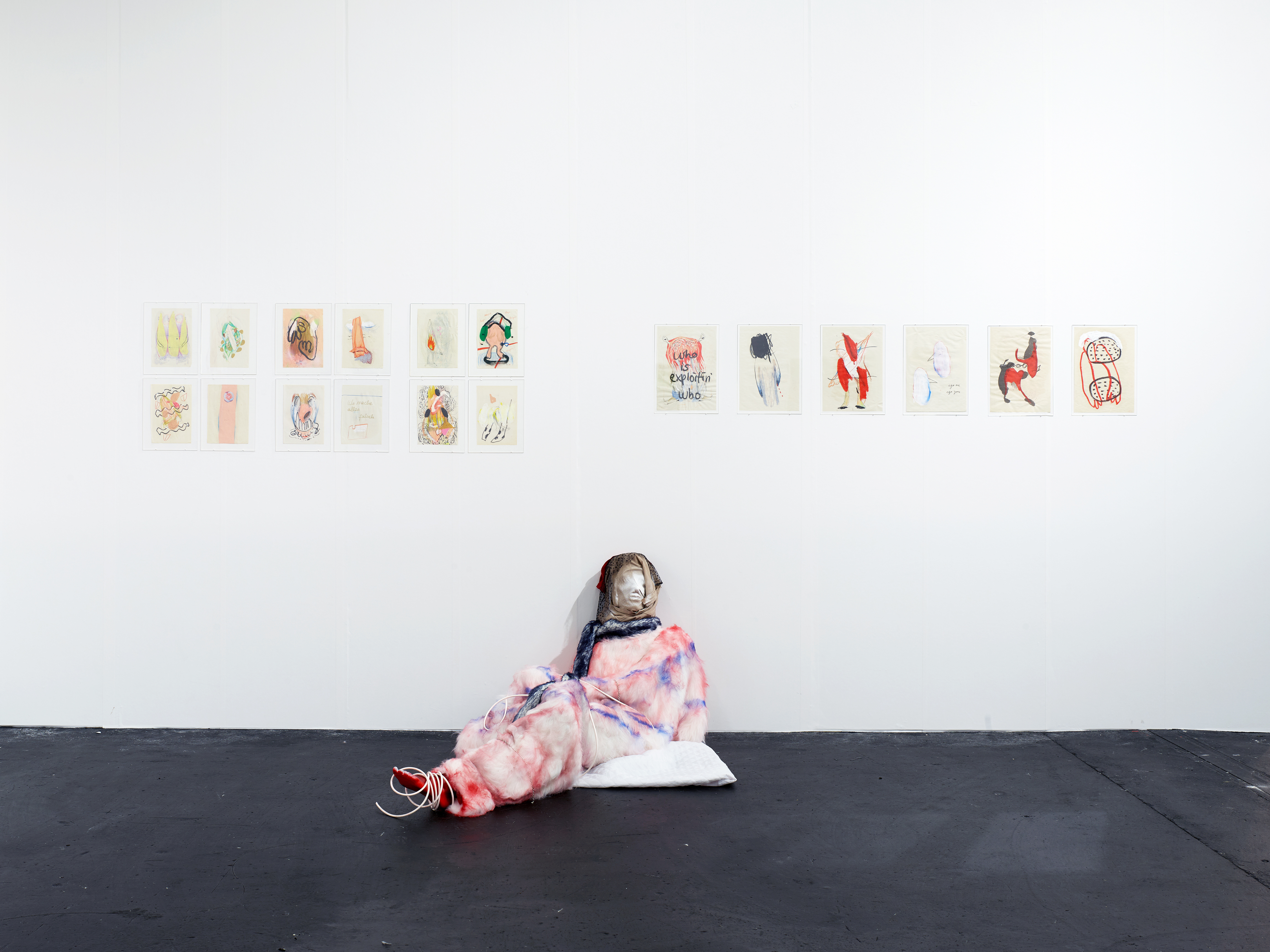
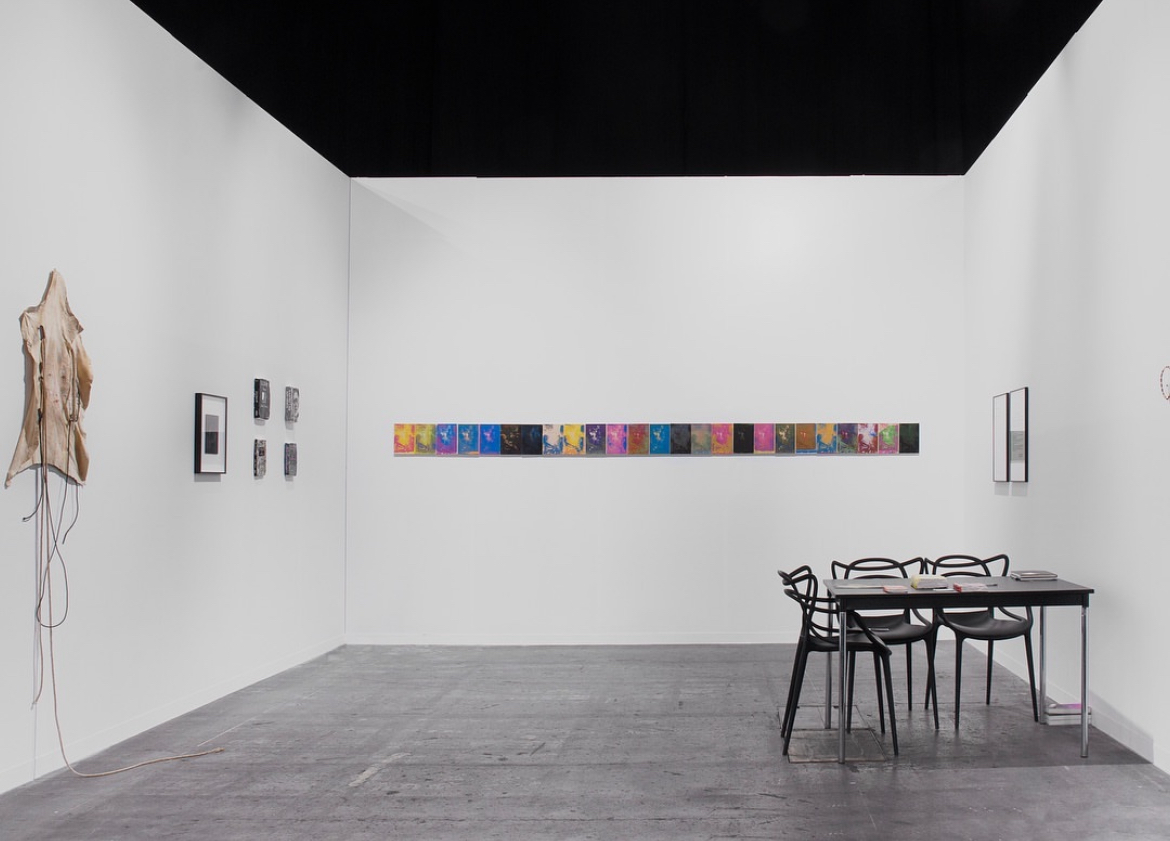

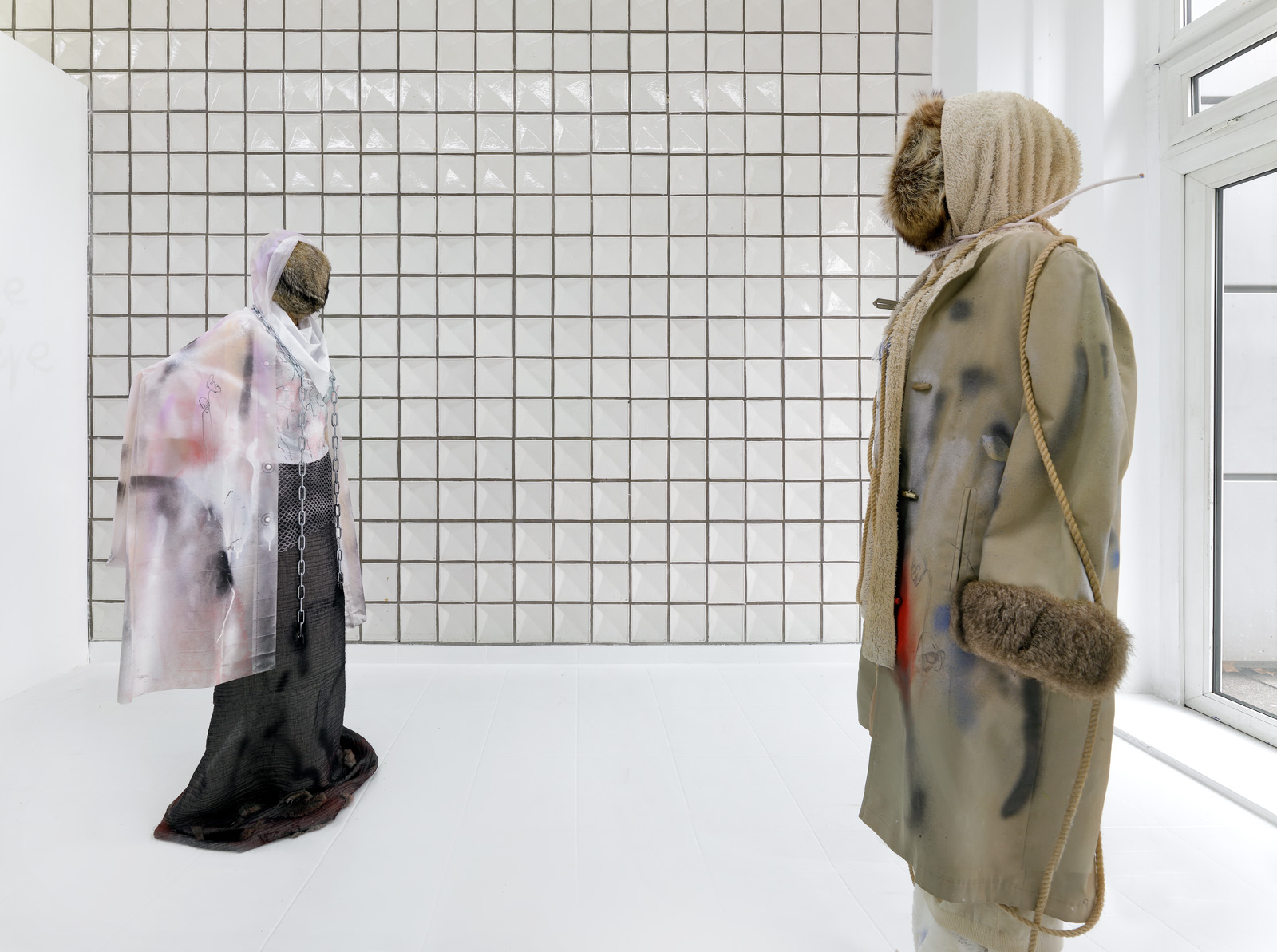

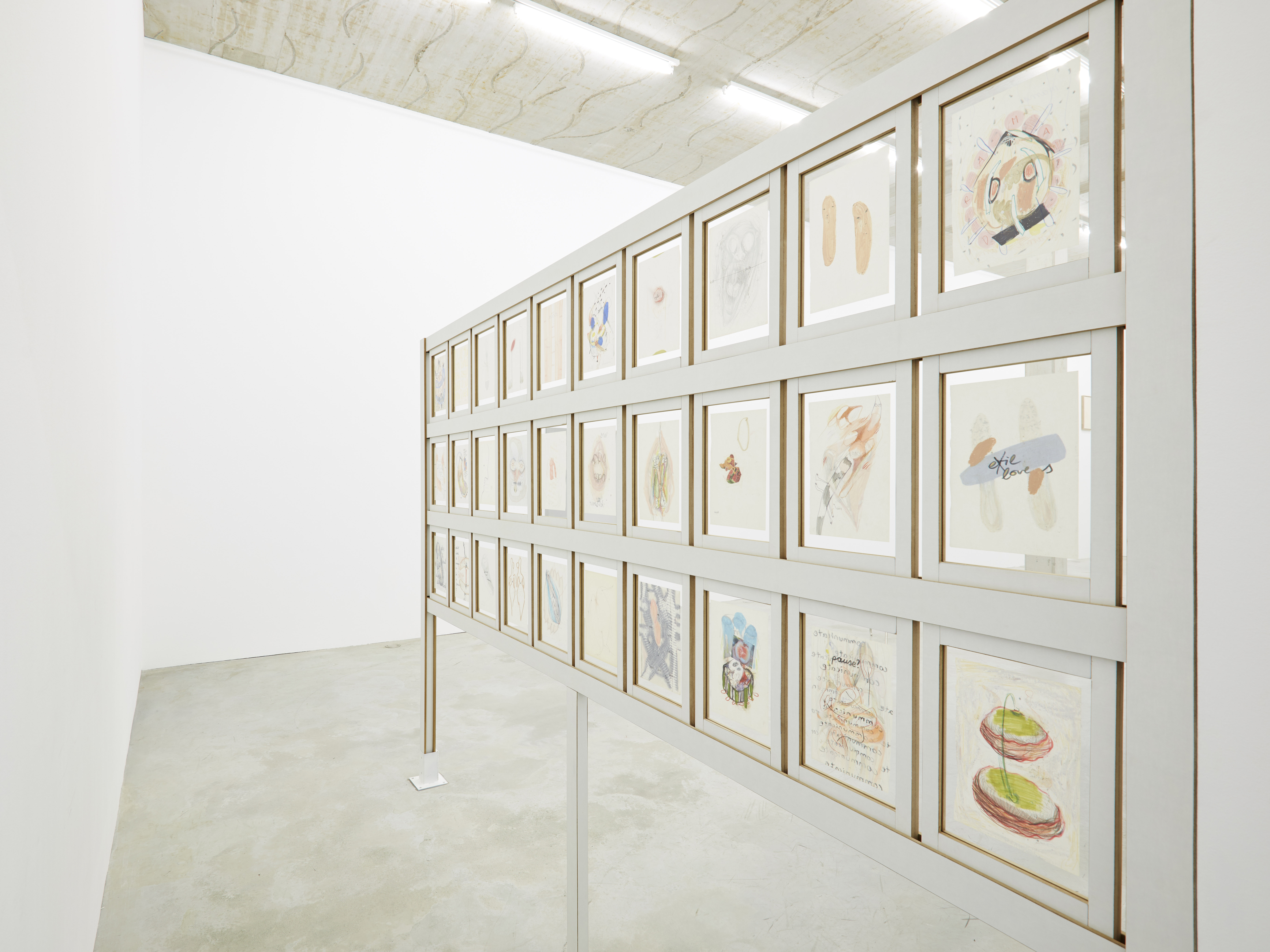

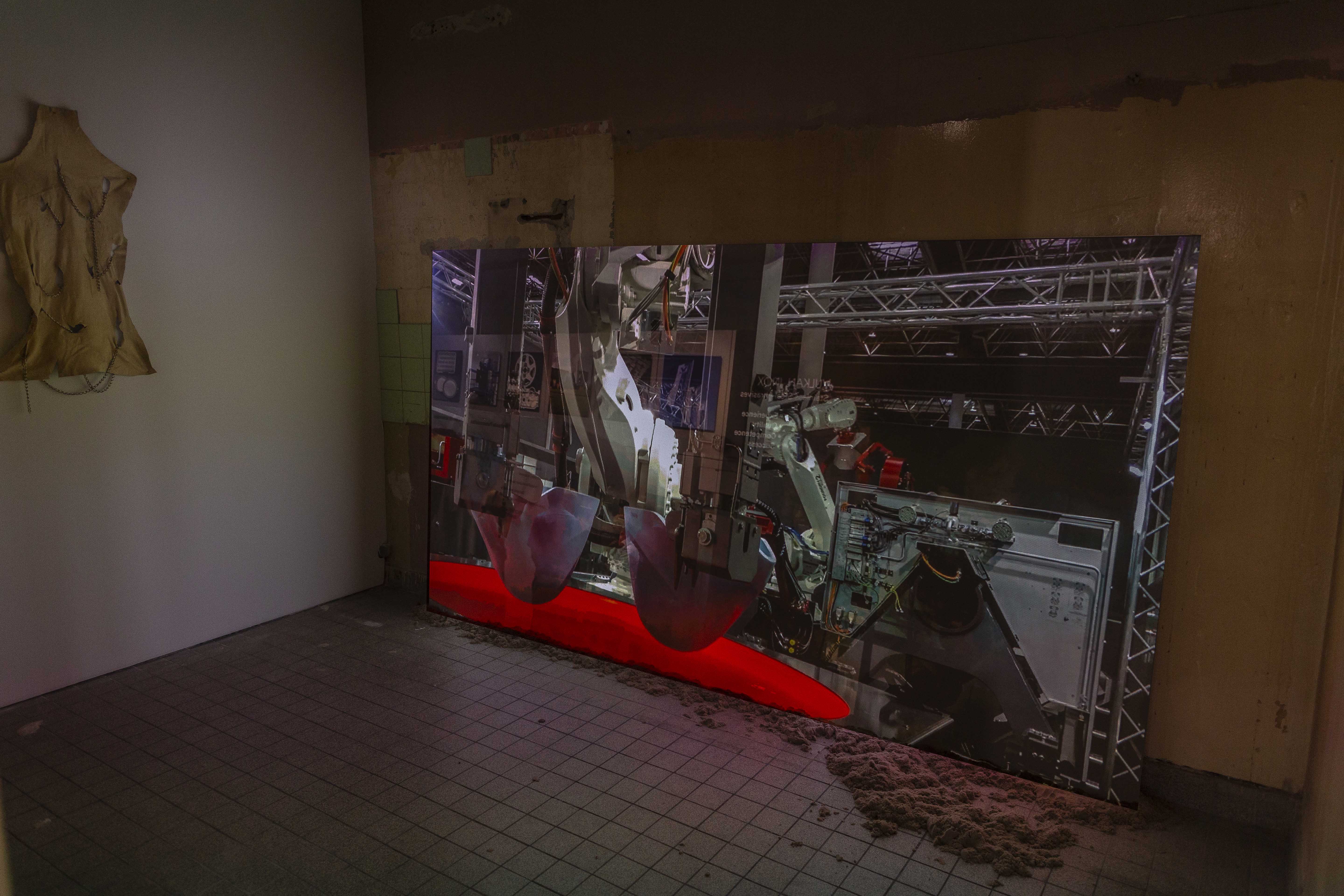

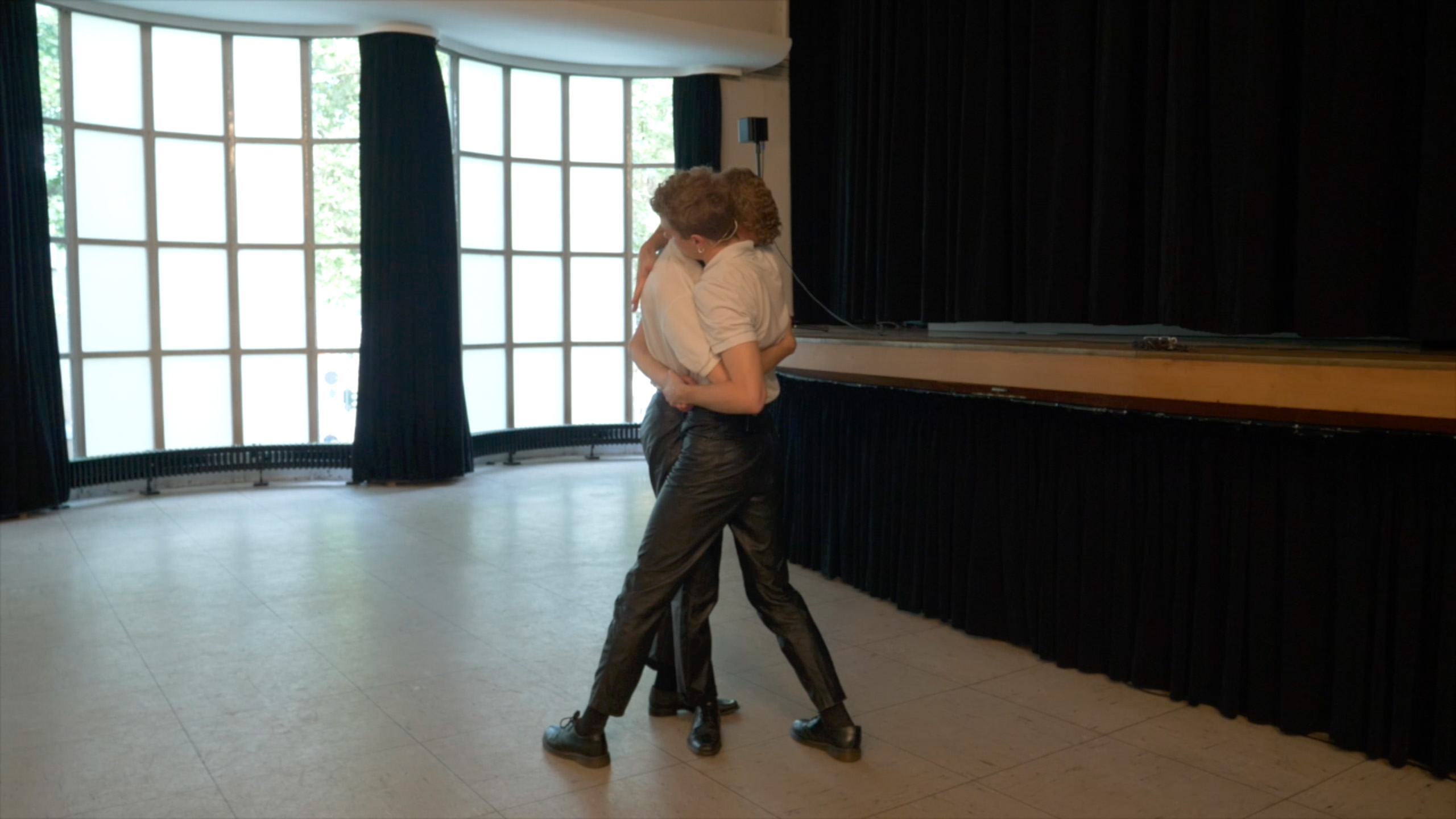
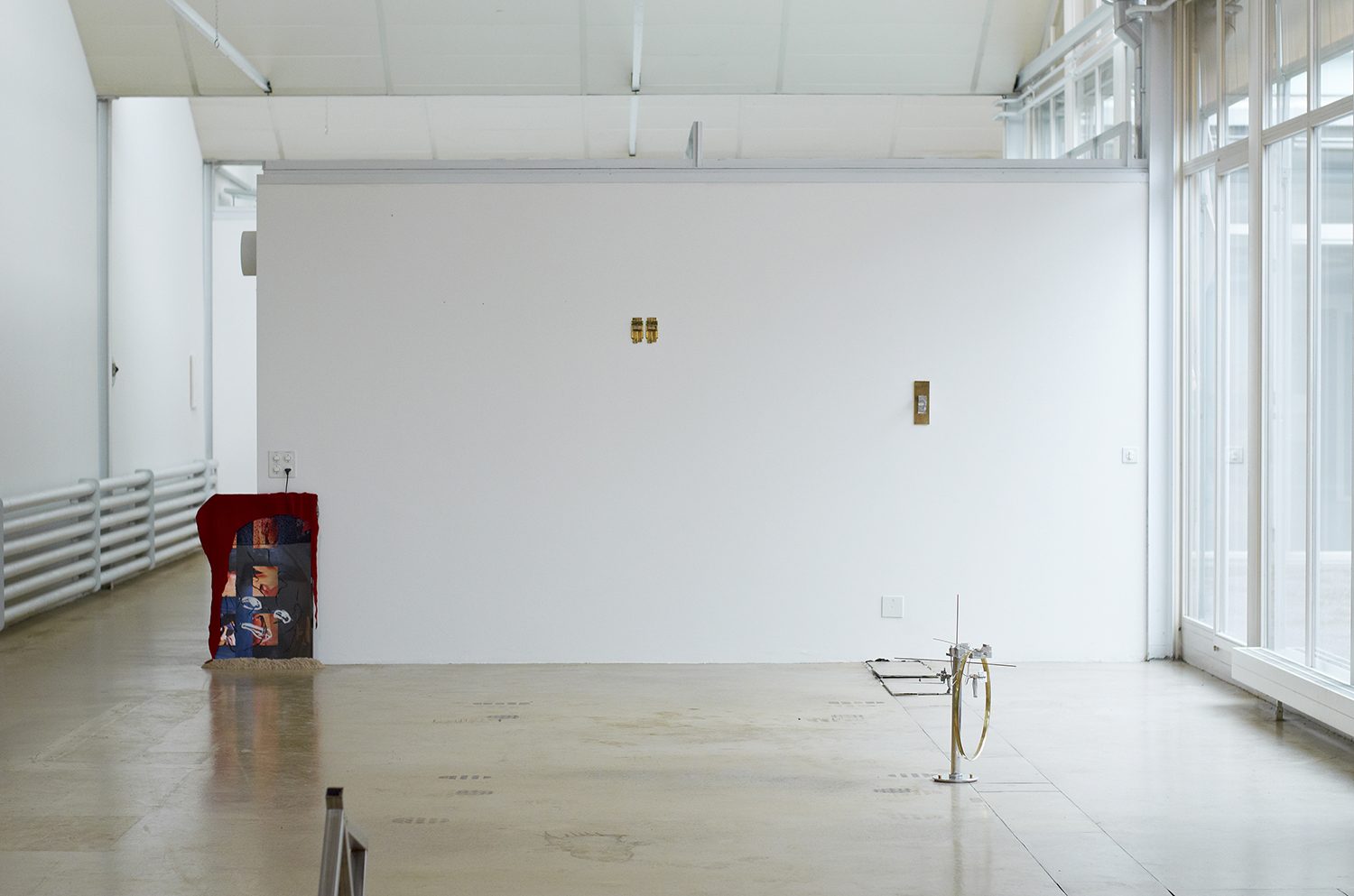


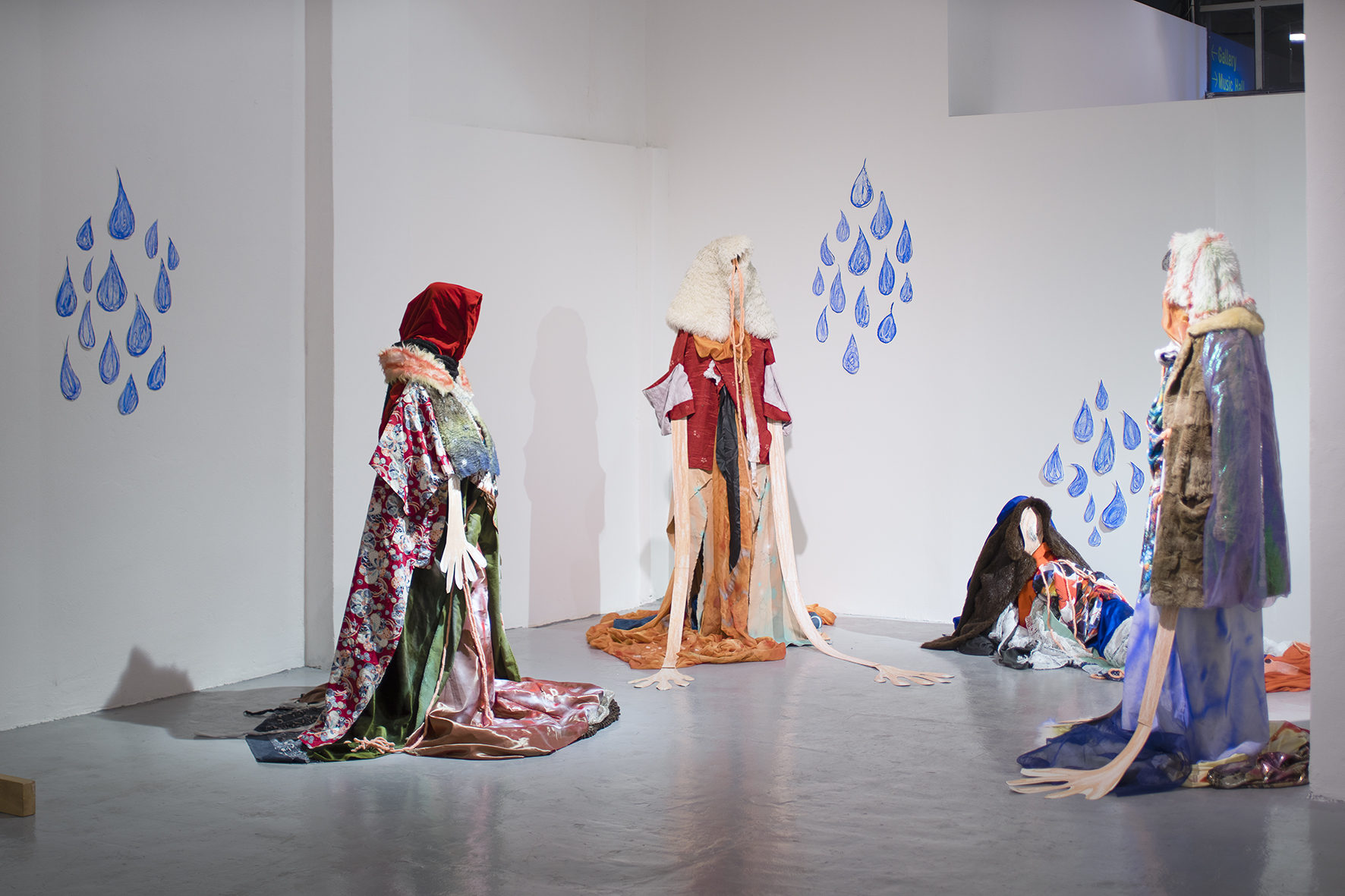
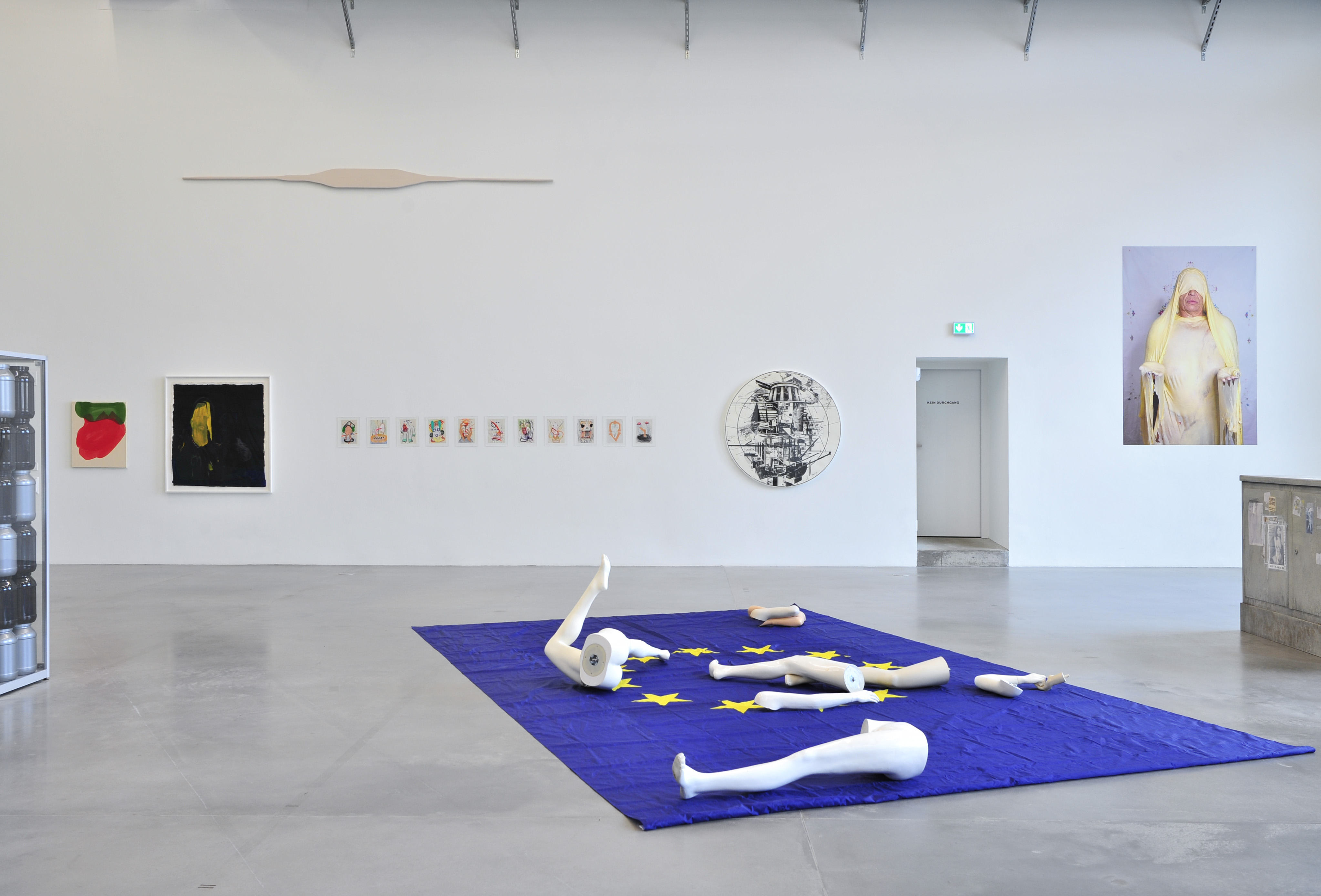


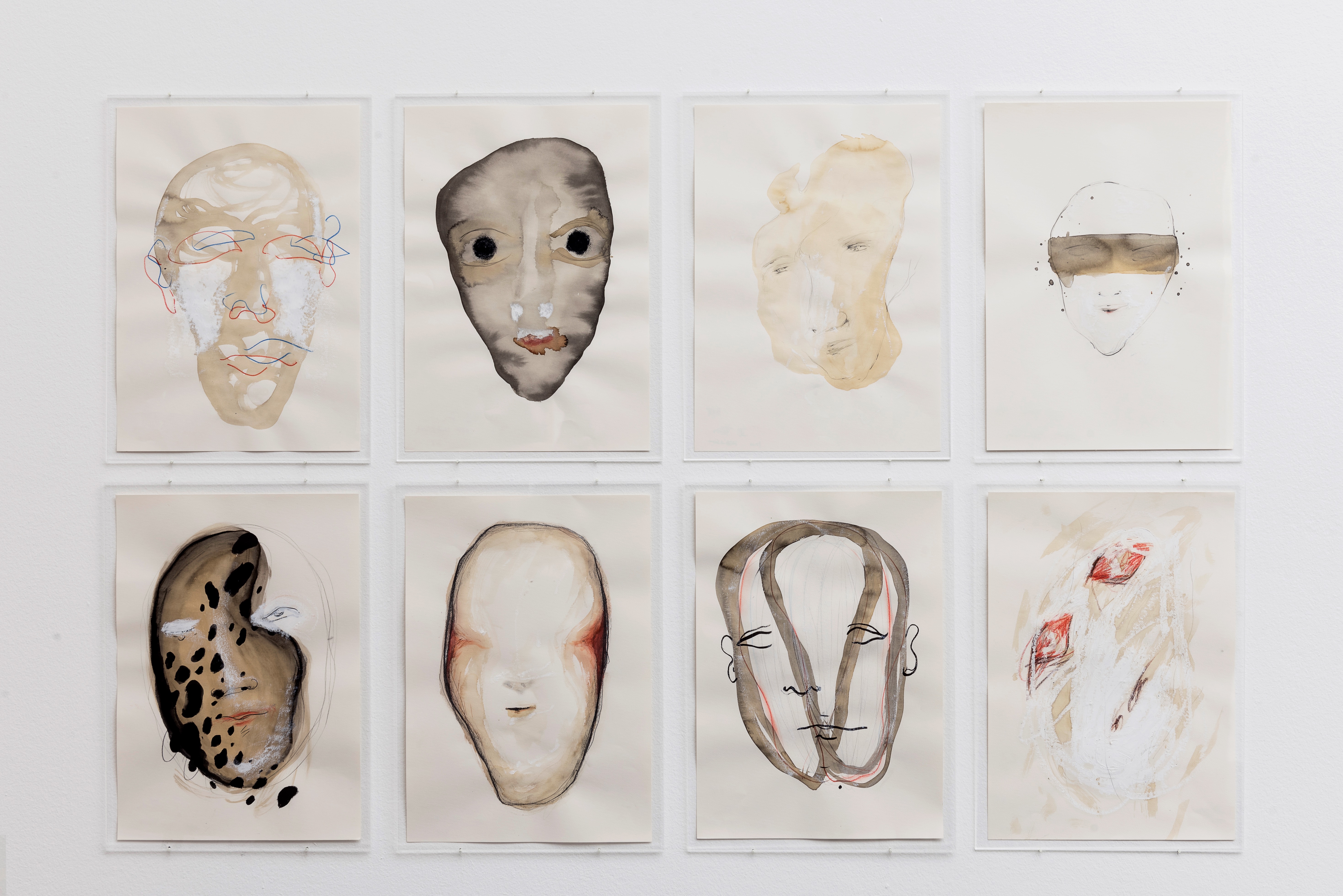

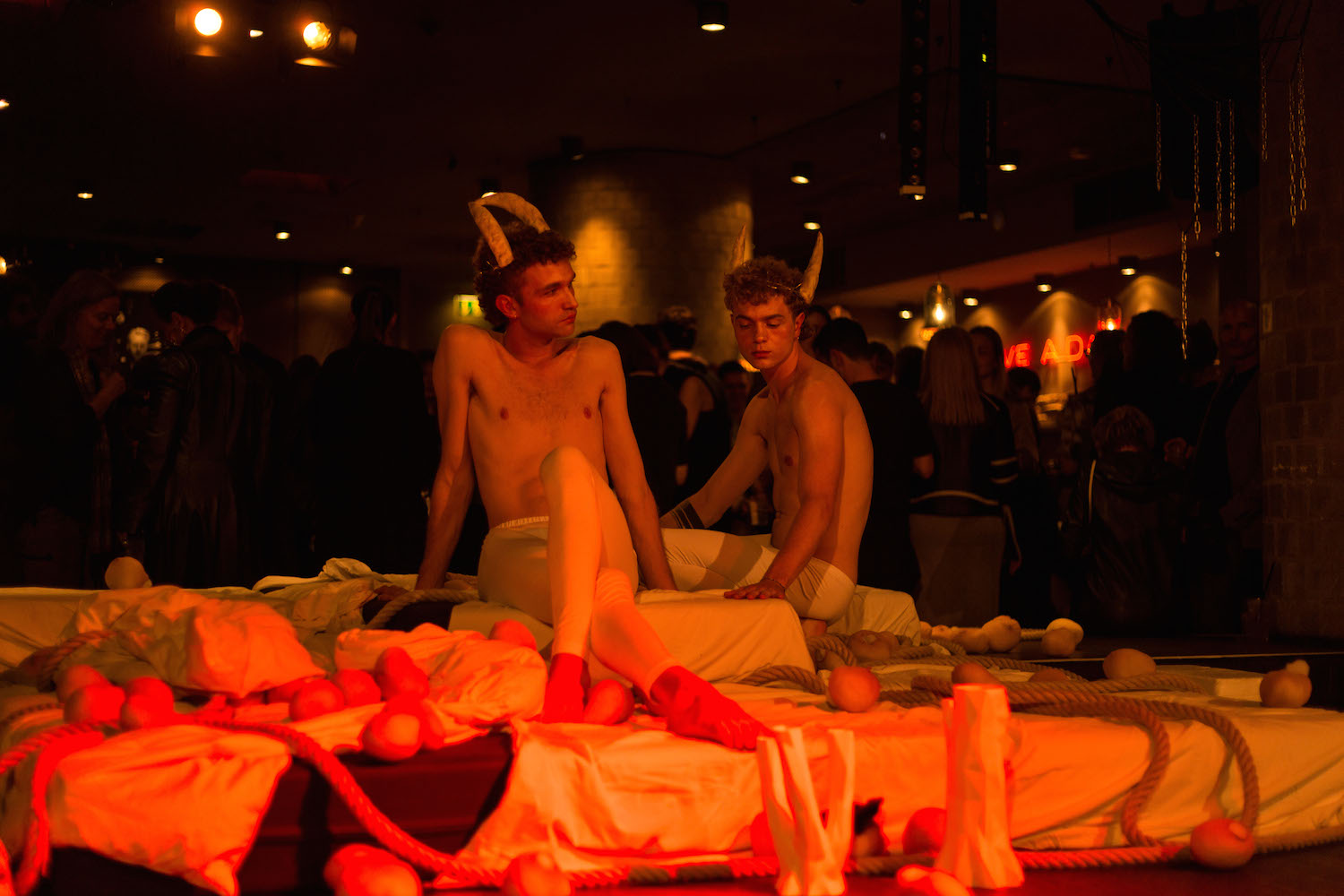
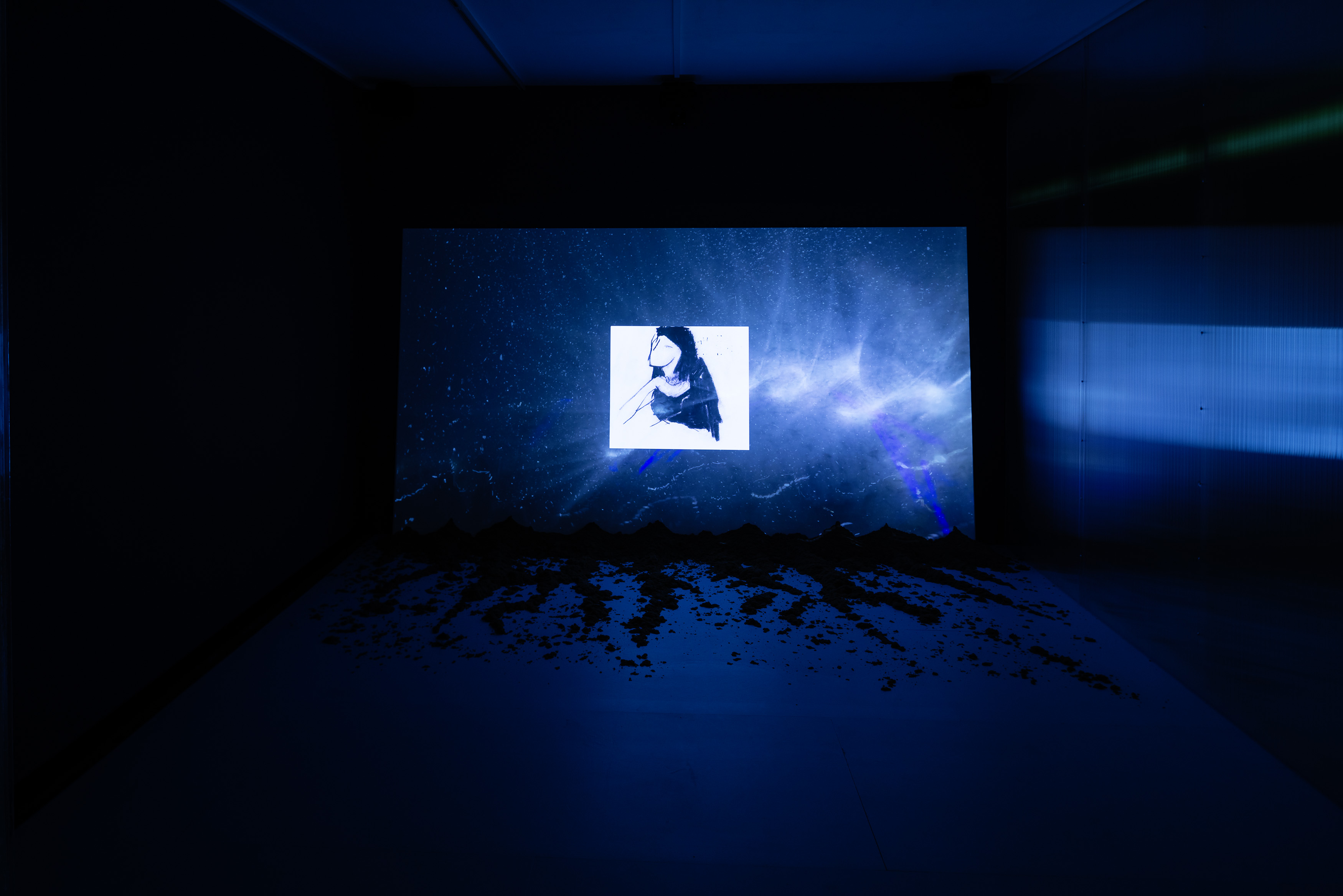
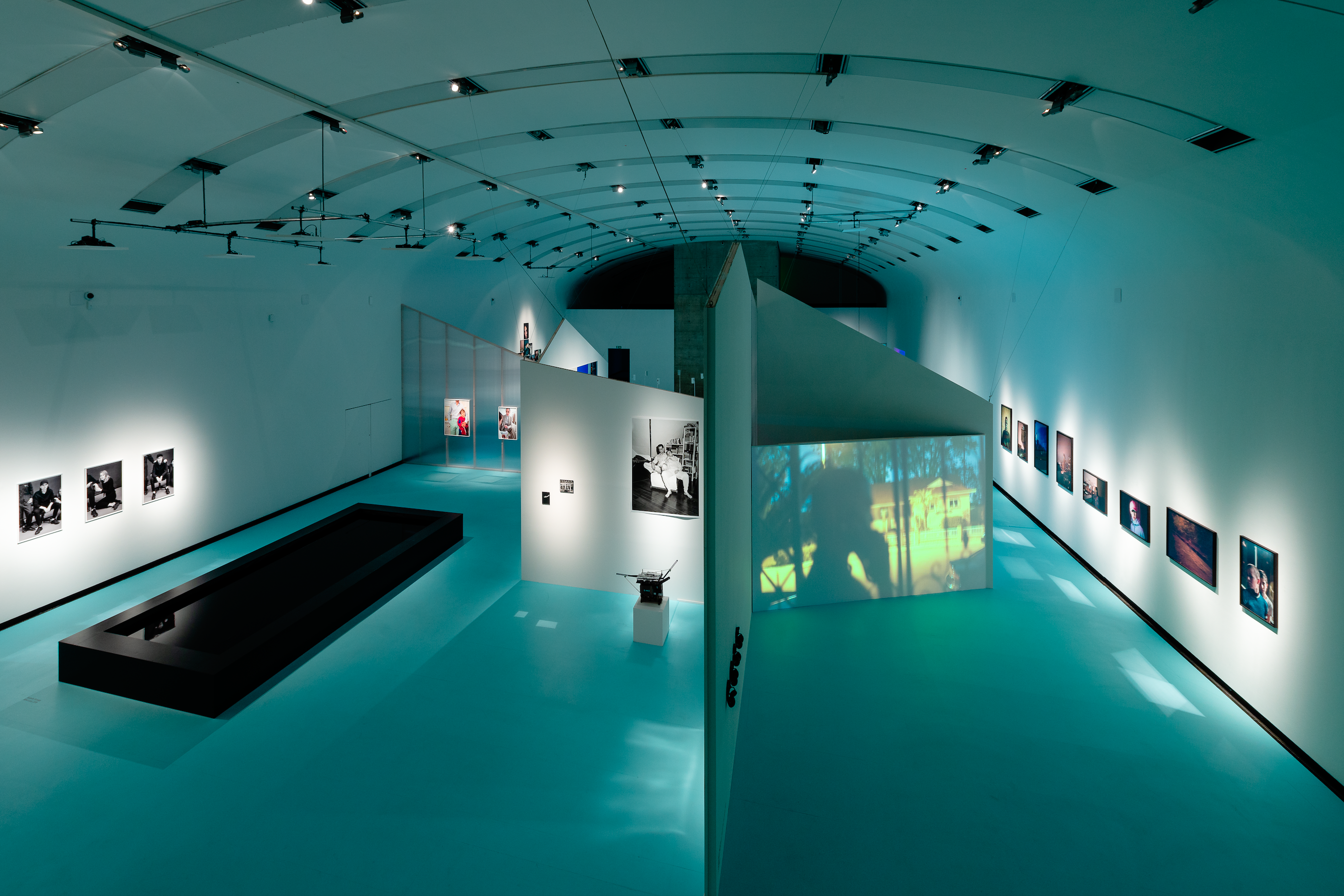
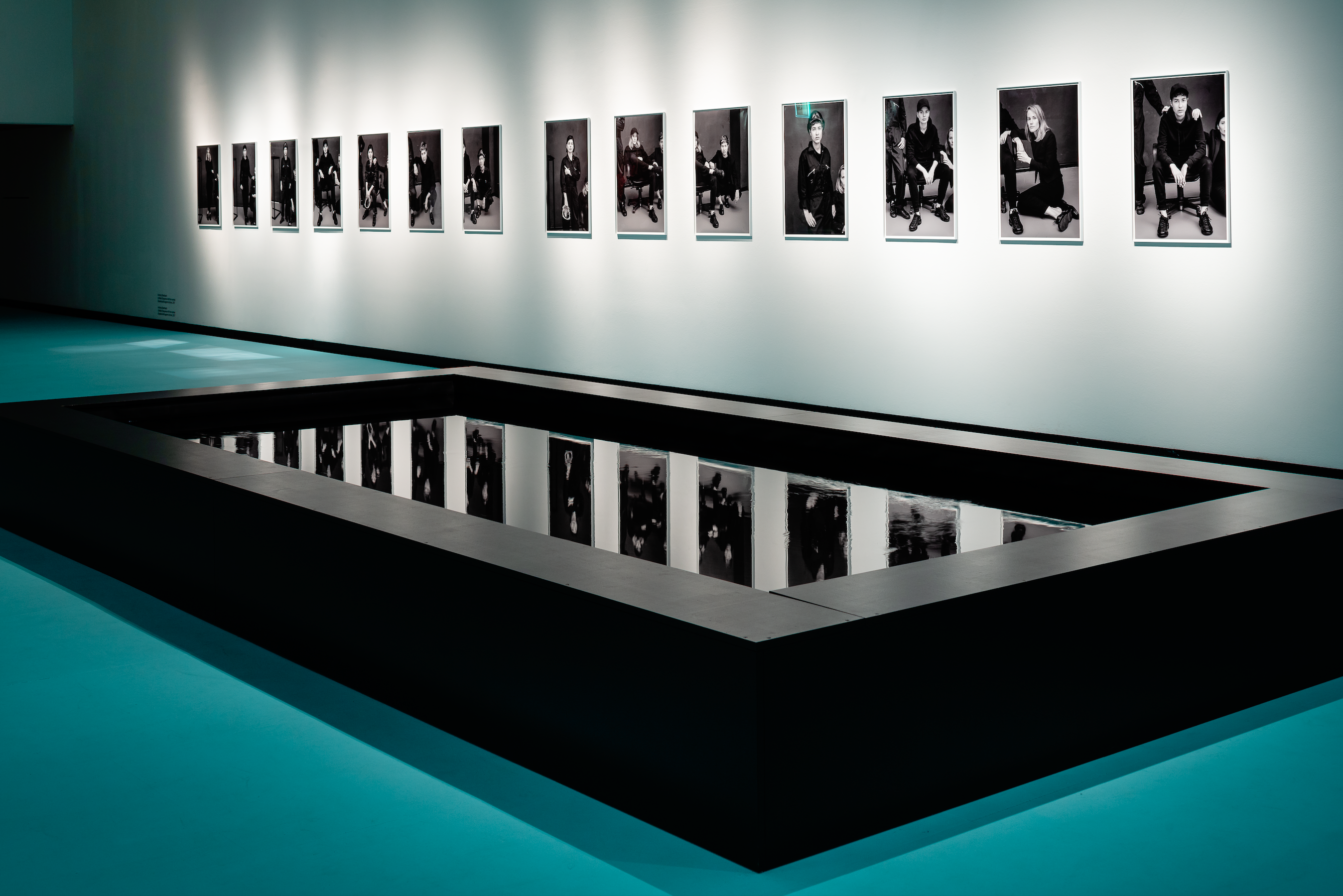
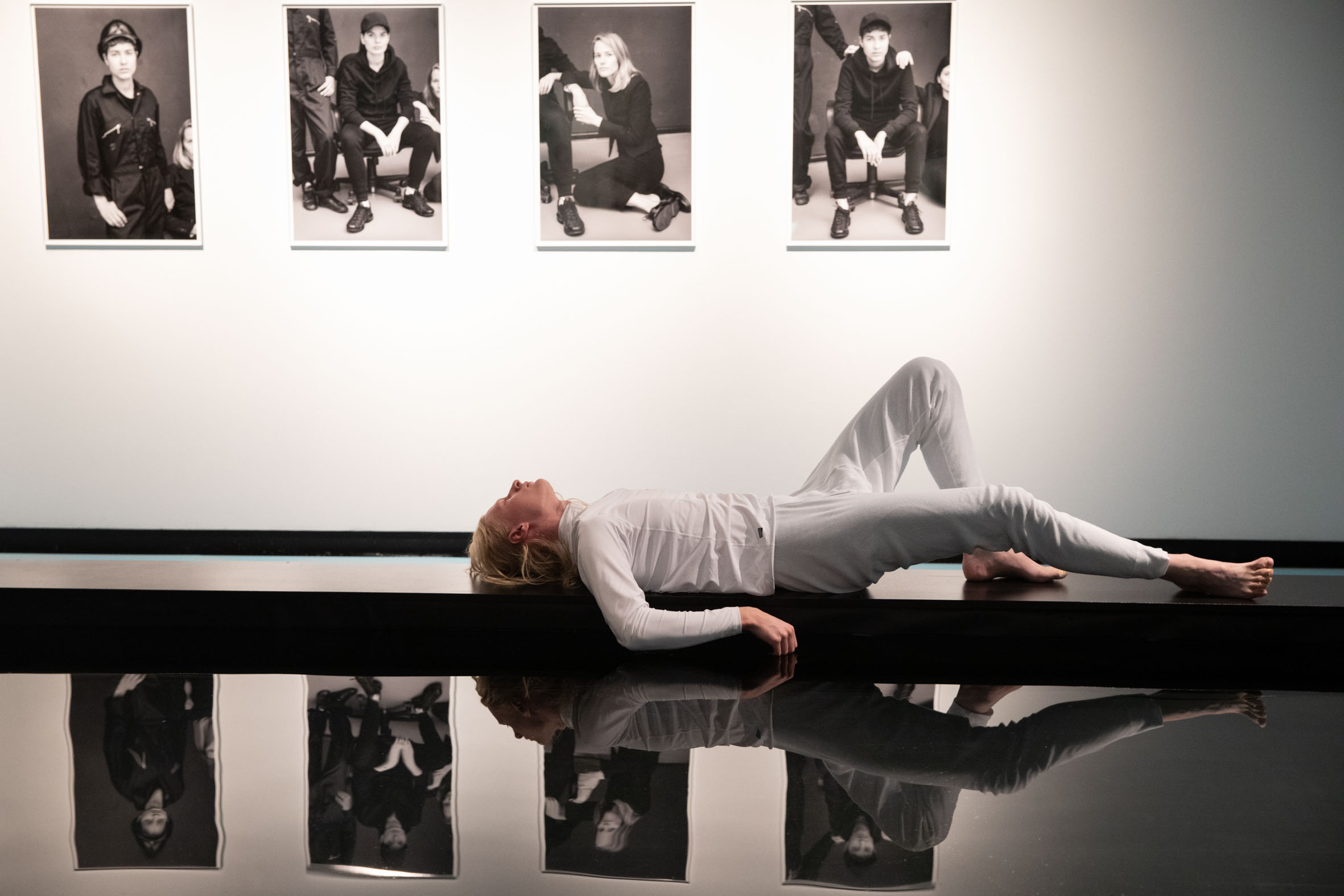

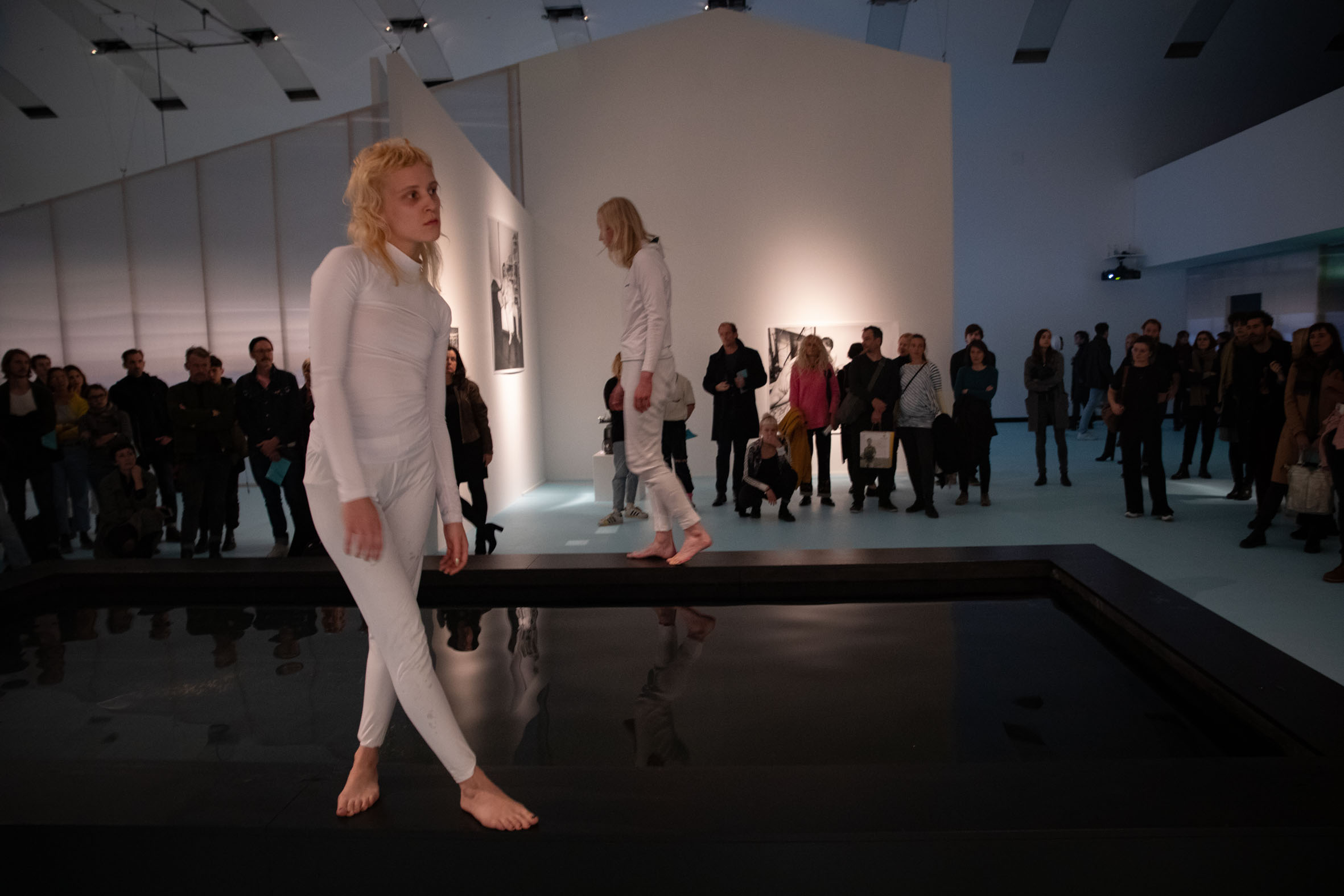
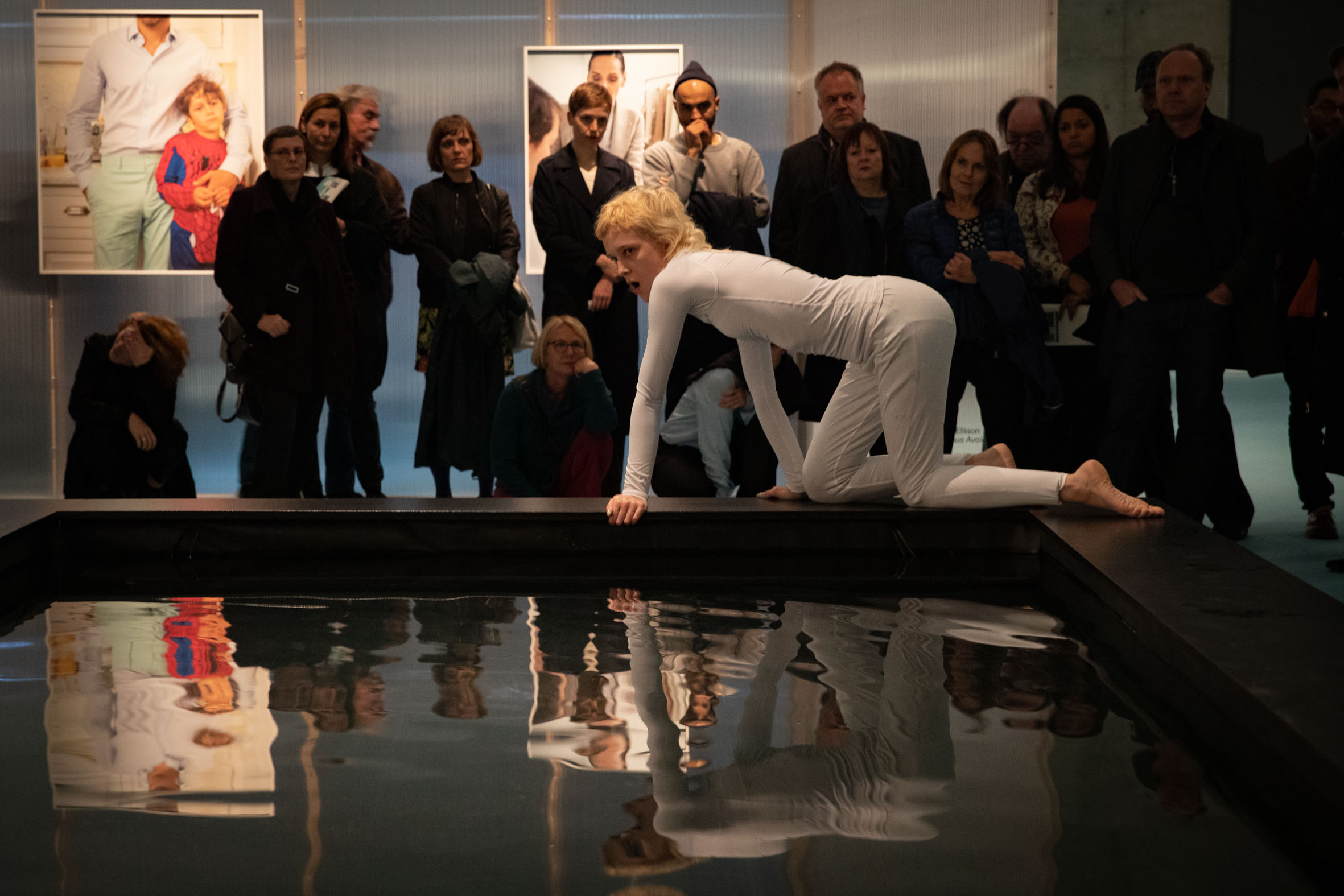
.jpg)
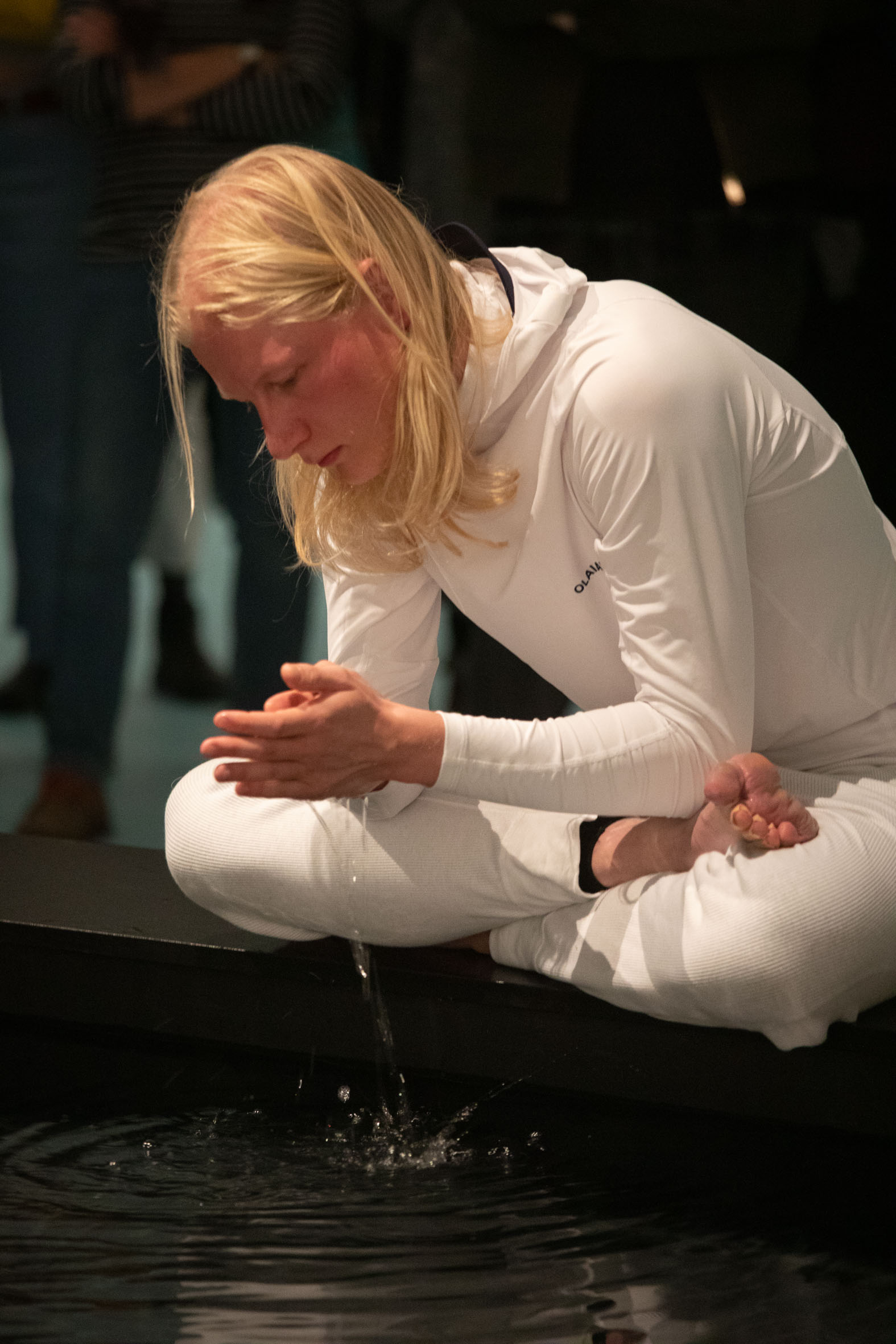
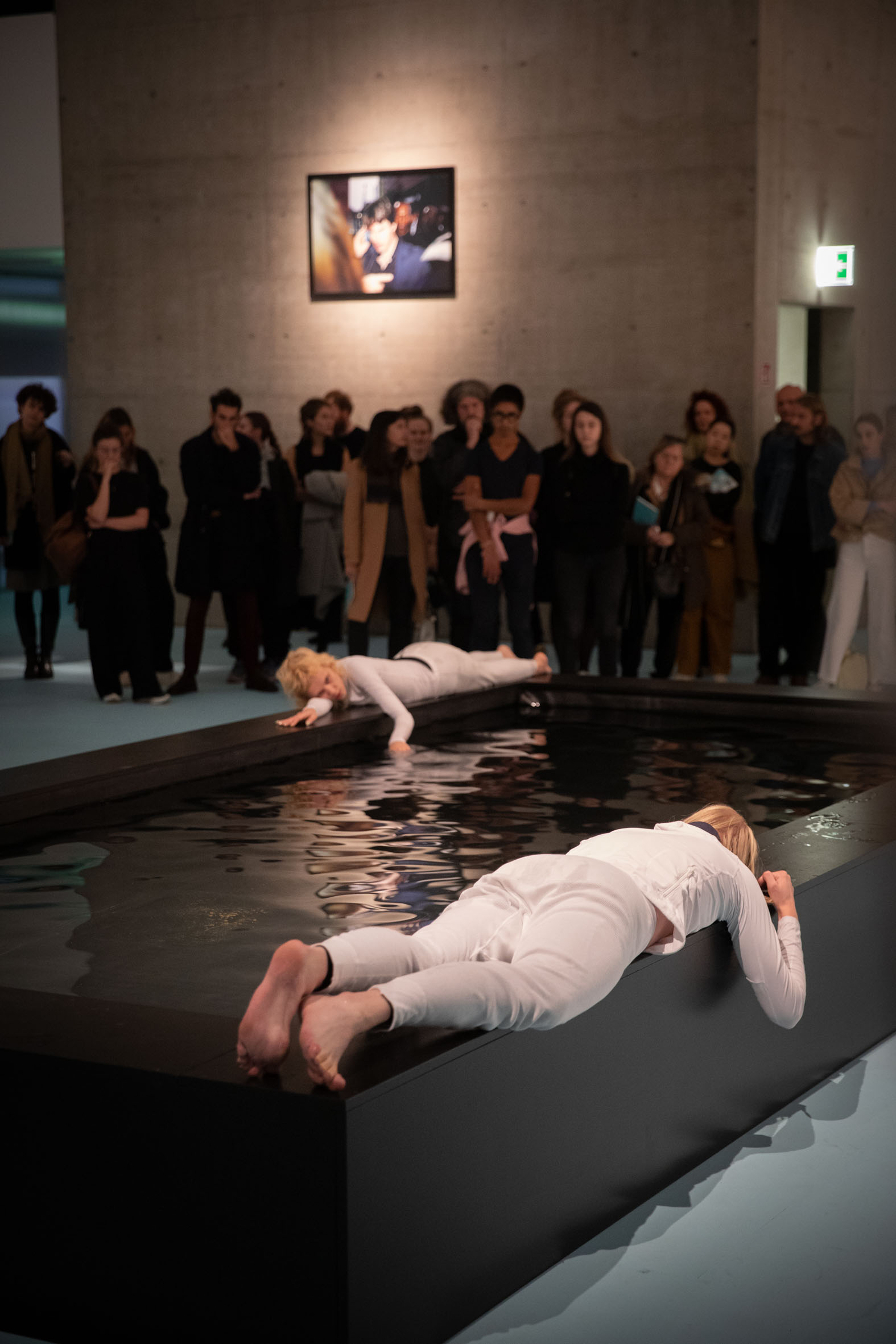
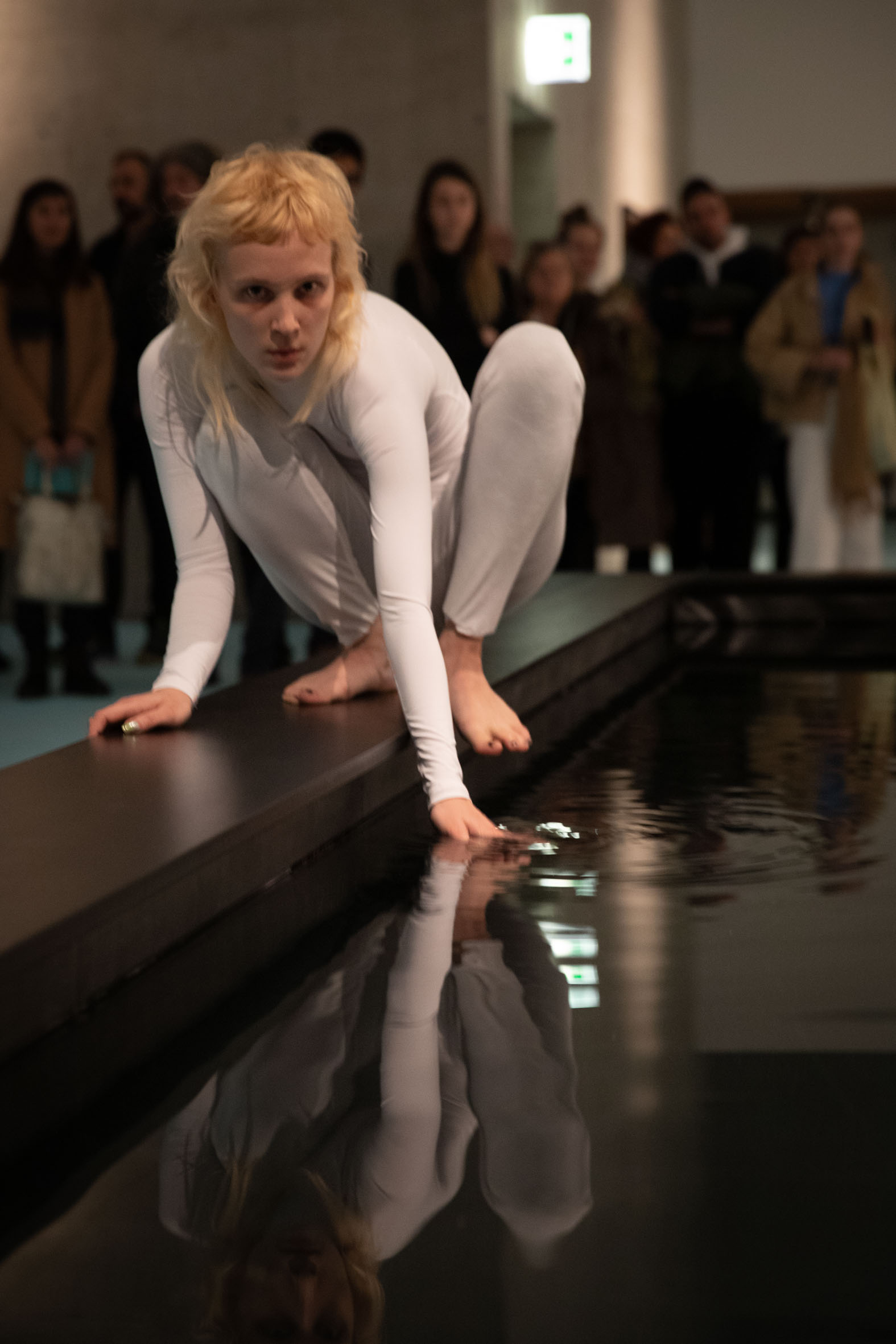
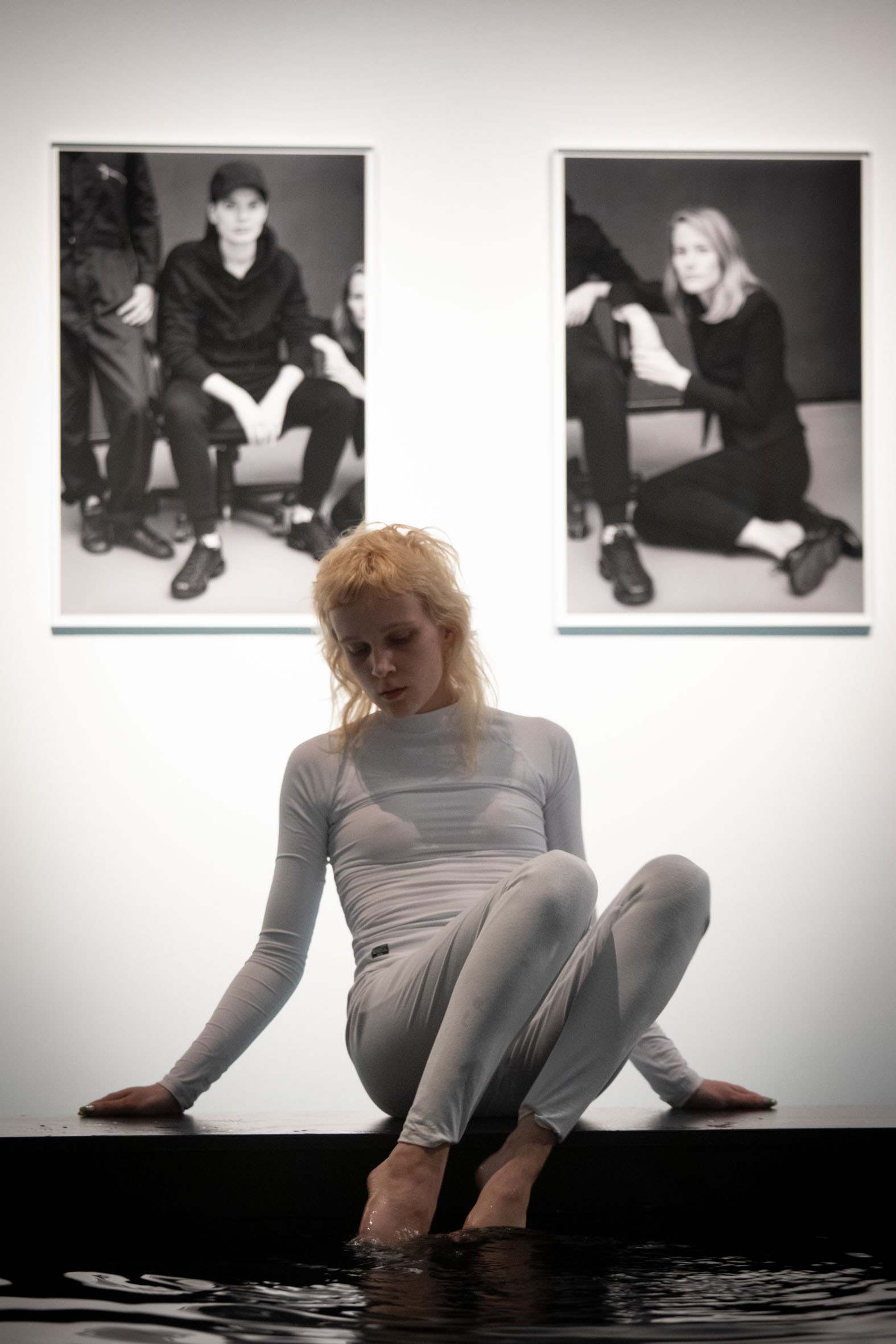
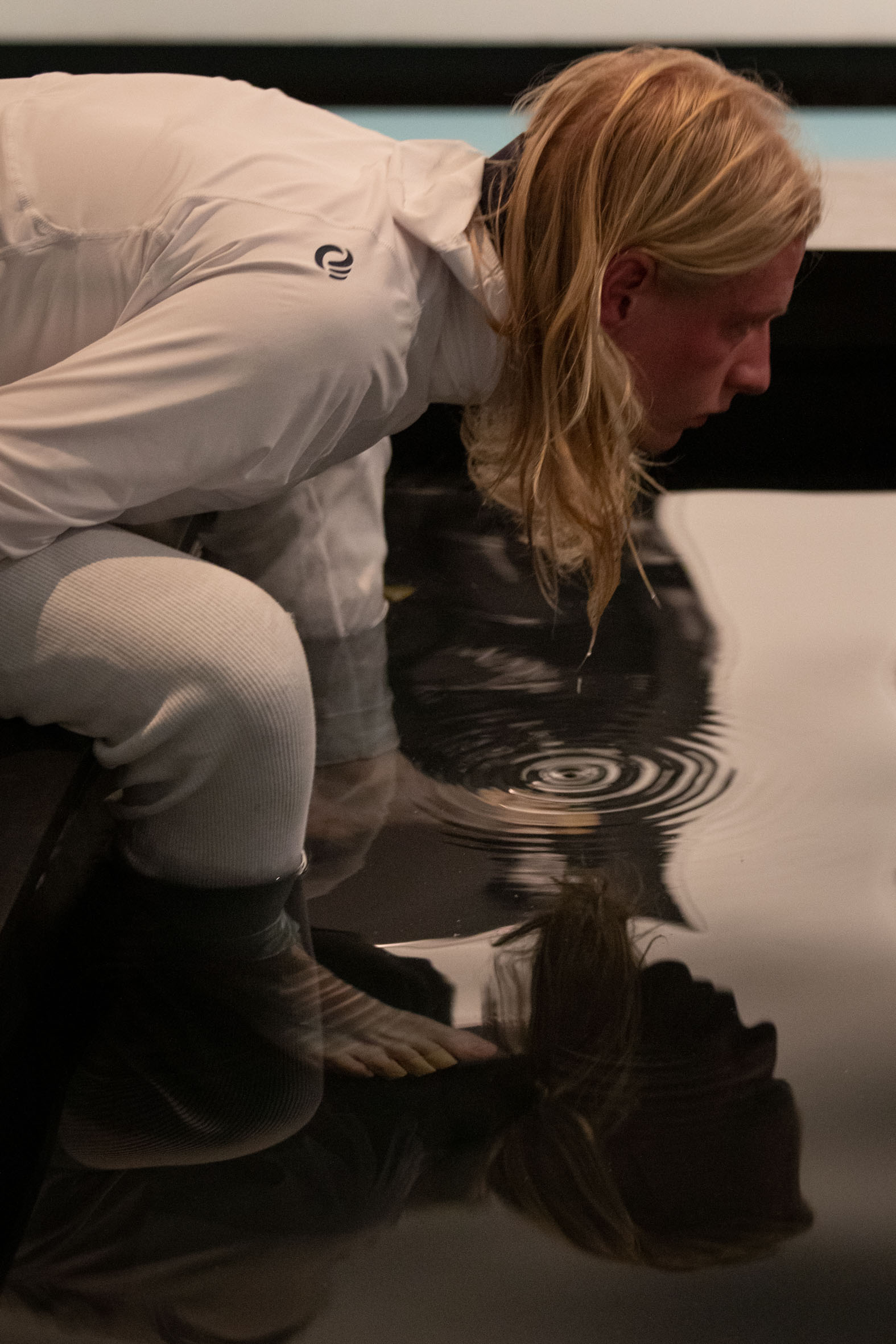
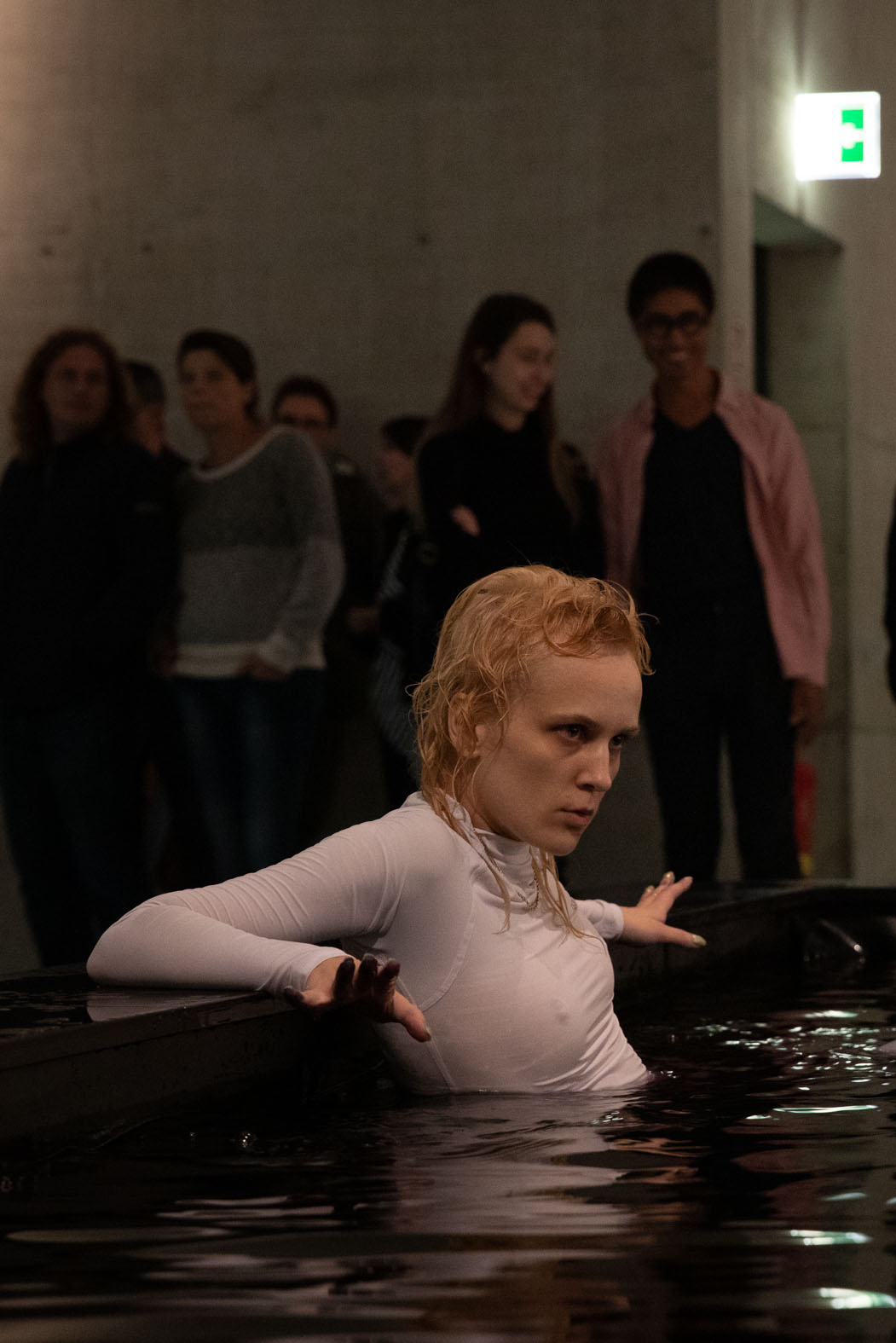

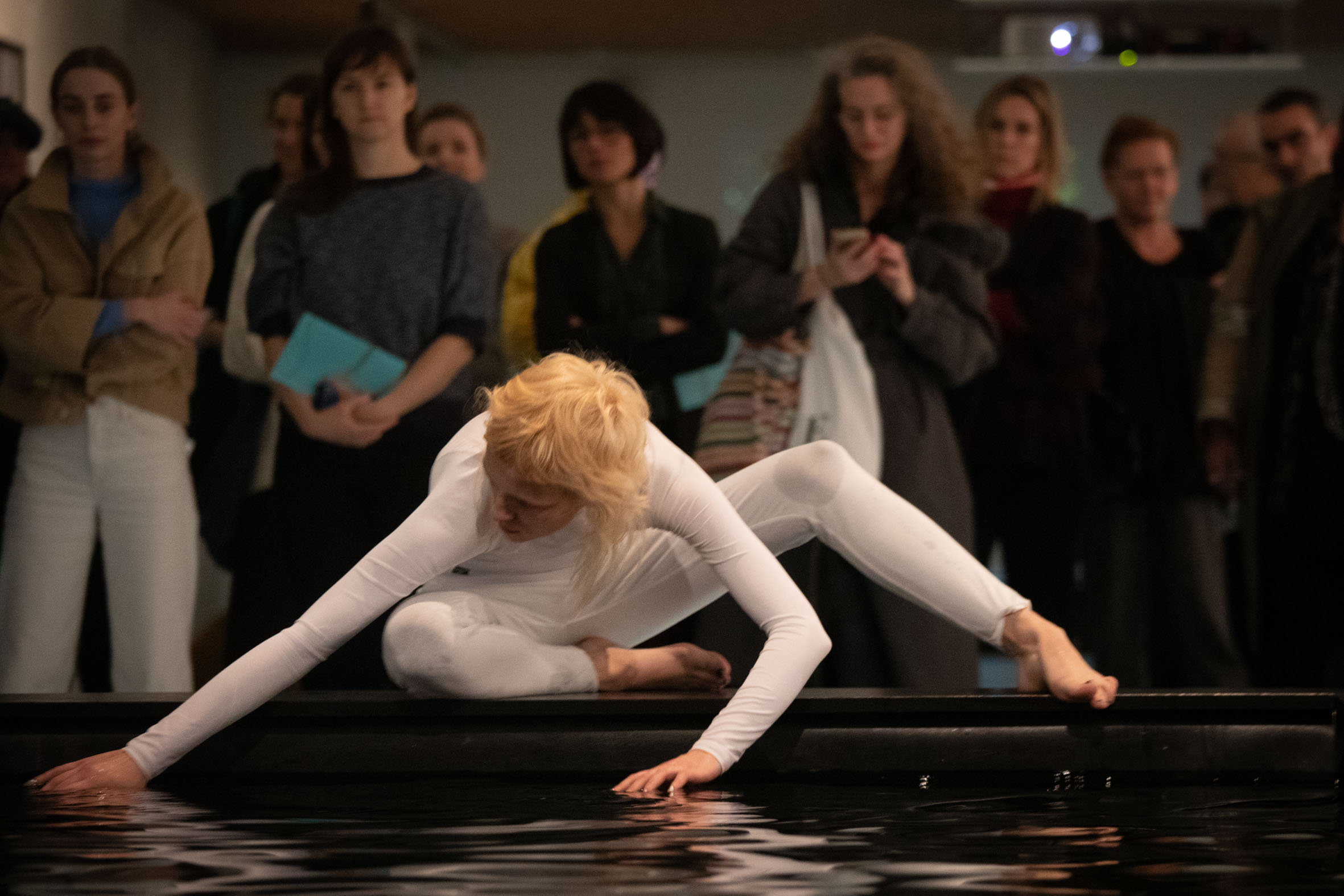

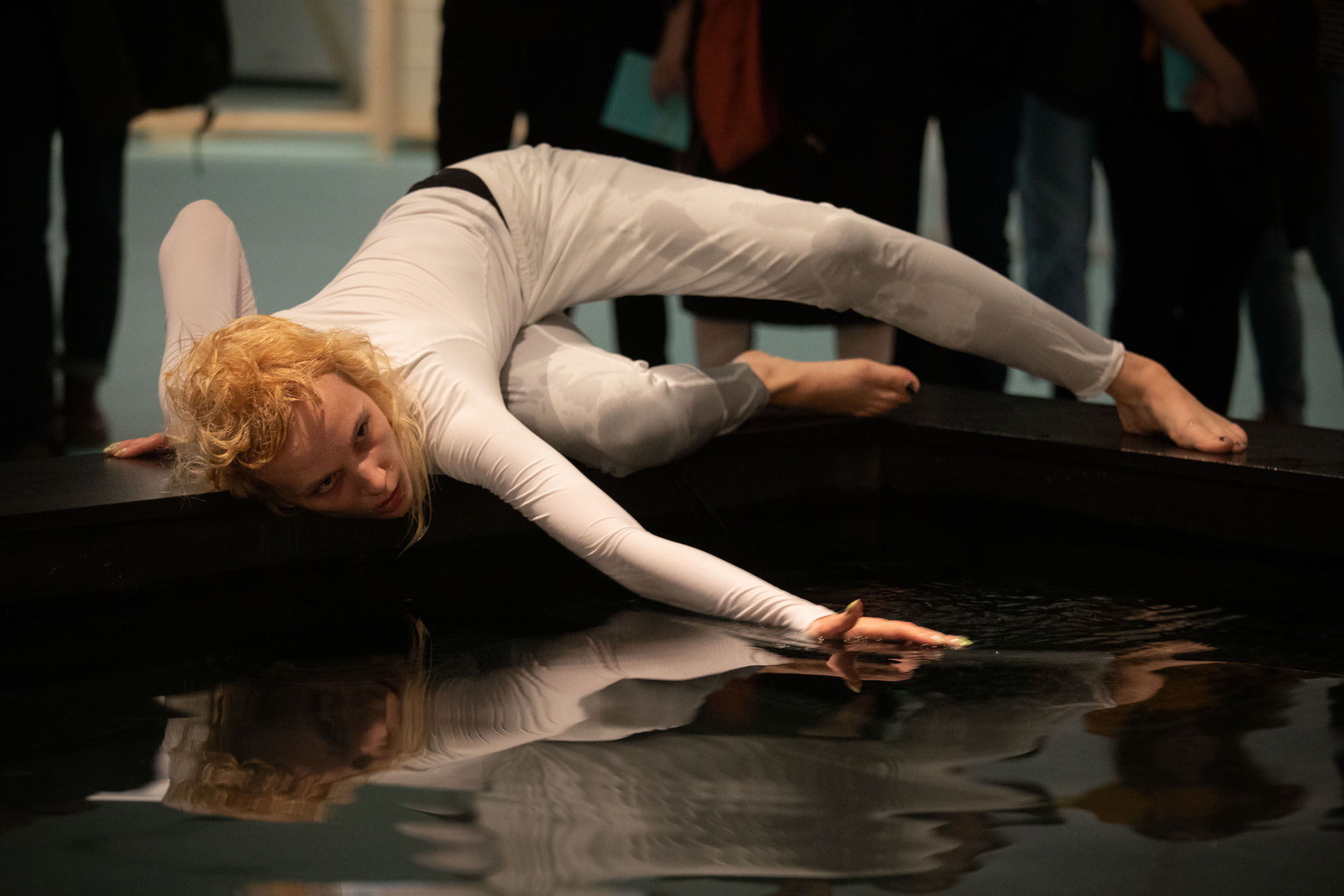
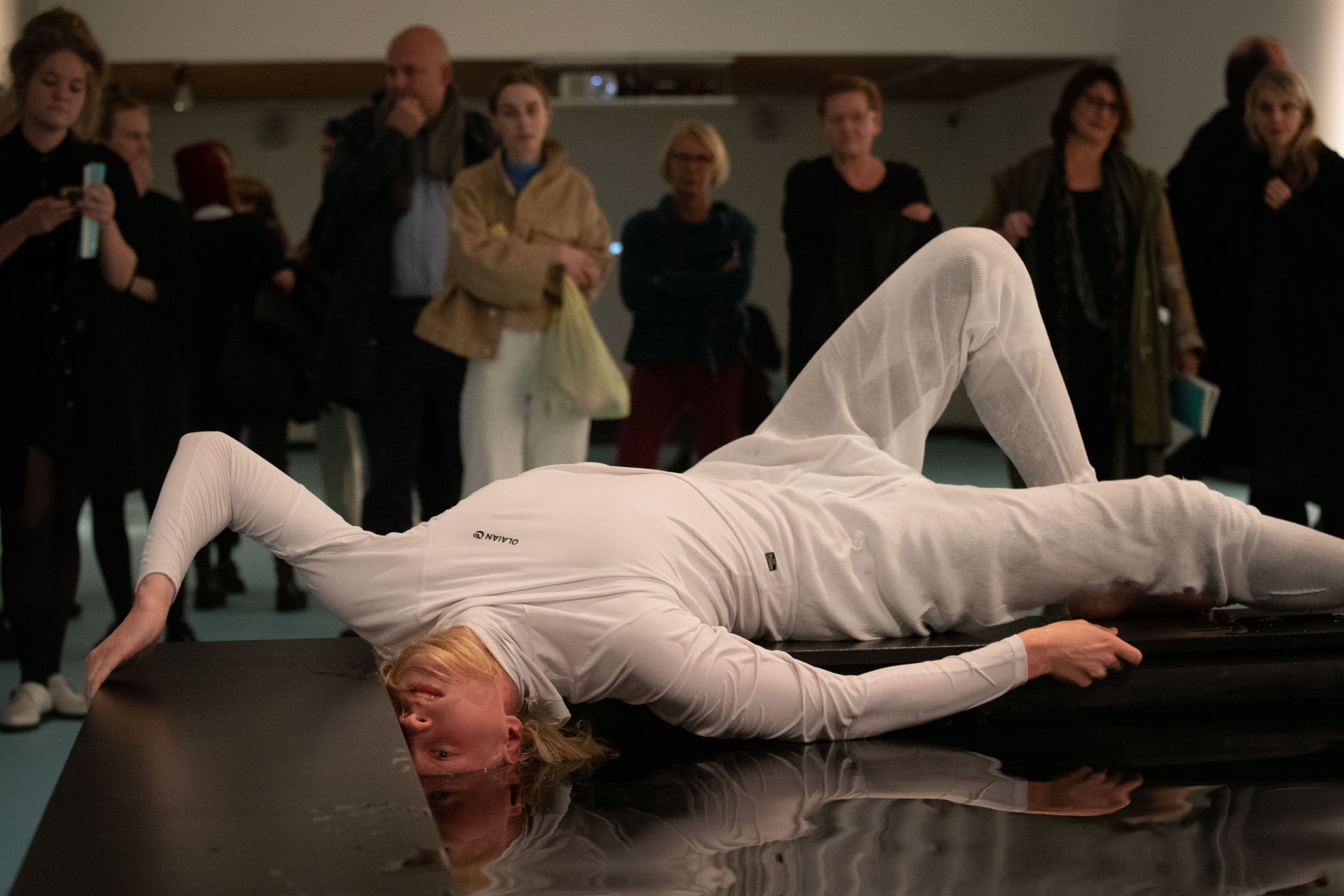


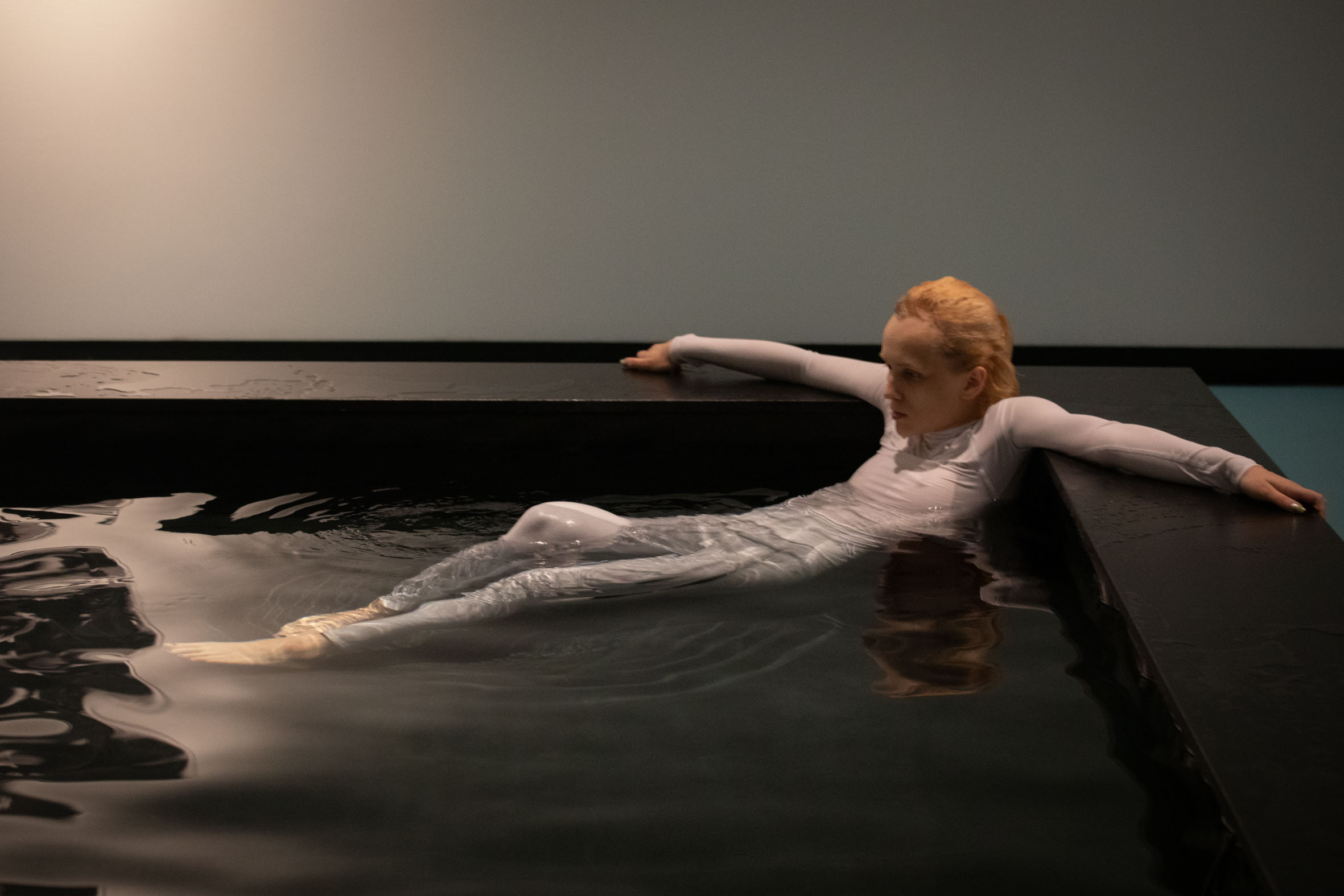
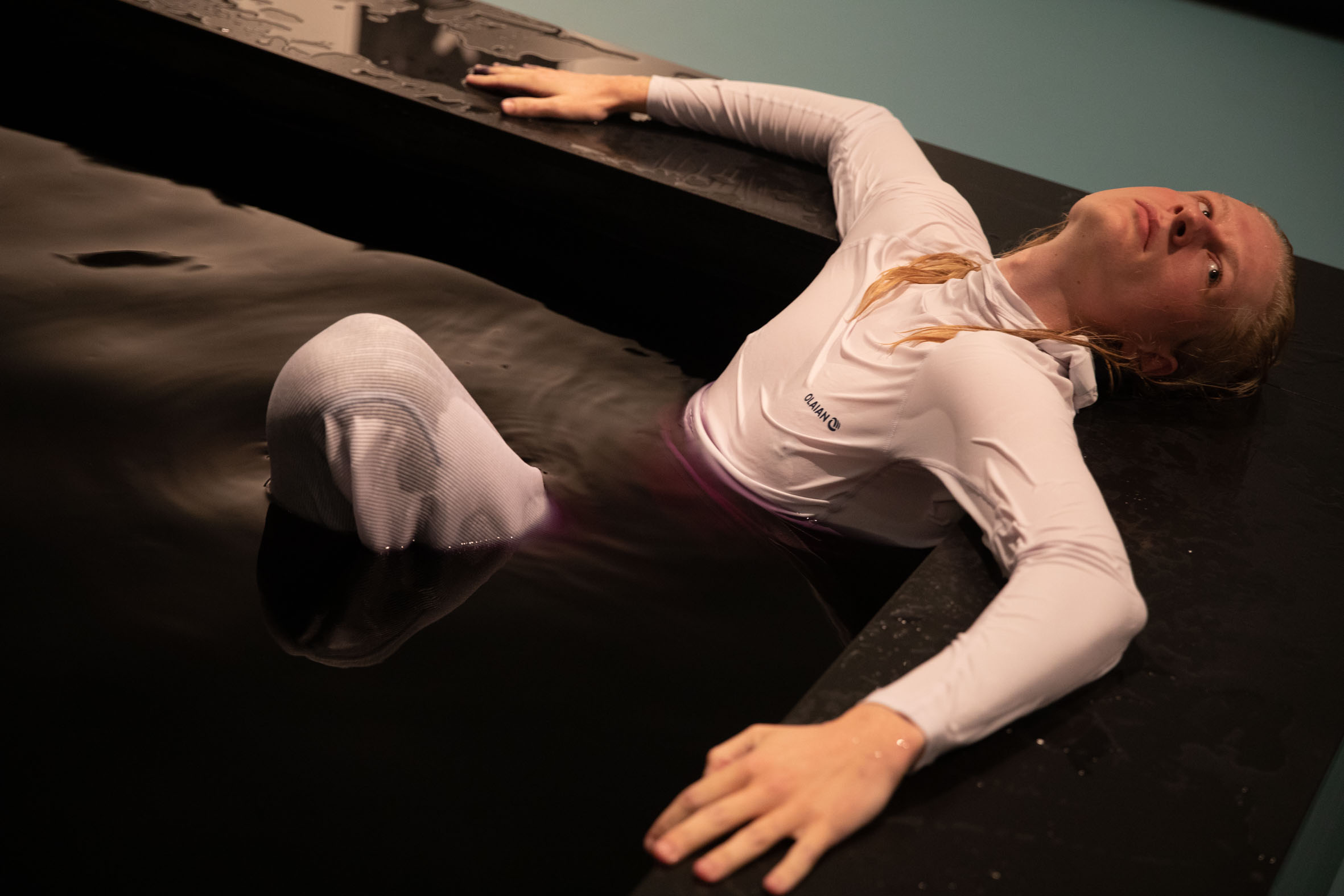
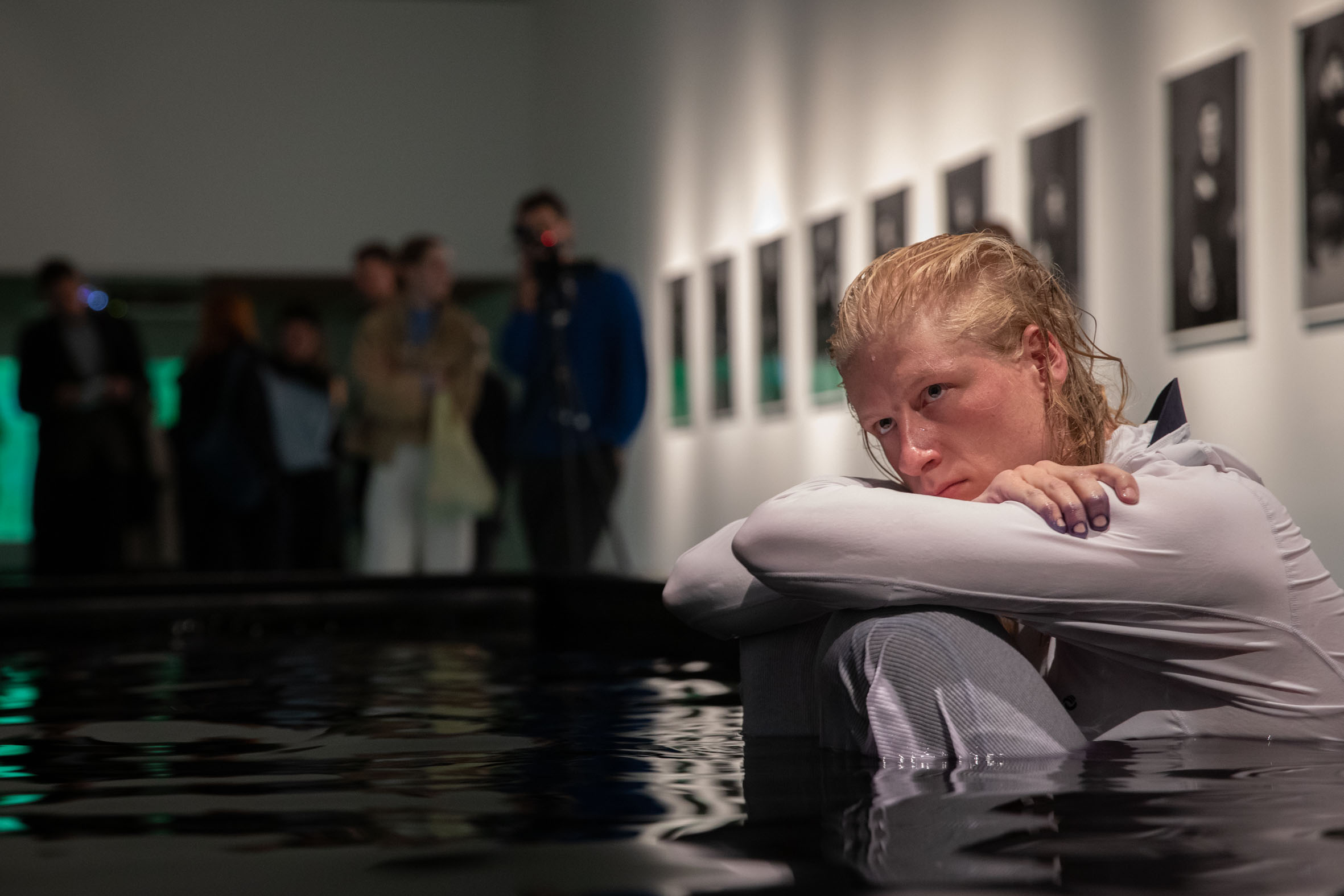
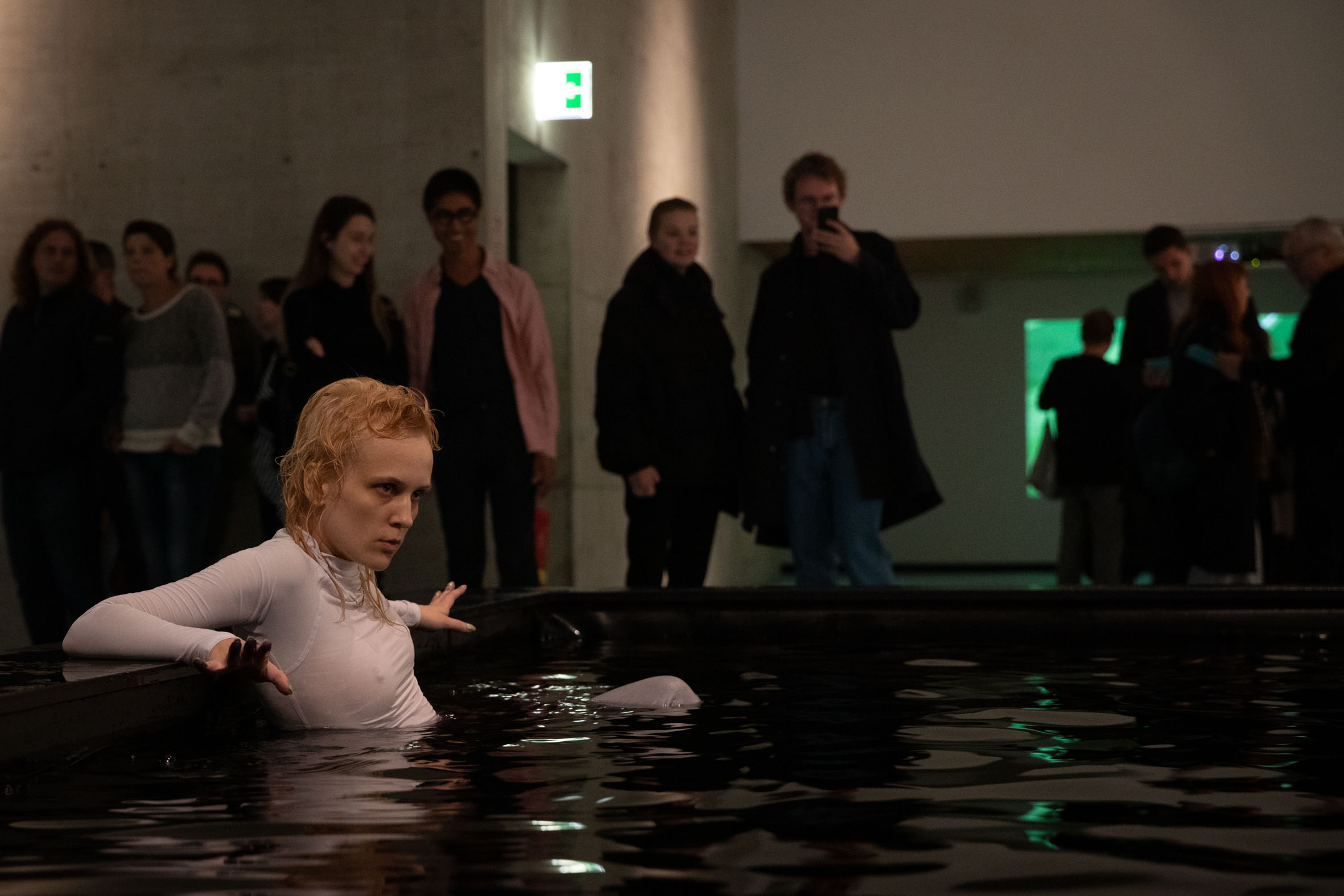
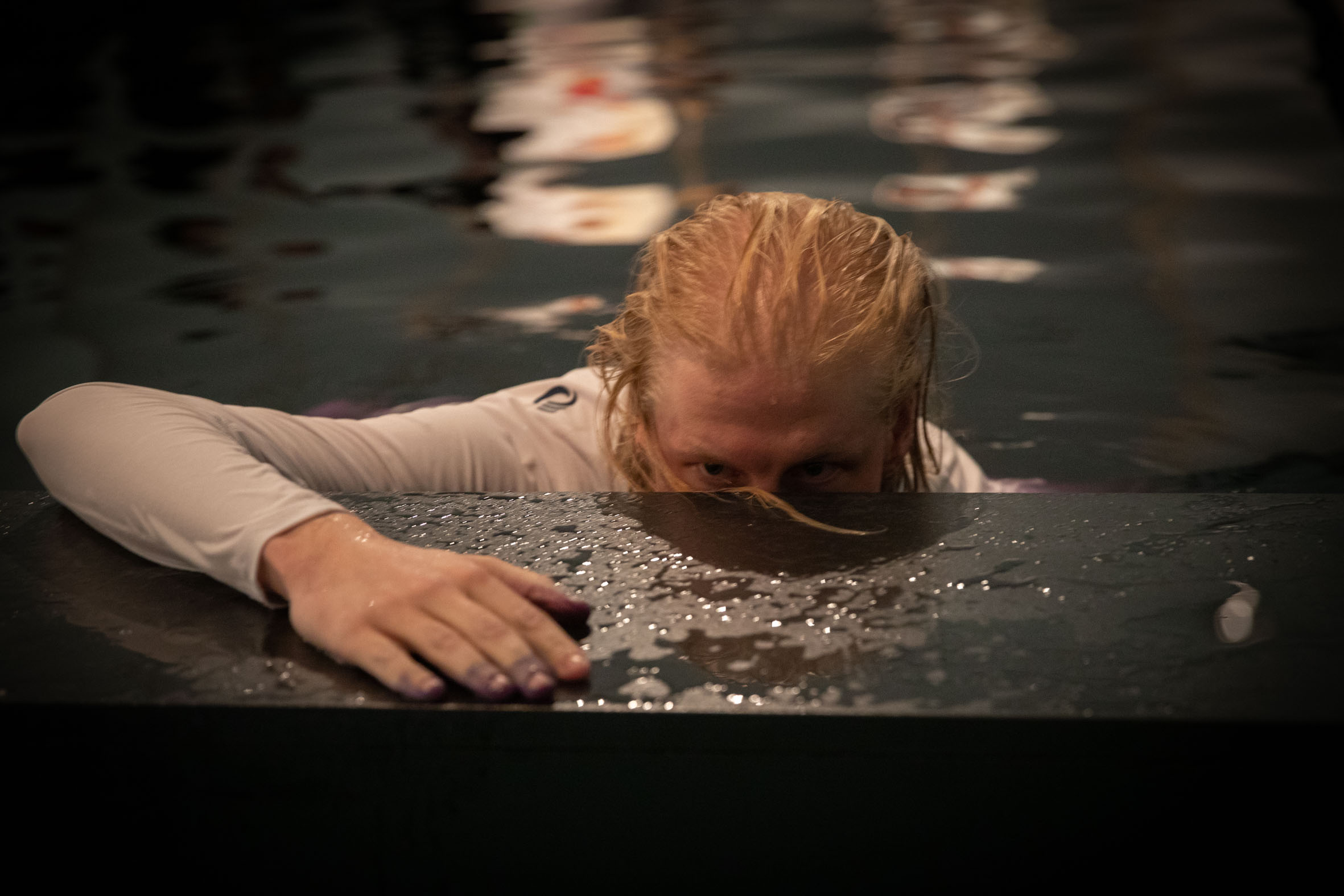

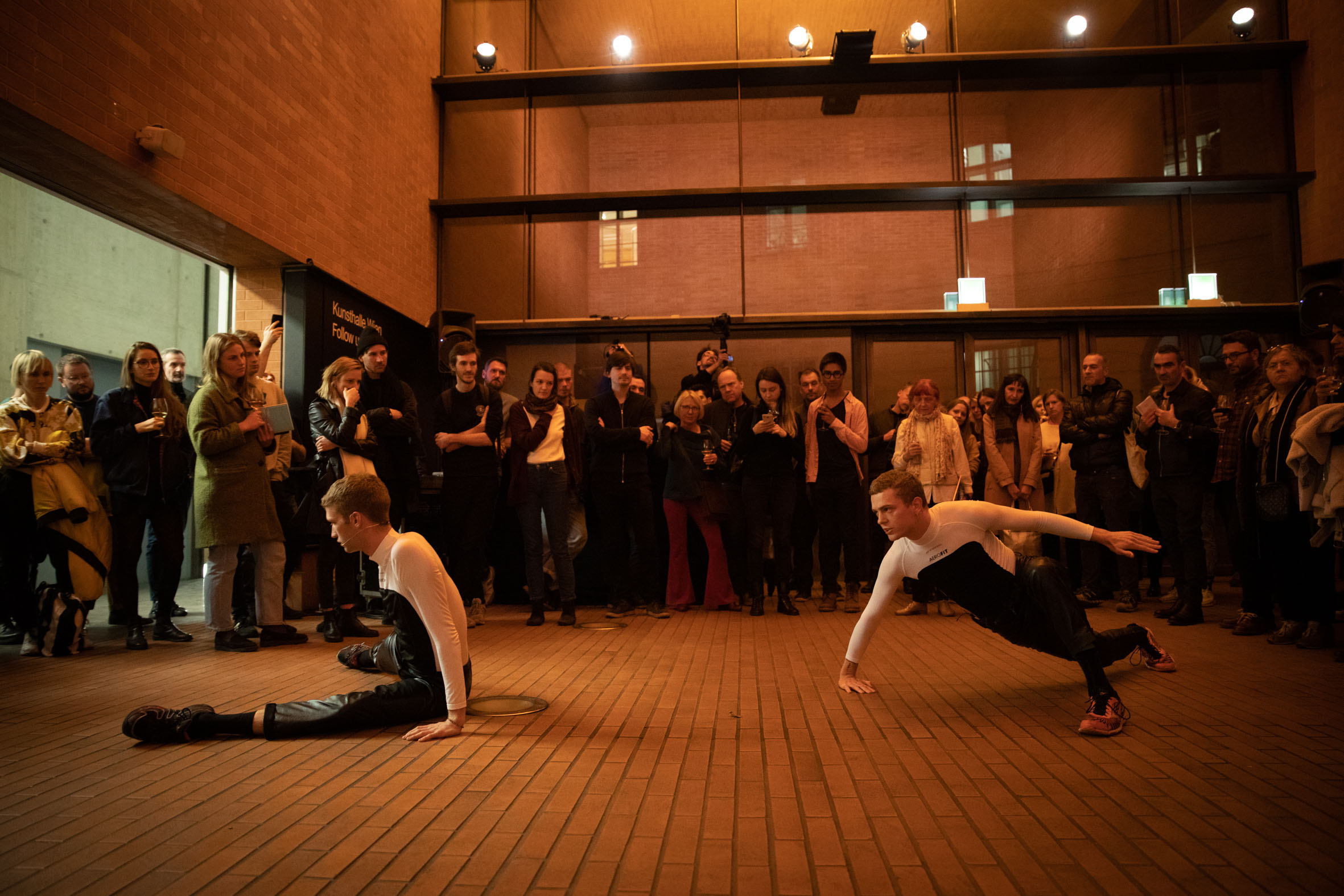
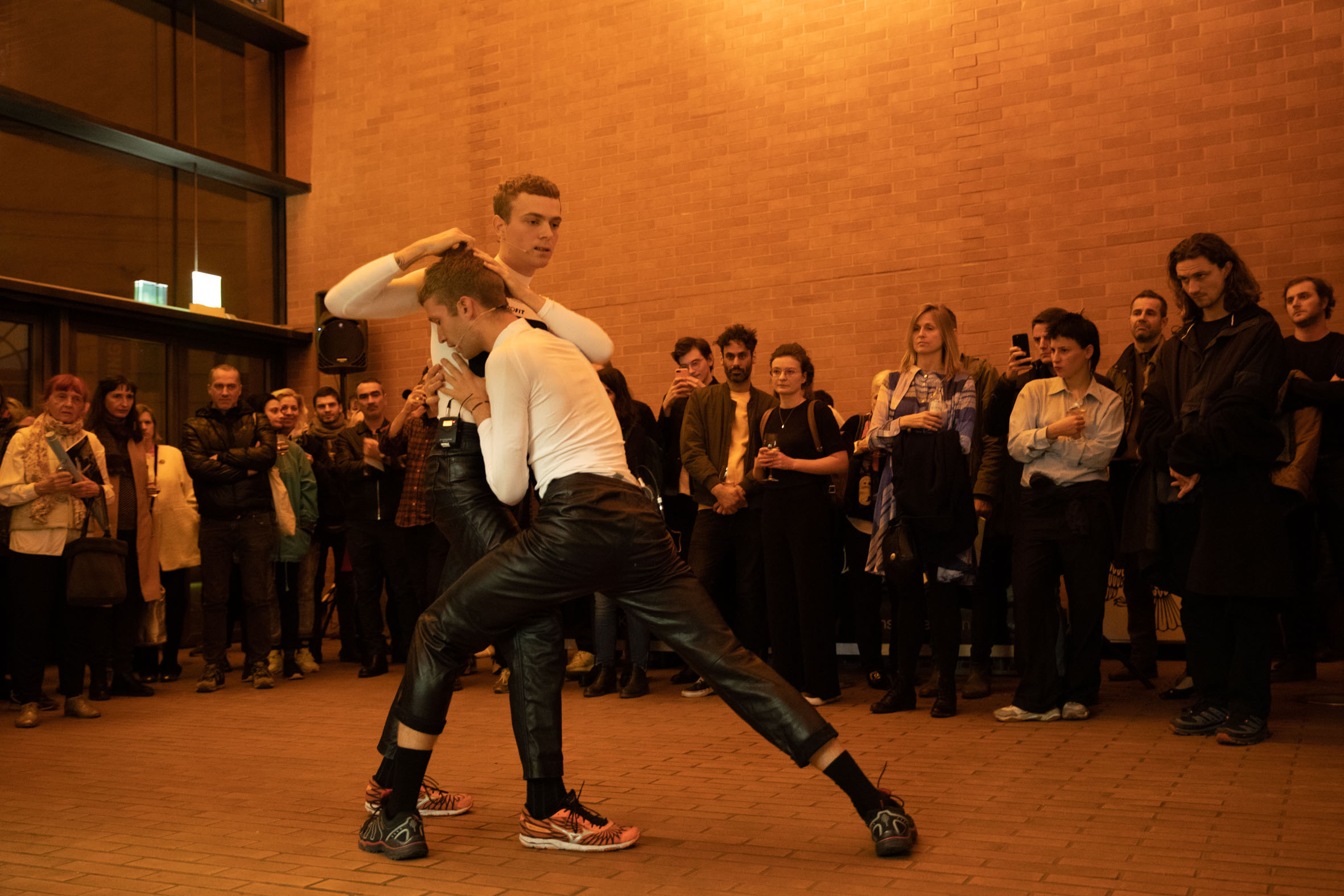
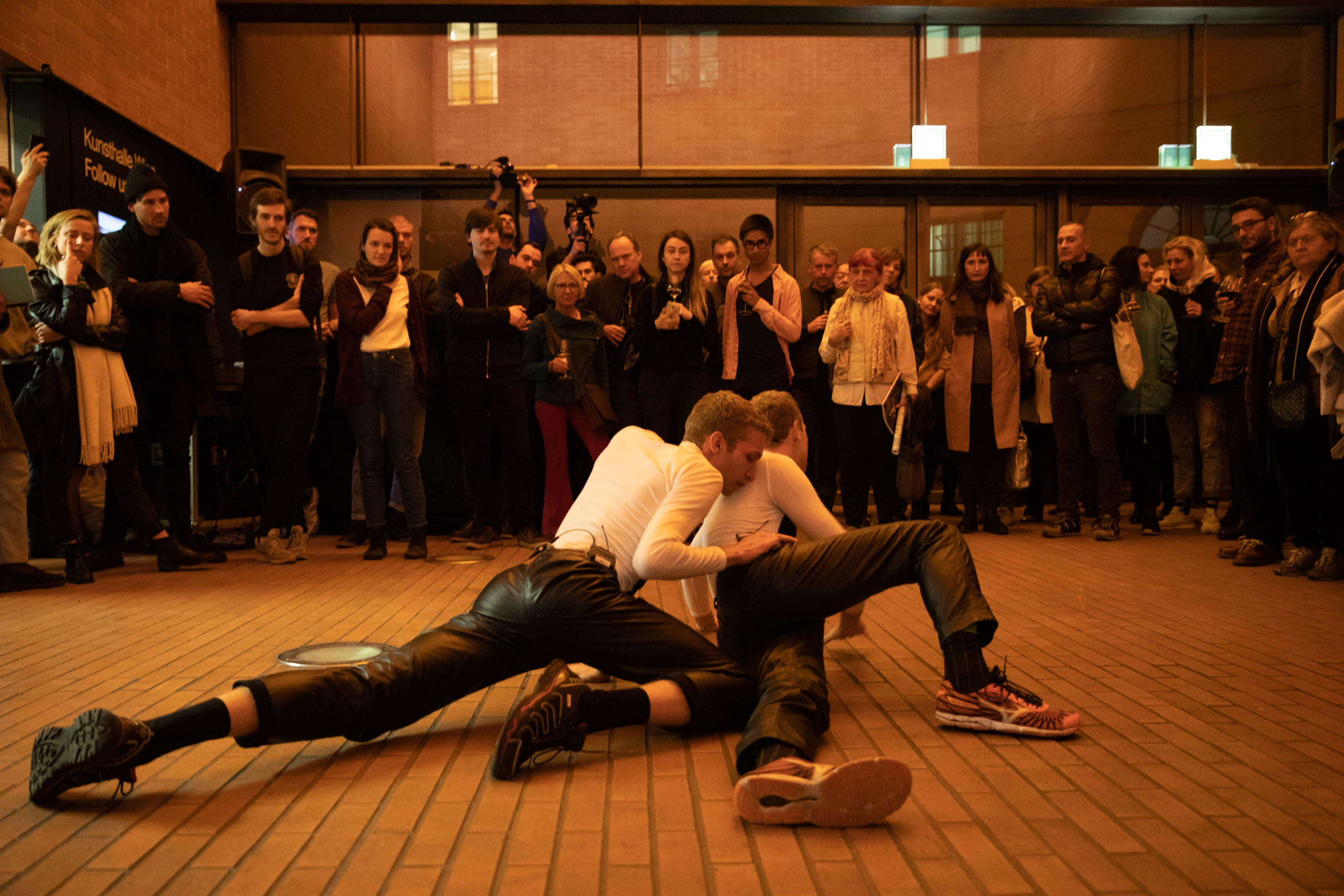
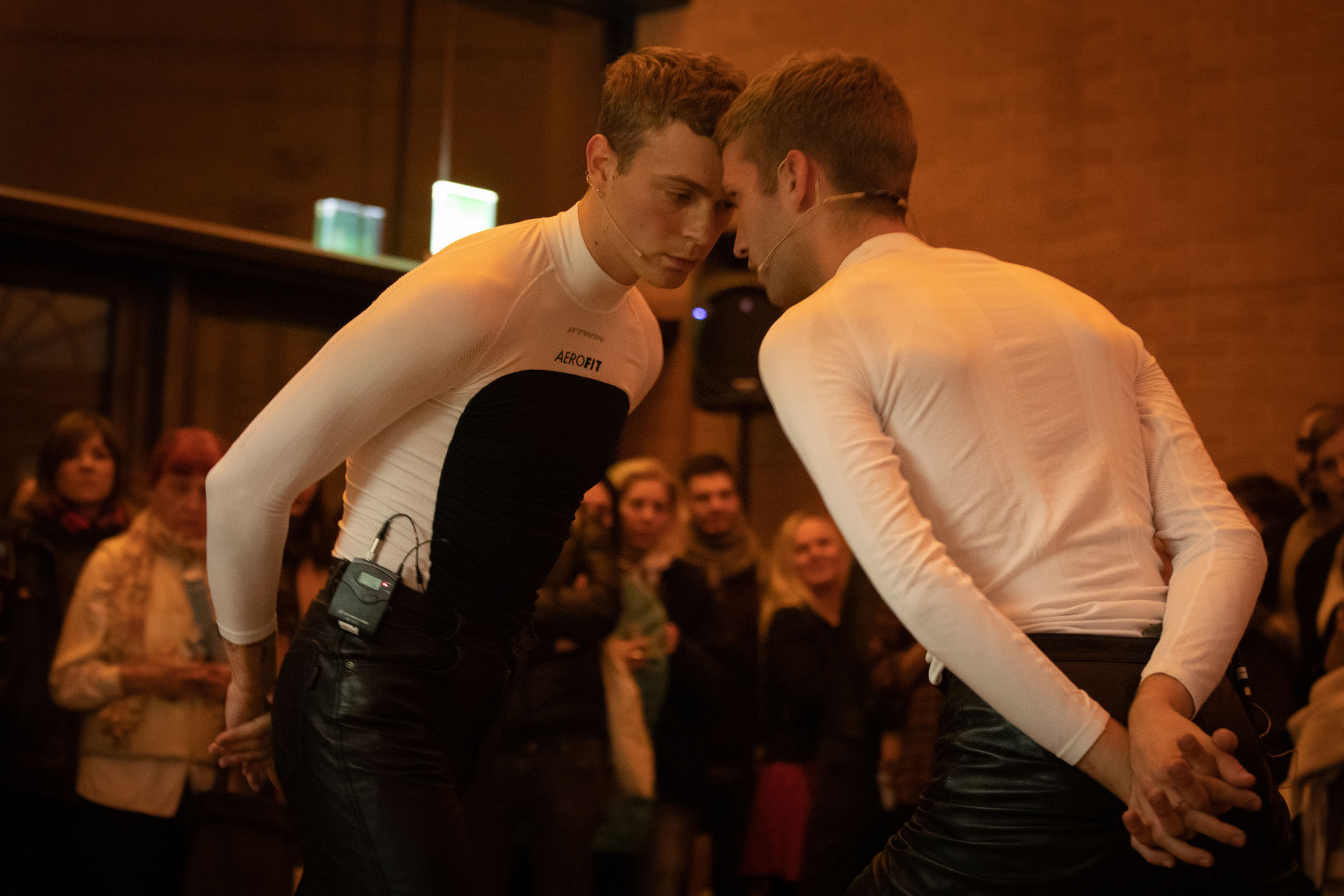
.jpg)
